AMERICAN BUILDERS QUARTERLY
 Securing the Manhattan ice cream route. Overseeing the building operations for the New York Mets. No opportunity is too big or too small for Peter Cassano. P10
Securing the Manhattan ice cream route. Overseeing the building operations for the New York Mets. No opportunity is too big or too small for Peter Cassano. P10



 Securing the Manhattan ice cream route. Overseeing the building operations for the New York Mets. No opportunity is too big or too small for Peter Cassano. P10
Securing the Manhattan ice cream route. Overseeing the building operations for the New York Mets. No opportunity is too big or too small for Peter Cassano. P10


Six directors on how they lead and succeed in the sports arena
Peter Cassano, P10

Andre Seoldo & Bill Frigge, P18
Dan McNally, P24
Brett Stillwell, P28
Ross Bailey, P36
Acadia Realty’s Joel Braun has a passion for real estate that stems from the excitement of an everchanging industry. P120
Dorothy Leland has taken UC Merced to new heights, ensuring its legacy will continue after her retirement. P110
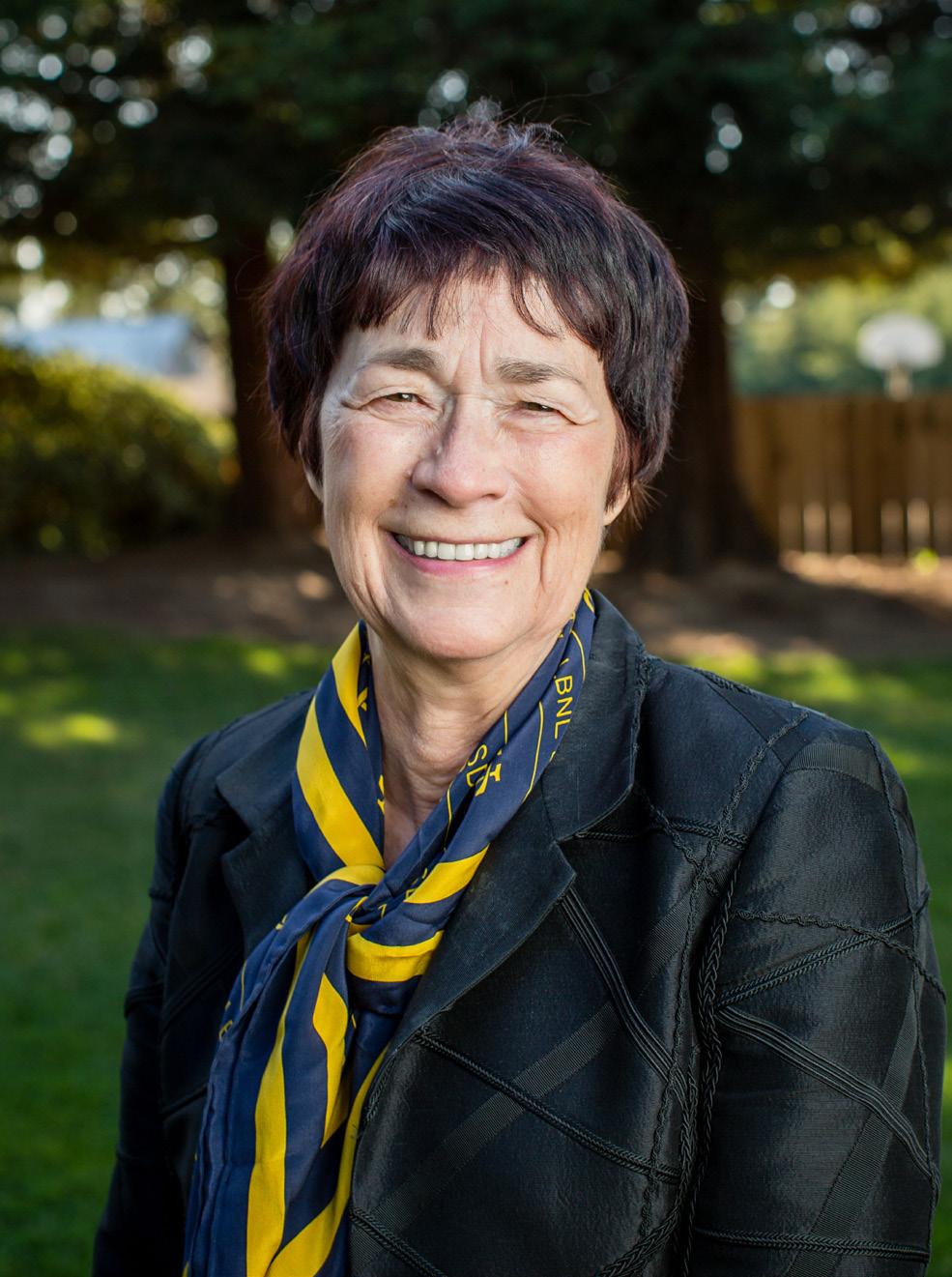
Wal- Green
Amanda Quinton oversees Walgreens’ facilties as it embraces sustainability and prepares for a new office in downtown Chicago. P56

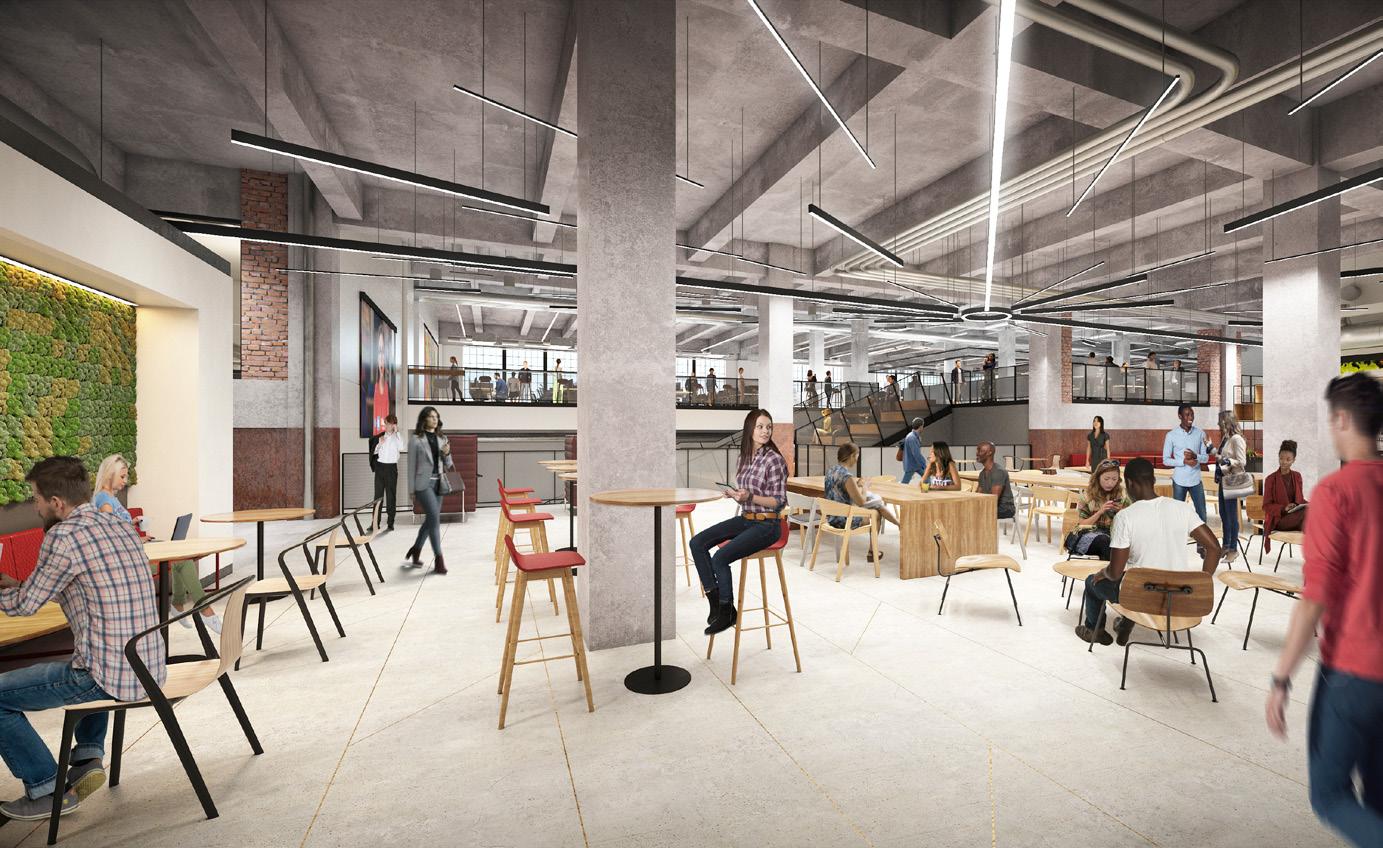
Tristam Coffin identifies the myriad opportunities to reduce climate impact at Whole Foods Market.


P82
Daniel Batty speaks to the heart of Dutch Bros Coffee’s culture. P98
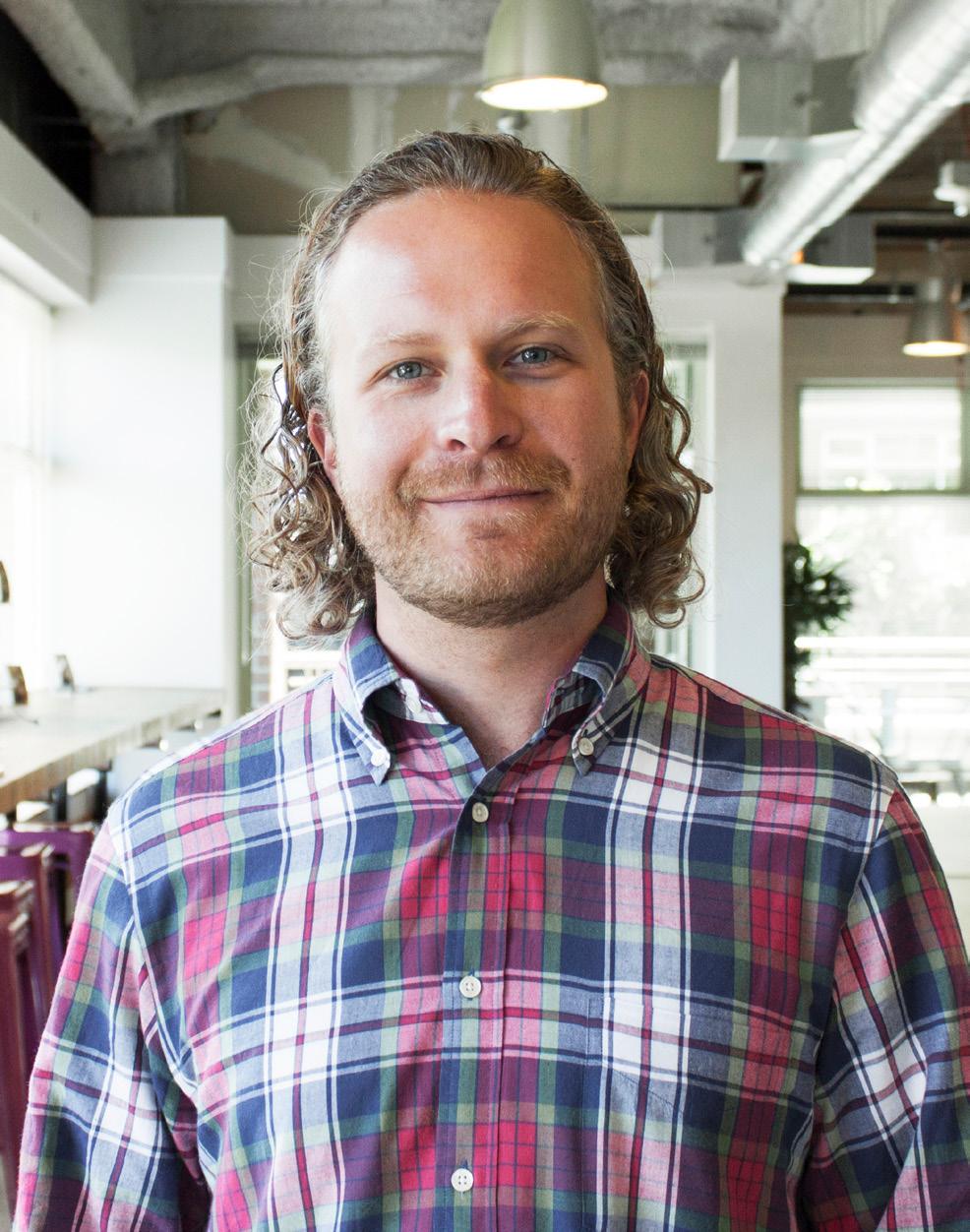

Let me preface this particular issue of American Builders Quarterly, our sports edition, by admitting I know very little about sports.
It’s ironic because the story of my very existence begins with a risky game of indoor rugby. In the 1980s, my parents got together after a house party in which my father broke his leg by lunging at the ball and colliding with a television screen. My mother, perhaps moved by his dedication, offered to give him a hand while he was on crutches, and they wound up marrying a few years later. You’d think that this unconventional meet-cute might have instilled an affinity for sports in my very DNA, yet all I seemed to inherit was my father’s clumsiness rather than any sort of athletic prowess.

Sports, as I’ve come to learn, aren’t just about rules and regulations, wins, or workouts. There are playbooks and passes that occur both on the field and behind the scenes, strategies for satisfying both players and fans. This issue takes you beyond the box score and into the development of the stadiums that make game days possible. We’re featuring six executives who infuse the grounds with their own team spirit and develop facilities for players to thrive. Brett Stillwell, a longtime fan of the University of Illinois, became the university’s senior associate athletic director as though it was his destiny (p28). A few hundred miles east of Champaign, athletic directors Andre Seoldo and Bill Frigge inspire the University of Cincinnati’s team members with their own methods of passing the ball whenever needed (p18).
Others have more unconventional journeys. Ross Bailey of Texas Christian University was pulled off the bench and into leadership by surprise (p36), and Dan McNally’s start at FC Cincinnati happened in a café rather than a soccer field (p24). Then there is our cover star Peter Cassano, whose path to the New York Mets included ice cream cones and copper pipes along the way (p10).
Despite my lack of expertise in the field of athletics, I’ve noticed that there are a few recurring themes throughout this issue that can be applied anywhere: Be open to any and every challenge. Lead where you can but stay humble. And be proud of where you’ve come from.
There may not be roars from a crowd as I finish writing the perfect headline— and no scoreboard is going to light up indicating how many articles I’ve edited in a single day—but I can still play “Sweet Caroline” on my headphones and cheer on my coworkers, and myself, as we take yet another round of successful issues to press.
So find your seat, turn the page, and let the games begin.
Melaina K. de la Cruz Managing Editor
Some journeys come out of left field. Six executives take us into their stadiums to talk sports and what it means to build success from the ground up.
With a career that moved from frozen treats to stadium seats, Peter Cassano shares the attitude that has been indispensable to his success
BY BILLY YOST PHOTOS BY GILLIAN FRY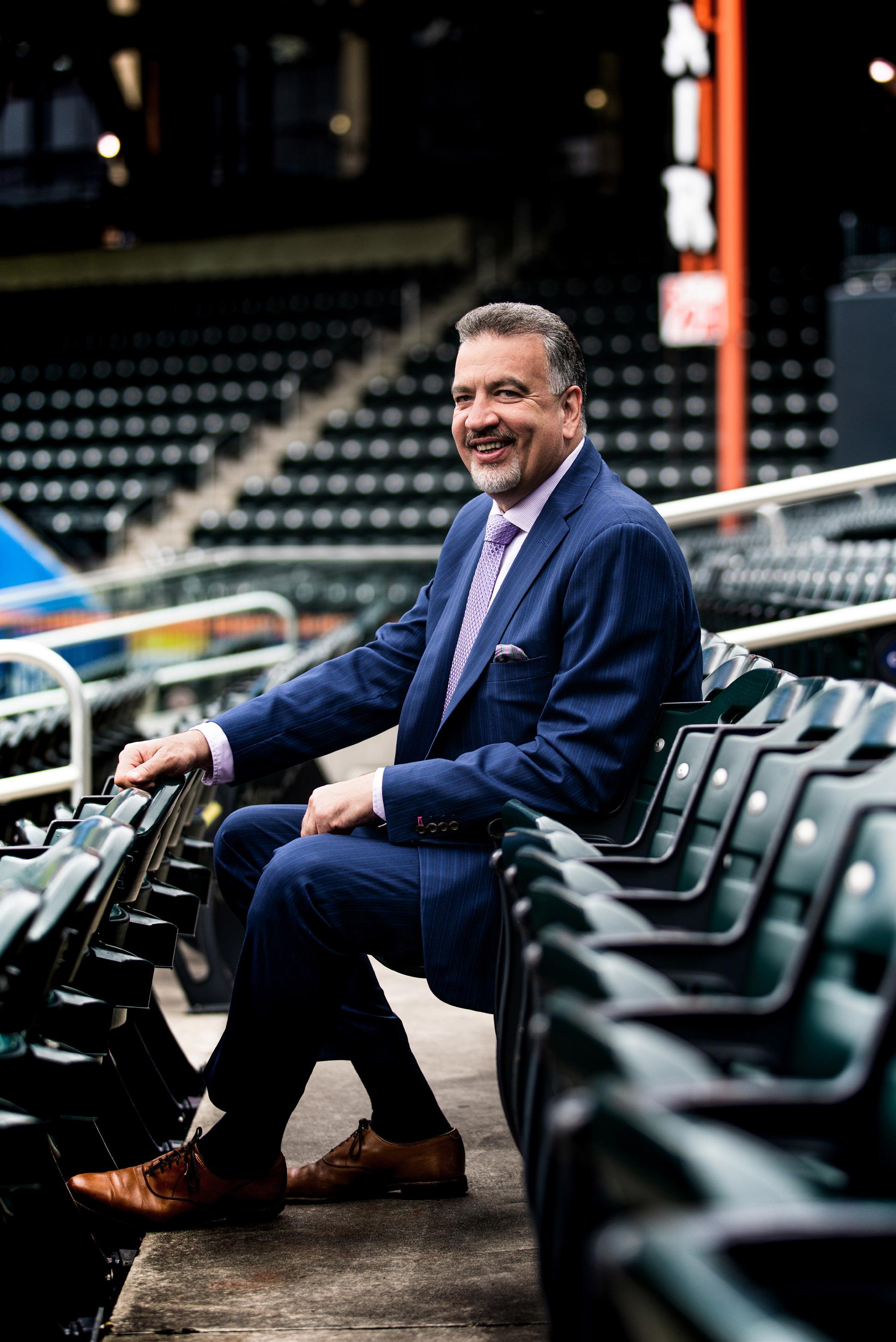
Peter Cassano was going to get the Manhattan ice cream route if it killed him.
It may seem like a strange place to start for the New York Mets’ current executive of building operations, but it wound up being the type of endeavor that would later foreshadow the perseverance he exemplifies in his career.
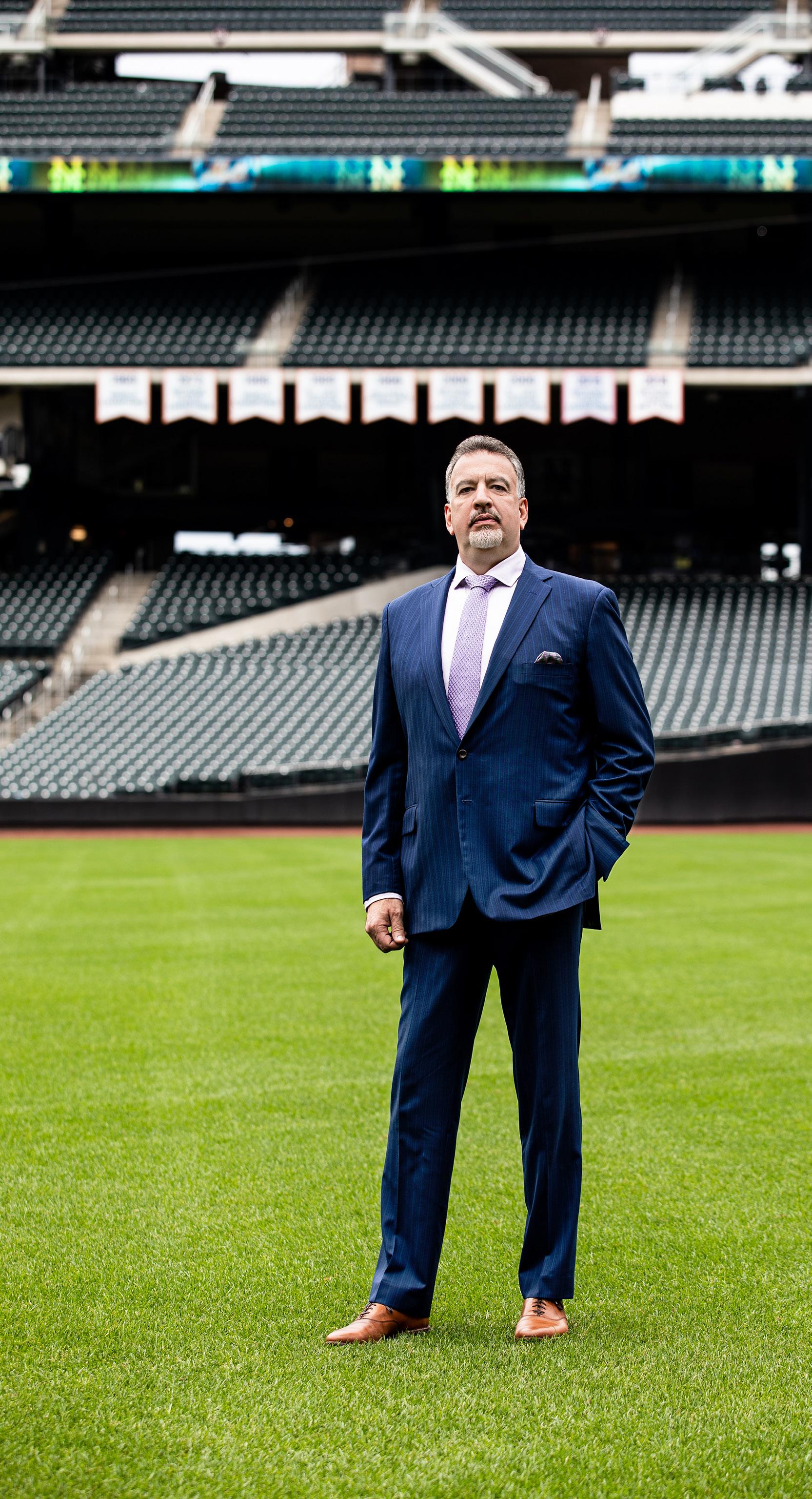
Shortly after marrying his wife, Helen, Cassano landed the Long Island shift of the ice cream route, a far cry from the highest paying route in New York City’s most densely populated borough across the bridge. Helen joined him for a dry run to familiarize themselves with the route on the day before he started, a habit that she continued anytime that Cassano was met with a new challenge.
“My goal the second I got that route was to get into Manhattan,” the Middle Village native says, a fervor of determination still evident in his voice. And he did.
Cassano notes he’s always been the kind of person who wanted to lead the team. It didn’t matter what the job was; he just wanted to be the best. “I always like to strive to do more,” Cassano says. “I was willing to work hard and to put in the time.”
Of course, his leap from ice cream delivery man to building operations executive director for a major league baseball team didn’t happen overnight. Cassano’s next move was as a plumber, after he secured an application for New York City Plumber’s Union #1 as the 54th applicant out of only
500 open positions for the entire city. Landing that kind of coveted spot was akin to a Black Friday sale—Cassano and Helen set up chairs the night before along with dozens of others who were also hoping to enter the trade, the line stretching for blocks.
Police helped Cassano run electricity off a light pole so they could plug in a television set to watch a game, he remembers. Aggravated tenants on the block stood from the tops of their buildings, hurling garbage at the queue of hopeful plumbers. Cassano, whose father was a policeman, admits he felt some relief with the officers nearby.
Much like he was able to secure the Manhattan ice cream route, Cassano once again succeeded in joining the union. He put his time into high rises all over New York, then, in 2002, he was given the opportunity to take a role in ballpark plumbing at Shea Stadium, where he eventually was asked to stay on as foreman.
When the Mets made plans to build Citi Field, Cassano figured his time was up. The city would no longer have a subcontract with the field, meaning he no longer had a job. While the construction of the field was under way, he came across the plumbing blueprints for the new stadium and took

“I always like to strive to do more. I was willing to work hard and to put in the time.”
them home. “I would lay on my living room floor and try to understand the new building just by looking across the parking lot at the construction of the new field,” Cassano recalls. “I wanted to understand the new building so if I was ever able to get back there, I’d be ahead of the game.”
Sure enough, Cassano was eventually summoned back to the Mets by longtime colleague and boss Sue Lucchi and Venue Services and Operations SVP Mike Landeen. “Sue called me and told me I got the job at Citi Field,” he recalls. “I said I’d be there tomorrow.”
Since then, Cassano has risen in the organization as a trusted and valued member of the building operations organization. Trading in his uniform for a tie wasn’t without its pain points. By taking on the role of senior director of building operations, which was created specifically for him, Cassano had to leave his longtime
union at the age of 52. “Nobody leaves at that age; you’d have to be crazy,” Cassano points out. “But I wasn’t sure I would get the job so of course I said I would do it.” Helen promptly brought him to Macy’s because Cassano didn’t even own a tie.
Along with overseeing all of the trades at Citi Field, Cassano also eventually took over the back of house obligations for all concerts and field events. During the 2013 MLB All Star Game, Cassano had to get two brand new Chevy pickup trucks suspended from cranes and placed in the “batter’s eye” area of the outfield. “It was a huge undertaking early on in my role,” Cassano says. “But it worked out to be awesome.” Cassano even wound up driving the truck down the field to present it to the home run derby winner.
Cassano has a strong awareness that you can’t always get somewhere without a little help. Through almost every story
Peter Cassano has been on the front lines of two of New York City’s most devastating events. He was literally on top of a building on September 11, 2001, and watched as the second plane hit the World Trade Center. He volunteered to go to Ground Zero on the bucket brigade with his partner Kevin Kender. “We didn’t know what else to do, so we just tried to help,” Cassano says. Later, once he took on his role on with the New York Mets, Cassano helped oversee the conversion of Citi Field into a hurricane relief center after Hurricane Sandy inflicted massive amounts of damage in 2012.
“I would try to understand the new building just by looking across the parking lot at the construction of the new field. I wanted to understand it so if I was ever able to get back there, I’d be ahead of the game.”
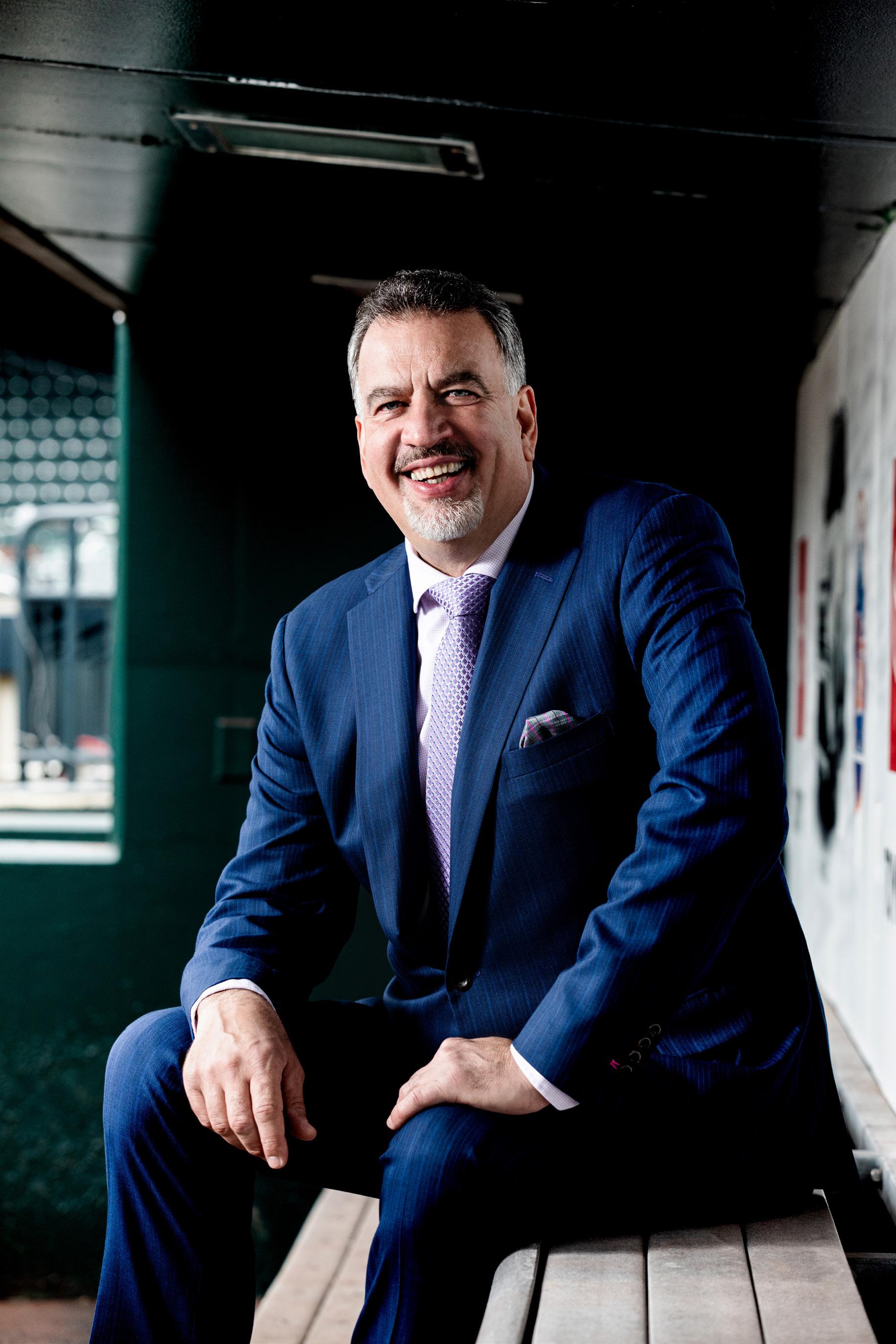
he tells, he emphasizes just how important his wife’s involvement has been. “She’s my backbone; she helped me get on a straighter path,” Cassano says. “If I ever thought things weren’t okay, she’d convince me they would be.”
This supportive behavior has carried through to his own actions as well, demonstrated by his dynamic with Wieslaw Jankowski of W.J. Mega Contracting Corporation. “Peter was instrumental in helping me get comfortable in the construction industry when I first came to this country,” says Jankowski. “His guidance in construc -
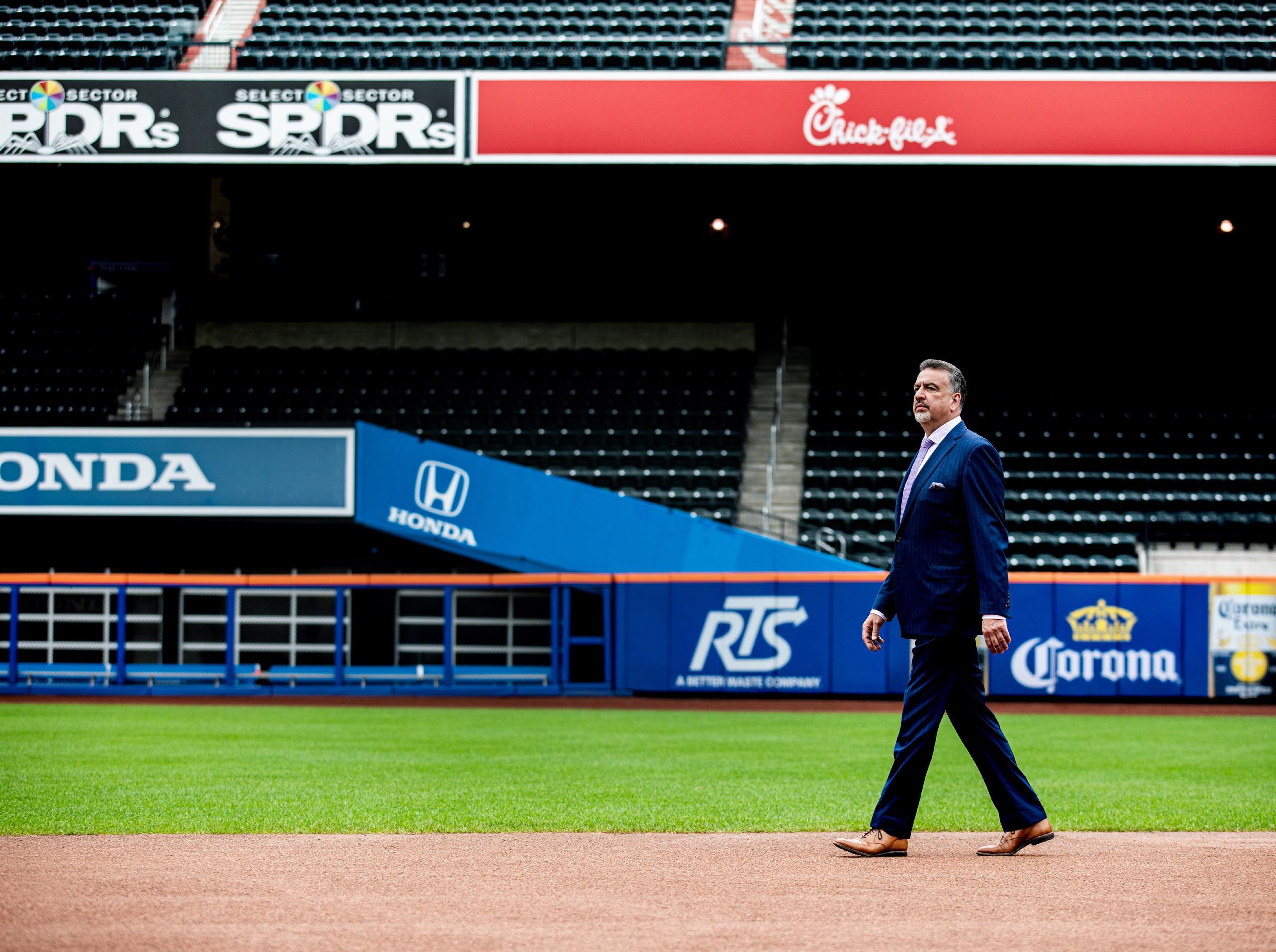
“Be on time. And do whatever is asked of you. Be nice to people.”
tion helped me through a difficult transition into the American workplace.”

As the executive director looks back over a career that defies any idea of a “normal” career progression, Cassano says the best advice he can give is pretty simple. “Nobody likes to be at work on time, not anymore. Be on time. And do whatever is asked of you. Be nice to people.”
With that kind of attitude, you just might have a shot at the Manhattan route.

Alliance Building Services values our relationship with The New York Mets, and we thank Peter Cassano for sharing his talents with our firm. It is our mission to provide the highest quality of professional service to meet the needs of our clients. To learn more about the company, please visit alliance.us
With a 120-year reputation of unparalleled integrity and service in the electrical field, E-J Electric congratulates Peter Cassano for his work as executive director, building operations for the New York Mets. Peter has been an integral asset to the E-J team while doing maintenance work at Citi Field for over 10 years.

Congratulations to Peter Cassano on this well-deserved recognition. We’re proud to work for the New York Mets. RAEL Fire Protection Services is a fourth-generation full-service fire protection company that has been providing uninterrupted design, installation, inspection, maintenance, testing, and repair services for over 80 years.
With 60 plus years of collective industry experience, our vision at Alliance is to continue to be the preeminent Tri-State provider of quality managed services by fulfilling our goal to provide a secure pristine workplace for your employees while keeping costs in-line with your company’s financial plan. ALLIANCE









•
•
At the University of Cincinnati, Associate Athletic Directors Andre Seoldo and Bill Frigge often cross the lines between their responsibilities to ensure the smoothest operation of the program
BY SARA DEETER
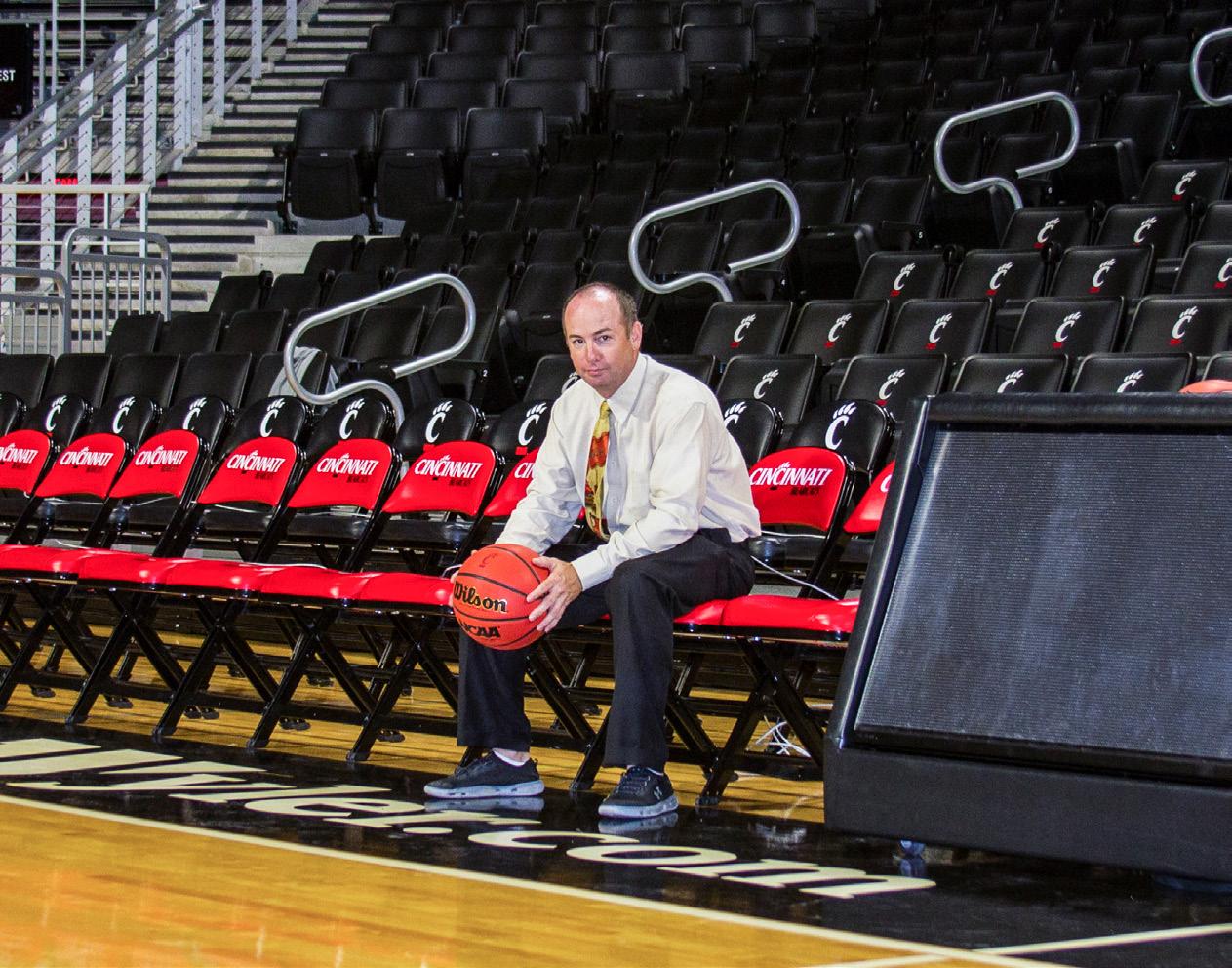
Two Bearcats are better than one—since 2013, Associate Athletic Directors Andre Seoldo and Bill Frigge have worked to bring a sense of strength and unity to the University of Cincinnati’s athletic program despite the divisions in their roles and their disparate experiences with the university itself. Seoldo and Frigge gave American Builders Quarterly an insider’s perspective on their collaborative dynamic and the pitch-inwhere-help-is-needed approach that has seen them through construction-related upheaval and helped move the university’s facilities to a new level.
What brought you to the University of Cincinnati in the first place, and what has kept you there over the years?

Seoldo: I worked at Kent State for 10 years, working my way up the ladder and getting married during the process. In 2010, I shifted gears and took a job at the University of Northern Iowa, so we had to move our family out there. We enjoyed our time there and met some great people, but when a friend called me and told me that a position was going to be opening up with the University of Cincinnati, we made a family decision to come here. It got us closer to my wife’s family, and it also got me to the level of athletics I wanted to experience. Of course, I also saw some really exciting things on the horizon for the university.
Frigge: I started working for the university as a student in 1992 and the football team in 1993, so this is actually my 27th football season. I’ve moved around a bit—I spent three years in the college of music and got a master’s in criminal justice through the university’s online program. Because I’ve been here so long, I’ve grown up with a
lot of the people here at the university. It’s been a great learning experience; this was a municipal university till the late ’70s, so watching the university go from where it was 20 years ago to what it is now has been exciting. Along with that, athletically we’re a completely different school than we were in the ’90s—my first football season, we were an independent football team, so we had to fight for the games that we scheduled and for people to respect us.
Could you provide some insight into your individual responsibilities as athletic directors and respective areas of expertise?
Seoldo: Every athletic department runs a little differently, and in the world of facilities and operations, it’s sometimes an even split. You need a group that handles the facilities and another to handle the events. My role encompasses the day to day as well as future scheduling and logistics of all the events that we host in our athletic facilities, including any championships. There’s a line that divides my work from Bill’s, but we cross that line quite a bit because we’re always willing to jump in and help each other.
Frigge: The university changed focus about eight years ago and decided that it’d be better served by having us take care of the operations and put another group in charge of facility maintenance. So I was able to focus more on projects and general facility issues rather than the upkeep of the building. I also took over the technology side of things—college athletics are all about technology now, and our conference just signed a deal with ESPN, so we will be producing our own content starting next summer.
THE FIFTH THIRD ARENA FEATURES MORE THAN 12,000 SEATS AND A VARIETY OF FOOD OPTIONS FROM SOME OF CINCINNATI’S MOST FAMOUS RESTAURANTS.

“Anyone who works for us is capable of taking any job, of taking on any part of our operation. We jump around and cover for each other all the time, in a lot of different ways.” —Bill FriggeBrad Feinknopf
Given that you have your own lanes within the athletic department, how do you and your teams work to collaborate and cooperate on bigger projects?
Seoldo: Bill and I have been at this for over 20 years now, so we’ve seen quite a lot. Between the two of us, we’ve got a lot of great experiences. So even if something is more in Bill’s wheelhouse than mine, he can still run it by me and I can do the same with him. It’s a kind of checks and balances system, just to make sure we are not missing anything.
Frigge: It’s not just Andre and me—anyone who works for us is capable of taking on any job or part of our operation. We jump around and cover for each other all the time, in a lot of different ways.
Can you provide an example of when the department was facing a challenging situation and your collaborative approach helped you to overcome the problem?
Seoldo: I think the biggest challenge we’ve had in the last couple years is our major construction projects—we’ve had to take some of our venues offline and find new homes for our football, basketball, and volleyball teams, as well as our weight
room. In addition to coordinating with the managers of the off-site venues those teams were using and providing Bearcat student athletes with the best possible experience, Bill and I also had to make sure that the day-to-day operations here at the university continued. Even though our teams were competing elsewhere, they still had practices and other everyday events and operations that had to happen here.
On top of those construction projects, are there any upcoming initiatives or projects that you’re excited about?
Frigge: The ESPN contract we have underway is going to bring us some fresh challenges for sure. It’s not just a matter of cameras—it’s equipment that has to be set up, people that have to be trained, and so much more. There will be plenty of challenges with that.
Seoldo: We have our rough days, of course, just like with any other job. But Bill and I both enjoy our jobs, and we enjoy working with each other. Everybody on our team keeps an eye on each other and has everyone else’s back. Bill and I have been around long enough to see the big picture and the benefits that we’re providing to our student athletes and the university.
“Between the two of us, we’ve got a lot of great experiences. So even if something is more in Bill’s wheelhouse than mine, he can still run it by me and I can do the same with him.” —Andre Seoldo

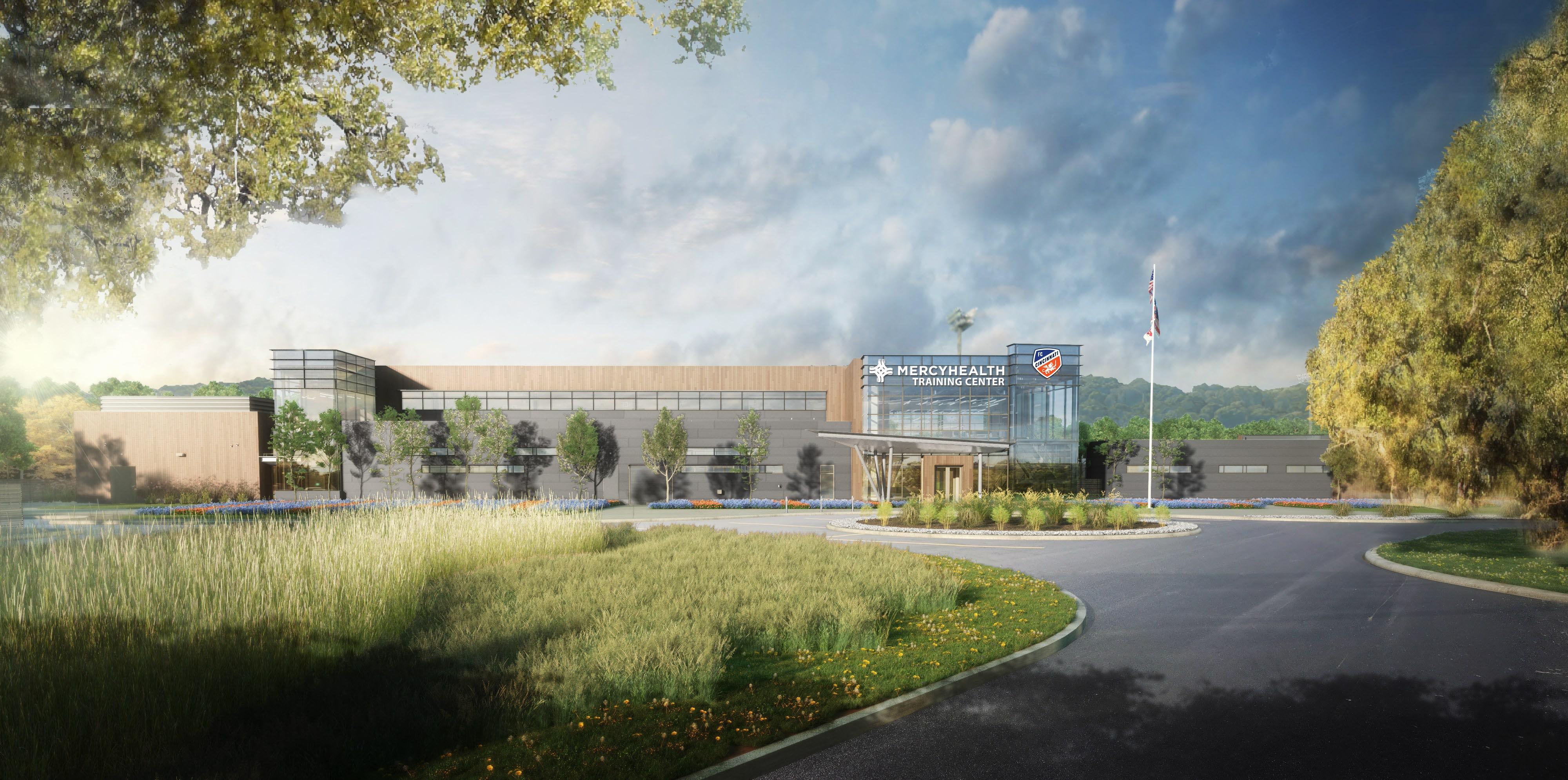
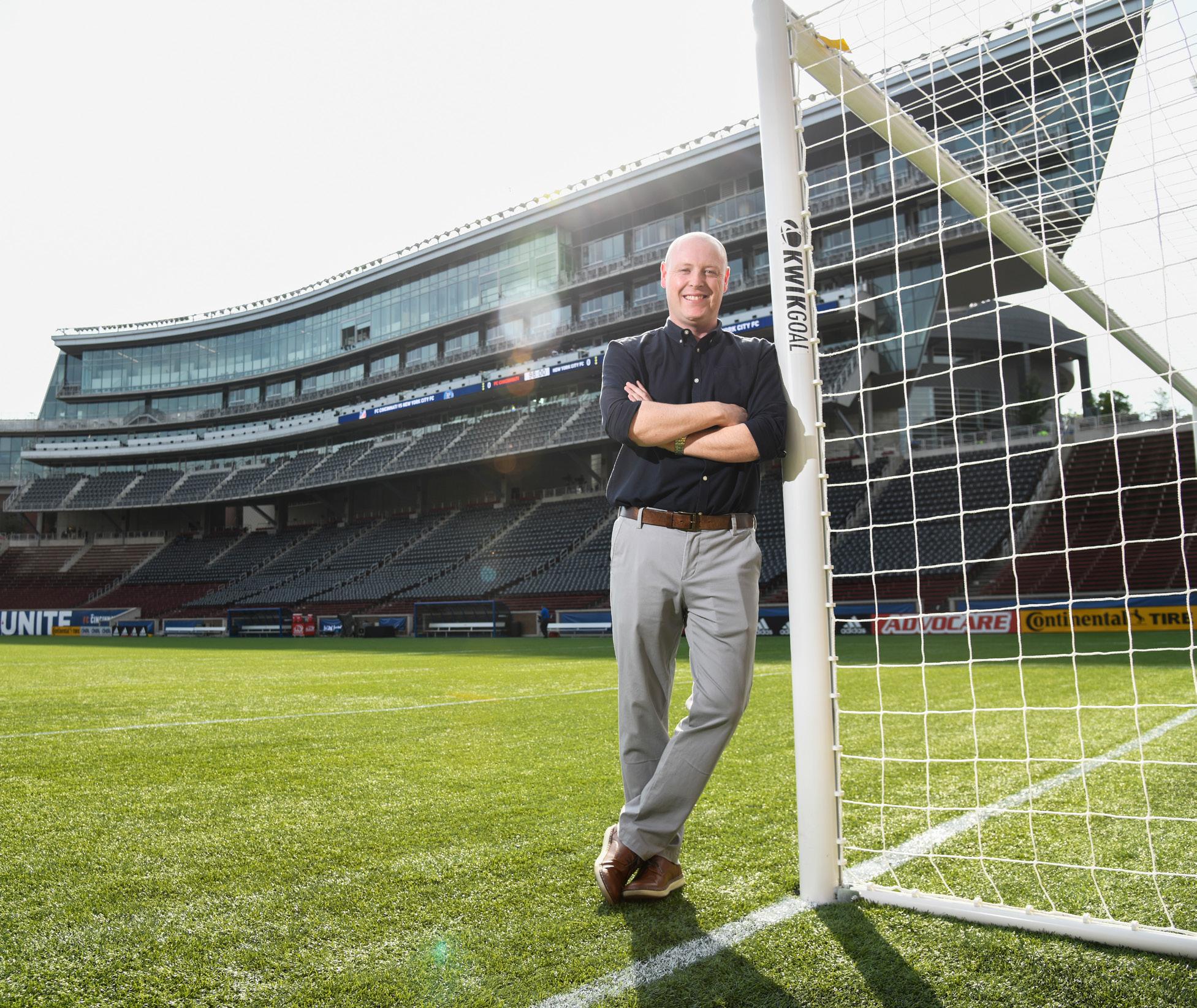
A city metropolitan area that boasts 50,000 club soccer players, a professional soccer team that sold NFL levels of merchandise in its first year, and attendance records that were broken repeatedly and only by itself: these quick facts might seem more on par with Buenos Aires, rather than an American city. Yet the major league soccer team, FC Cincinnati, proudly claims the numbers.
The FC Cincinnati soccer team seemed to appear out of nowhere in 2015, repeatedly setting United Soccer League (USL) attendance records before becoming one of Major League Soccer’s expansion sites in 2017. It has shined a light on Ohio’s largest city as a somewhat unknown American
soccer mecca and, with the help of Director of Soccer Operations Dan McNally, FC Cincinnati is offering a best-in-class experience for its fans in a home setting that is rivaling the best in worldwide soccer.
McNally, an English expat who arrived in Cincinnati via Florida and Montana, has been around the team since its inception— he was literally the first person hired by the organization prior to office space, team colors, or a single player to its name. McNally joined FC Cincinnati so early, in fact, that he worked almost entirely out of coffee shops, checking in regularly with General Manager Jeff Berding, who was still working for the Cincinnati Bengals at the time.
“For three months, I was on my own building this soccer operation and thinking through the stadium operations,” McNally says. The time not spent in cafés was instead spent around Berding’s kitchen table, later alongside future ticketing vice president Jeff Smith and a brand building expert Gary De Jesus. The FC team would make its world debut the following year.
McNally knew that to make a truly memorable experience for fans, the team’s home would have to feel like a stadium dedicated to soccer. McNally’s success is especially pertinent as for the past three seasons, the team’s home base has been University of Cincinnati’s Nippert Stadium, home to the university’s football (American, that is) program. “The key, for me, was the way we were able to turn Nippert into a profes -
sional soccer venue and, when you’re in it, it truly feels like that’s where you are,” McNally says. “It put our fanbase on a completely different level than any other club in our old league [the USL], and we were able to come right out of the gate as the biggest and the best; it gave us the best opportunity to make it to the major league.”
FC Cincinnati set the USL record of averaging 21,199 fans in attendance during the 2017 season.
In making the leap to the MLS, the team committed to the building of a soccerspecific stadium located in the West End neighborhood of Cincinnati, the West End Stadium. Ground was broken on December 18, 2018. “I’ve been involved a lot in the behind-the-scenes soccer operations,” McNally says. “Everything from locker

rooms to athletic treatment rooms to where the team will enter at the halfway line: these are very important details in soccer.”
One detail transitioning to the new stadium will be the FC Cincinnati supporter section, deemed “The Bailey.” Modelled after Liverpool’s famous supporter section “The Kop,” McNally said he wanted to bring the same passion and intensity to Cincinnati. The behind-the-goal section will be moving to West End Stadium in a bigger and brighter way, and McNally says it’s merely a matter of building on the club’s early success with building a fanbase.
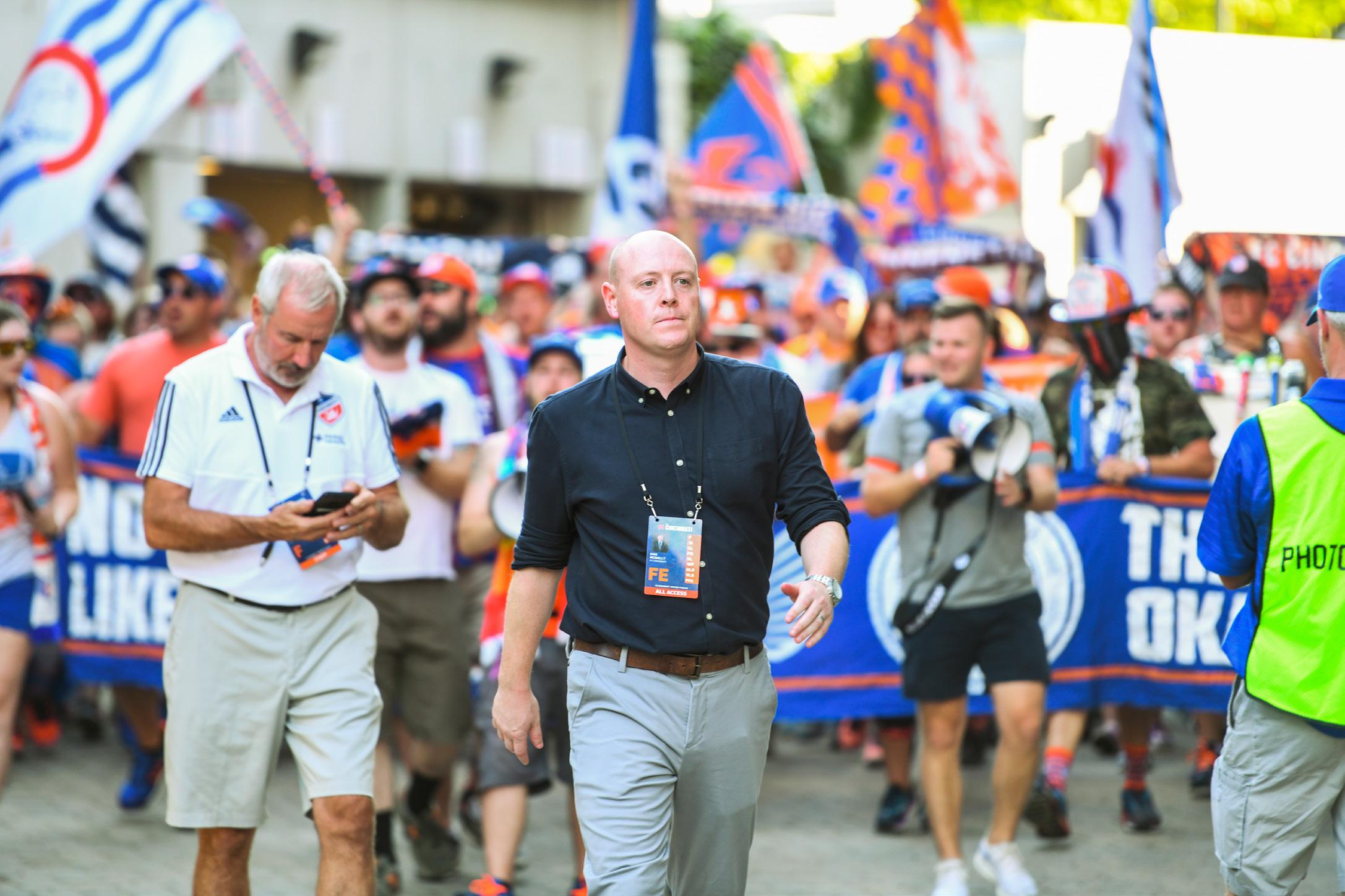
McNally himself understands the unique passion for the game that has struggled to make its way to the US, but the timing may now be right with the back-to-back
success of US Women’s World Cup teams, the US co-hosting of the 2026 Men’s World Cup , and the proliferation of club soccer participation in the States during the past decades. Growing up in Darwen, England, sandwiched between workingclass soccer capitals Manchester and Liverpool, the director says he sees the same sort of blue-collar civic pride and working-class constitution in Cincinnati, qualities that he feels are absolute keys to great soccer cities.
“Cincinnati reminds me of those great European cities that embrace soccer,” McNally observes. “The people here are proud to be where they’re from, and we’re proud to give them a franchise they can be proud of.”
Dan McNally may be making waves in Cincinnati, but he’s building on previous success out west. McNally became the winningest soccer coach of all time at the University of Montana-Billings, where he also met his wife Jenny, and where his son Liam was born. Now with another son, Kellan, in tow, the total number of soccer players in the McNally household is up to three. McNally says it’s the support of his family that’s helped get him where he is today.
Inspired
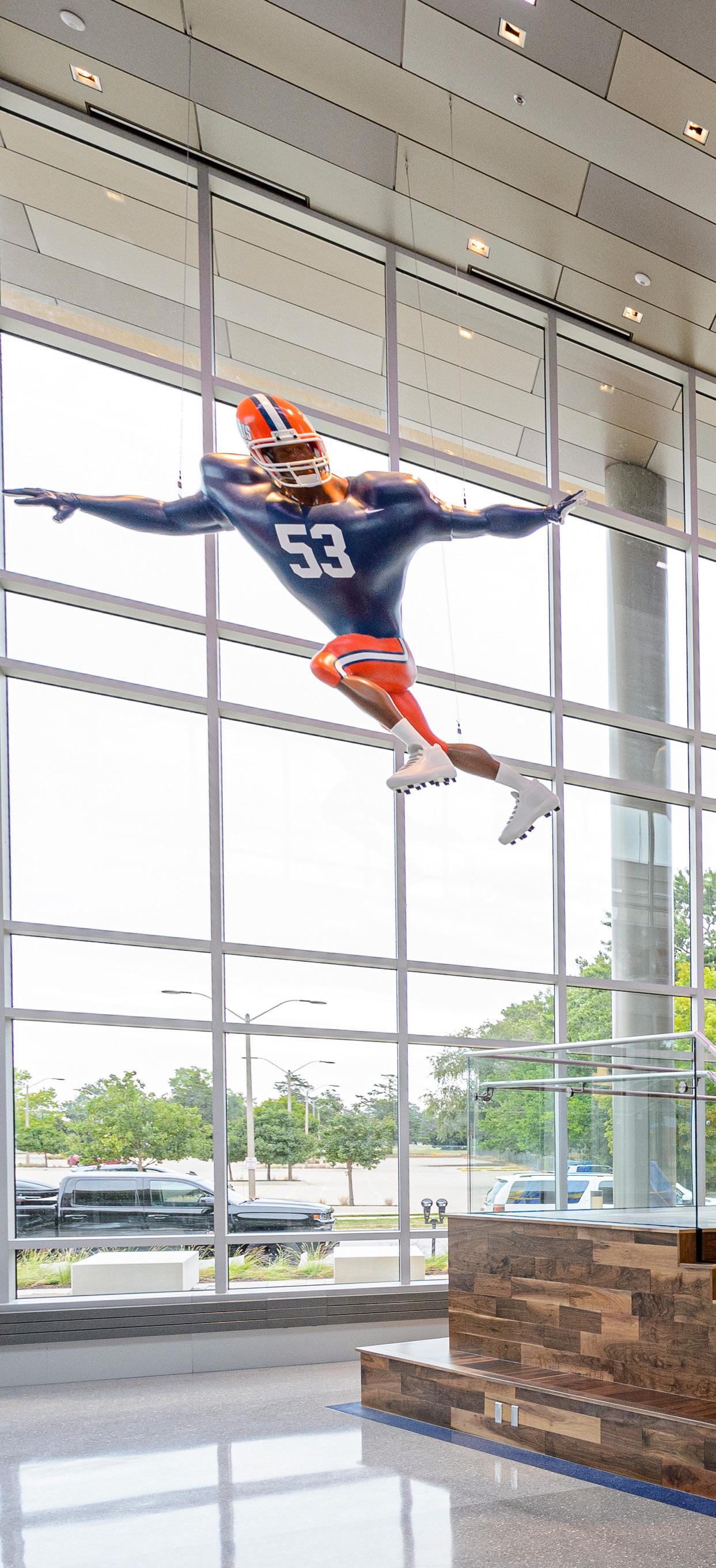 BY JOSEPH CHARNEY
BY JOSEPH CHARNEY
by the success of the Fighting Illini, Brett Stillwell infuses U of I’s facilities with the same spirit to make them the best in the nation
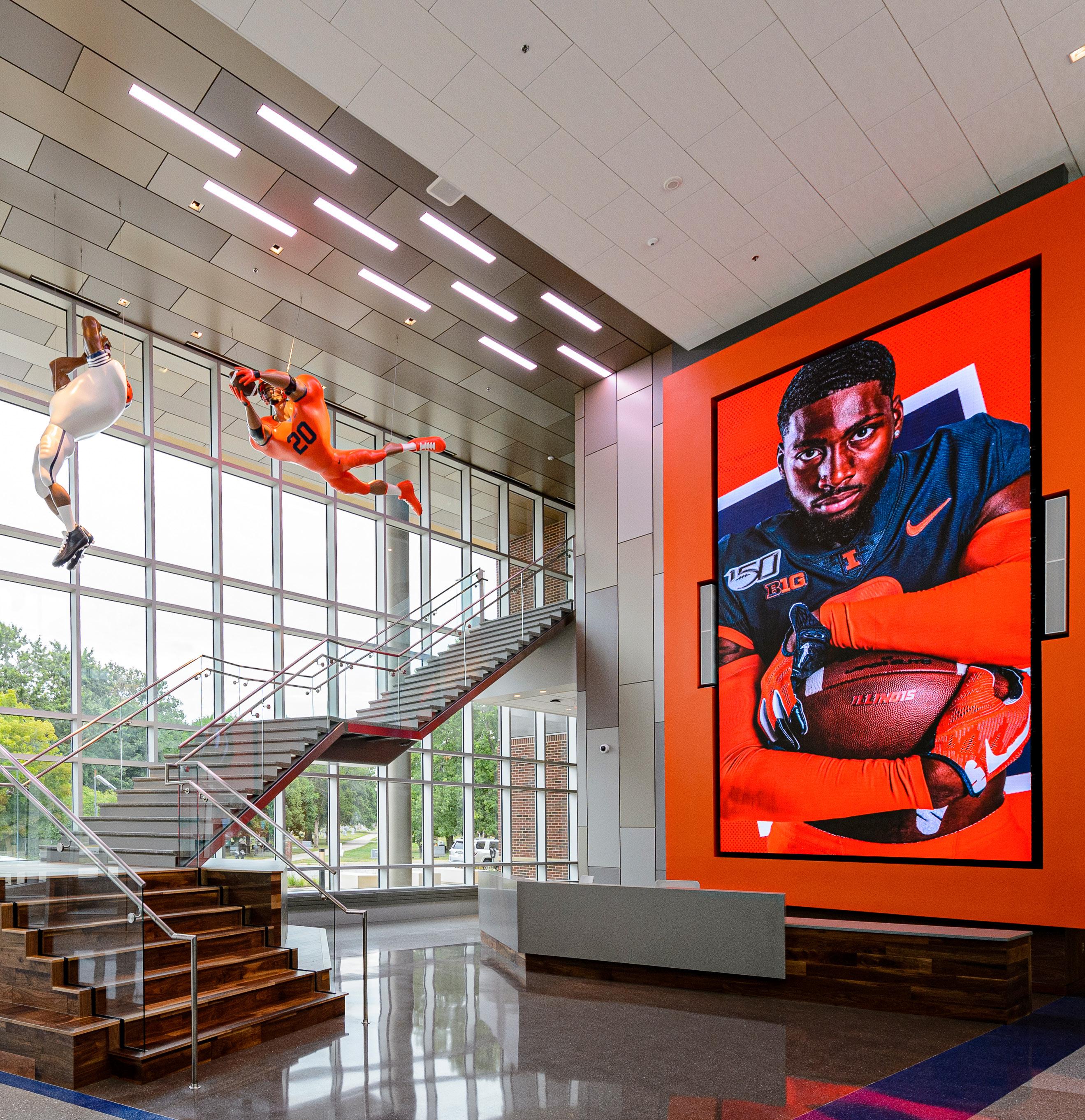
Brett Stillwell bleeds orange and blue.
As the senior associate athletic director for the University of Illinois, as well as an alumnus, the college has been a staple in his life for decades. “Being a fan my whole life, and now working for University of Illinois Athletics, it actually gets me emotional,” Stillwell admits. “It’s a perfect circle.”
Stillwell grew up in Mahomet, Illinois, just a few miles from Champaign, where the college is based. Before spending time in the private sector and transitioning into his current role, Stillwell earned both his bachelor’s and master’s degrees in architecture from the University of Illinois.

In 1980, when he was an undergraduate, Stillwell recalls being inspired by an epic football game against Ohio State. The Illini lost the game 49 to 42, but it was an impressive performance against one of the top teams in the nation, especially for a program that had struggled to even be competitive throughout the 1970s. The Illini’s quarterback, Dave Wilson, threw for 621 yards and set an NCAA single-game record. “In that particular moment, I realized that we could compete with the elite football teams in the nation,” Stillwell says. “It was at that point that I thought ‘we can do this.’”
Now with a key role within the Illini athletic department, Stillwell’s work directly contributes to the University of Illinois’ race toward athletic prowess. “I’m incredibly grateful for the ability to combine my love for architecture and my love for athletics into one job,” he says.
This blend of passions has lent itself to Stillwell’s successful projects for the university. “When I arrived in 2012, our facilities were behind the competitors,” he says. But given his expertise combined with the athletic director Josh Whitman’s vision, the
“I’m incredibly grateful for the ability to combine my love for architecture and my love for athletics into one job.”
BRETT STILLWELLSenior Associate Athletic Director University of Illinois Michael Glasgow
quality of the university’s athletic facilities was quickly upgraded. Together, they are spearheading a host of projects that will enable the university to be a gold standard for athletic facilities throughout the country.
The Smith Football Center will launch this fall, equipping the Illini’s football team with a world-class training facility. After engaging in extensive due diligence visiting the Texas A&M and Oklahoma Sooner football facilities, among others, Stillwell and his team managed to get the $80 million facility up and running in 20 months—“light-
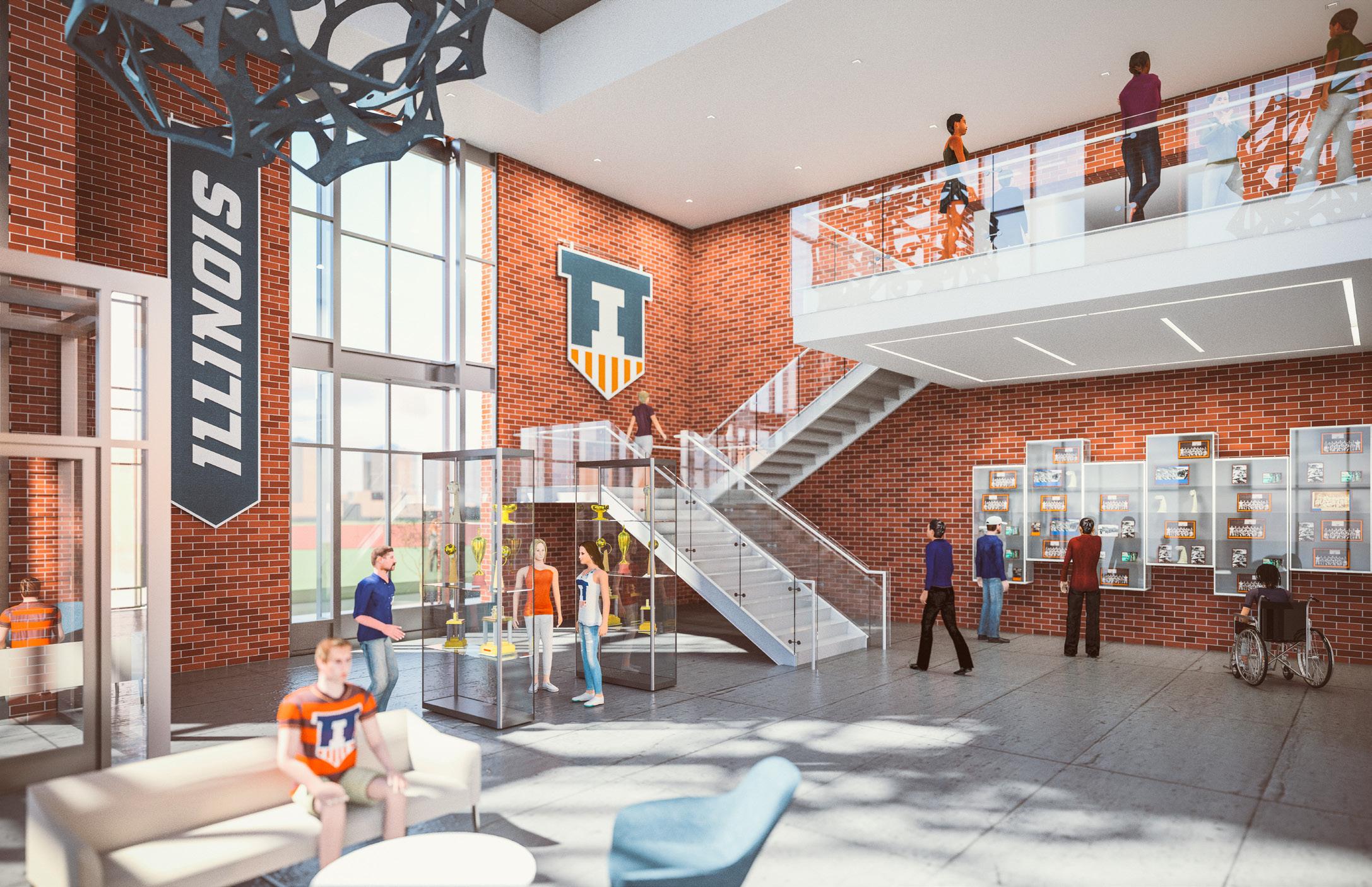
ning speed,” Stillwell says, for a public institution. The behemoth not only includes a rooftop terrace, an outdoor kitchen and dining area, two bowling lanes, and a minigolf course, but also, according to Stillwell, “the best sports medicine facilities in the Big 10, and possibly the nation,” in reference to the hydrotherapy chambers and recuperation pools.
Stillwell believes successful student athlete recruitment is inextricably linked to high-quality athletic facilities—and the Smith Football Center, named after
ONCE COMPLETED, DEMIRJIAN PARK WILL FEATURE TWO NEW SOCCER FIELDS—ONE FOR COMPETITION AND ONE FOR PRACTICE— AND A RENOVATION OF THE EXISTING TRACK AND FIELD COMPLEX.
gracious donors Henry Dale and Betty Smith, is expected to change the game for Illini football recruitment. As an addendum to the project, the old football training facility will be gutted, renovated, and expanded into a superior Olympic sport facility for the other Fighting Illini athletic programs.
“Multipurpose use is critical to being efficient,” Stillwell notes, highlighting his emphasis on “win-win” projects. A brandnew soccer and track facility, Demirjian Park, is perhaps Stillwell’s premier example of a “win-win:” the new facility will involve a dual-use stadium for soccer and track, and it was already selected to host
the Big 10 track and field championship in spring 2021.
“Hosting these events is pivotal to let everyone know that the University of Illinois is a significant player in ‘power five’ sports,” Stillwell says. The university also won bids to host the Big 10 Conference Softball Tournament in 2020 and the NCAA Division I Tennis Championship in 2022. “It’s a ton of work, but the entire staff does an amazing job of showing University of Illinois’ best.”
One of the most unique projects that Stillwell is working on, though still in its developmental stages, is the downtown
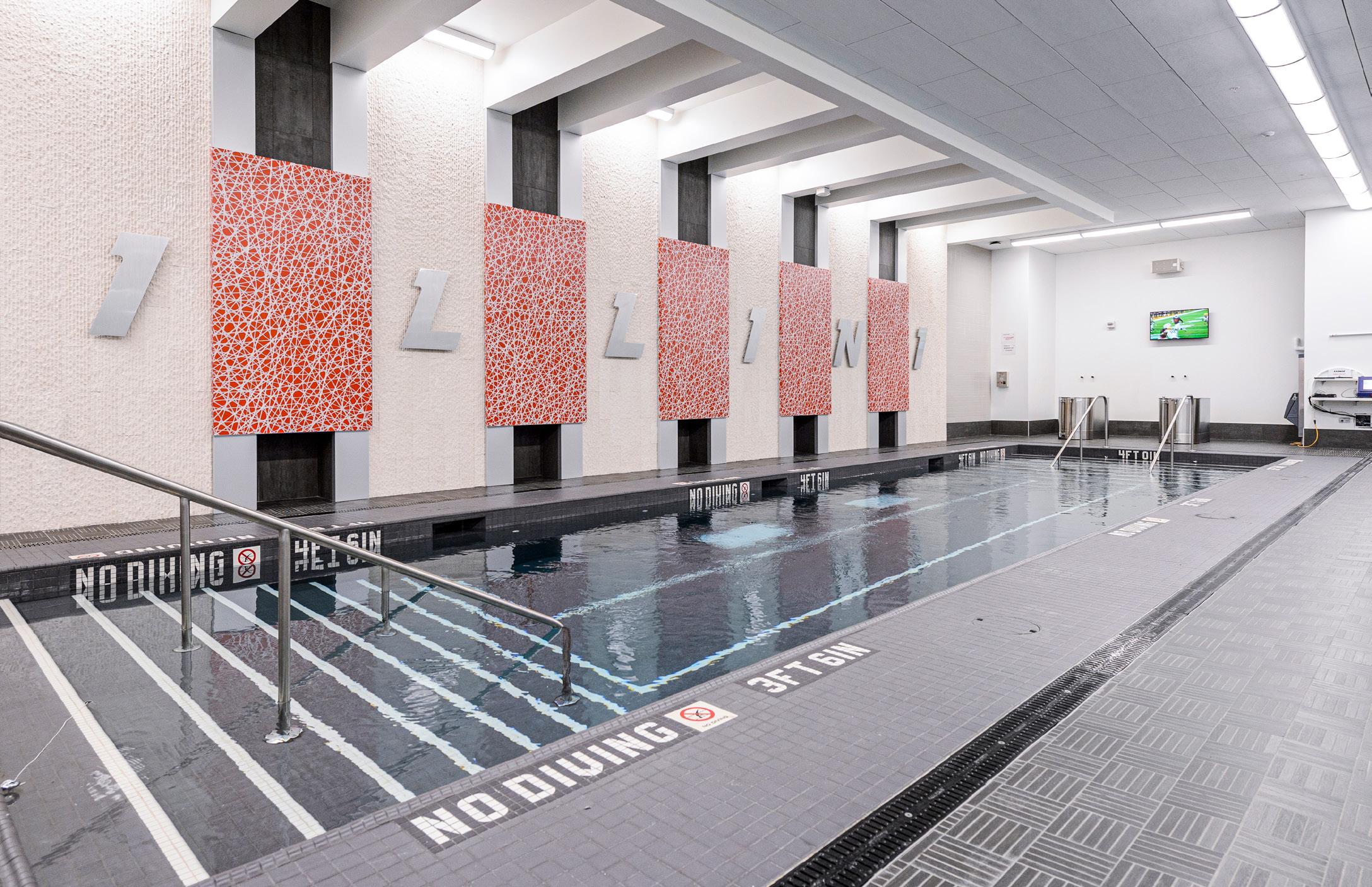
THE PLAYER’S LOUNGE OFFERS A GAME ROOM FOR ATHLETES TO KICK BACK AND UNWIND.
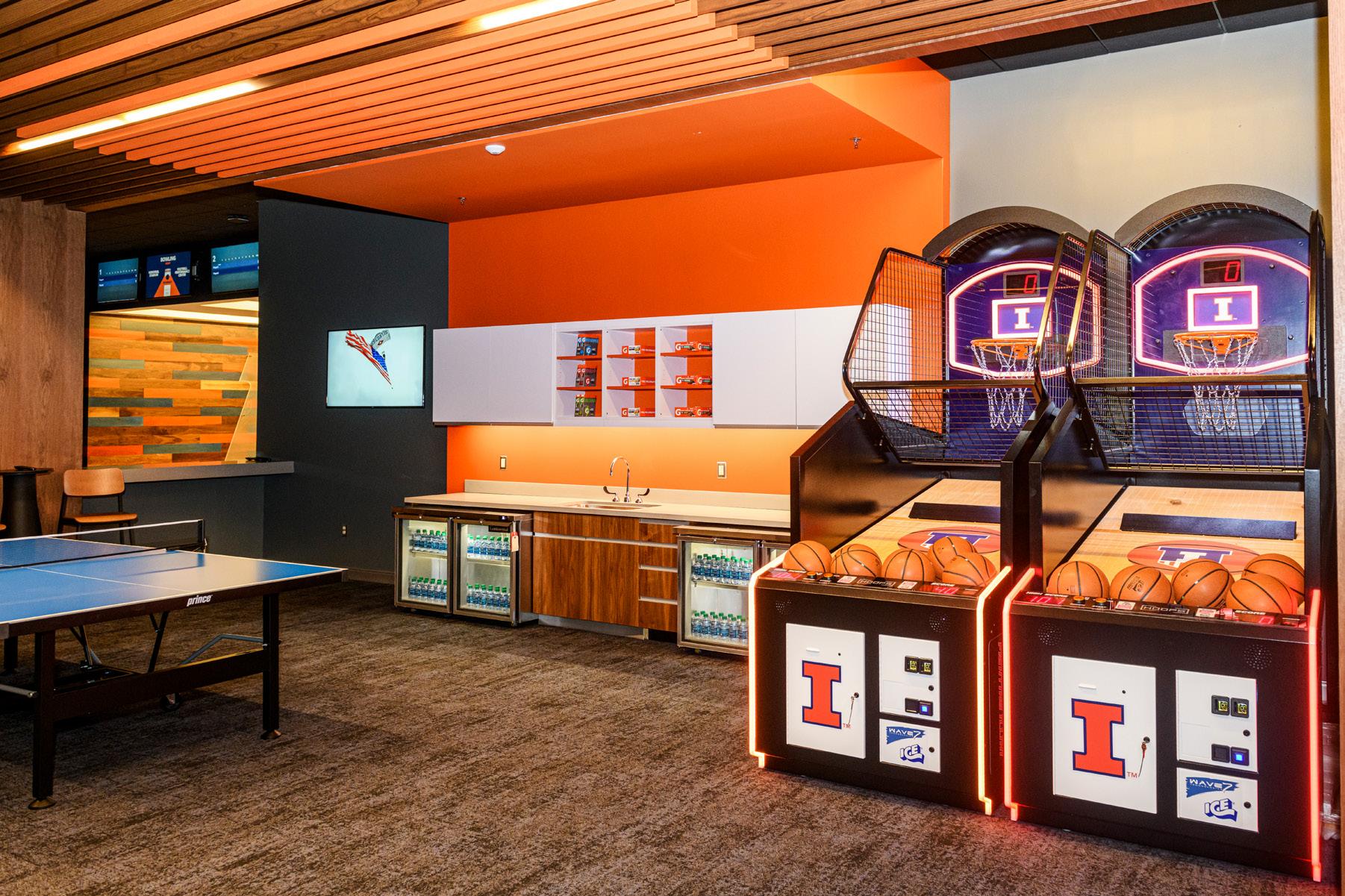
THE PLAYER’S LOUNGE EVEN FEATURES ITS OWN BOWLING ALLEY.

hockey facility. The National Hockey League conducted a study that determined, of all Division I universities without a hockey team, the University of Illinois was the number one school that could support and benefit from one. Since the facility would be off-campus, the entire Champaign community could reap the rewards of the estimated $110 million that would go into its construction. “It’s an outreach that puts us into the very community that supports us, and that’s really exciting,” Stillwell says. By adding a revenue sport like hockey, the facility will also be able to support Illini volleyball, wrestling, and gymnastics—once again exemplifying Stillwell’s “win-win” mind-set.

“Hosting these events is pivotal to let everyone know that the University of Illinois is a significant player in ‘power five’ sports.”Craig Pessman
When the new architecture building at the University of Illinois was built, Stillwell was serving as president of the Illinois chapter of the American Institute for Architects and became the first speaker to commemorate its launch. An architect, a fan of athletics, and above all a true “Fighting Illini” to his core, Stillwell is dedicated to enhancing the student athlete and fan experience for his beloved alma mater.
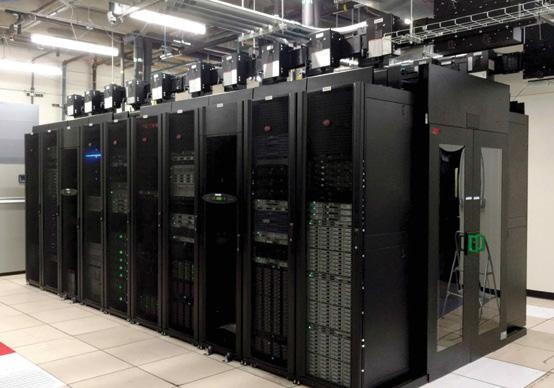


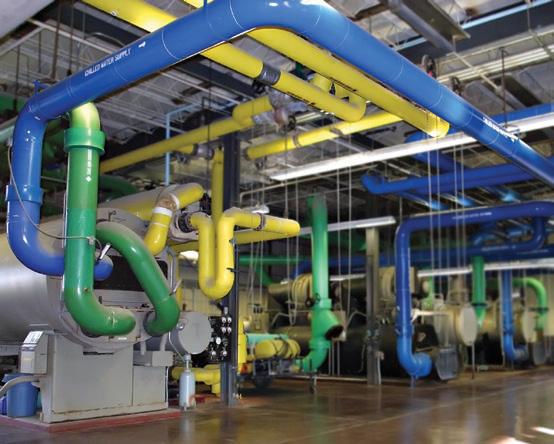
Texas Christian University’s Ross Bailey didn’t get the typical start to his career. Nearly half a century later, his unexpected path has given him a lot to be proud of.
 BY BILLY YOST
BY BILLY YOST

“We got about halfway through fall ball two-a-days , and our new athletic trainer faced a sudden medical condition that took him off the field.”
The start of Ross Bailey’s career reads more like the second act of a Shakespearian tragedy than a young athletic training assistant’s big break. At the start of the 1976 Texas Christian University Horned Frogs’ football season, the team’s longtime trainer fell ill and had to take medical retirement. This was followed by the exit of the former athletic trainer’s right-hand man, whose own medical condition prompted his retirement as well. Bailey had just graduated and was working as the trainer’s assistant. After the departures, the title of athletic trainer rolled down once more, calling Bailey himself off the bench.
At only 24 years of age, Bailey was named head athletic trainer, though no one had actually bothered to tell him right away. When he went to put in his notice with the athletic department’s secretary that he’d received another job offer elsewhere as an assistant, she told him, “Ross, you’ve been the head trainer here since October!”
Forty-seven years later, Bailey is still in Fort Worth, Texas. Respectfully nicknamed “Mr. TCU” by former Director of Intercollegiate Athletics Chris Del Conte, Bailey’s tendency to “get nosy” ultimately resulted in the one-time trainer assuming a senior athletic director role and overseeing upward of $500 million in athletic construction. Bailey has been at the university long enough to see stadiums built and renovated multiple times over, but he maintains he’s got a lot of work to do before he rides off into the hazy Texas sunset.
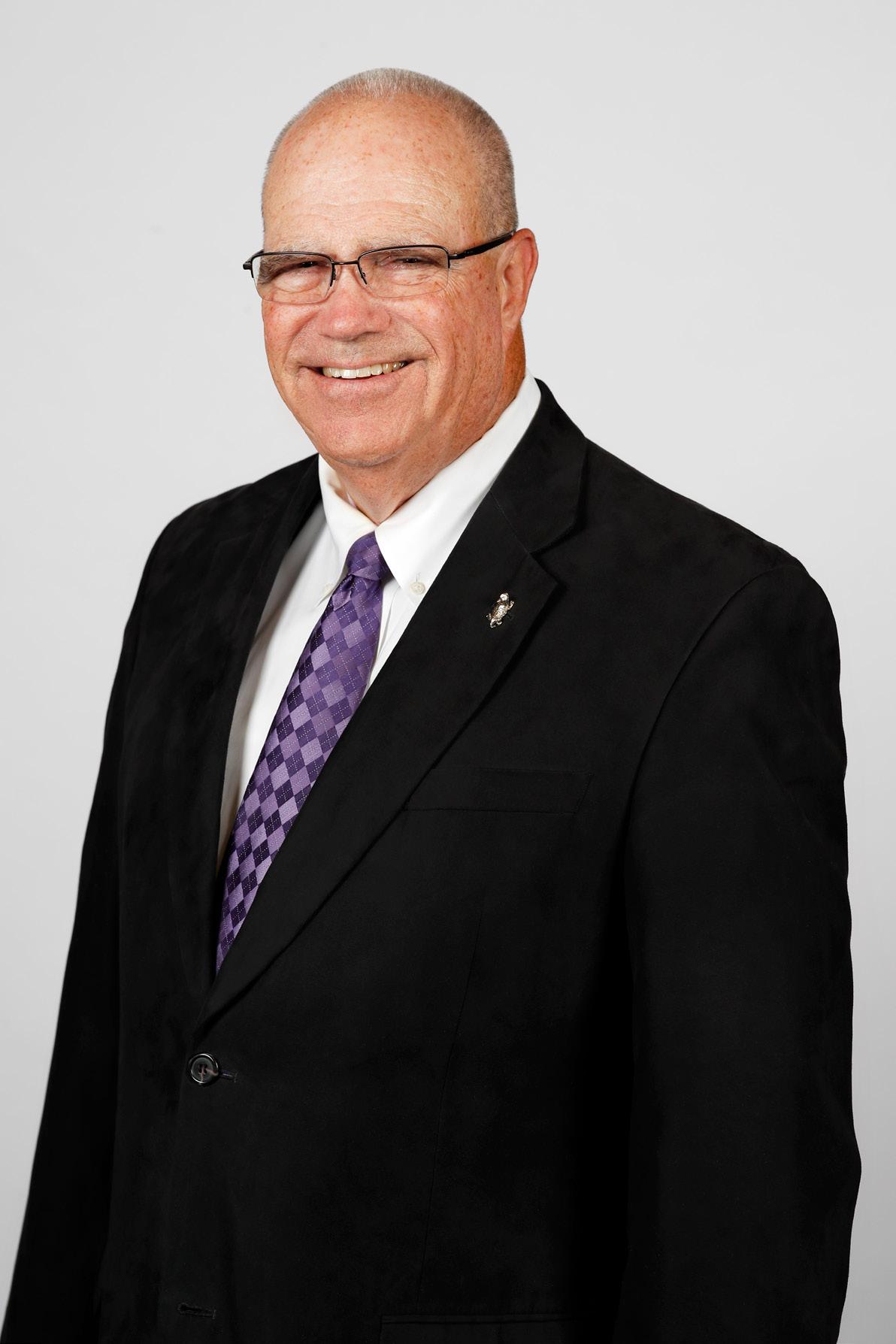
“A lot of what made me a successful athletic trainer is that the human body is a big machine. It was easy for me to see how all that transitioned into the construction business.”Sharon and Gregg Ellman
TCU’S NEW FOOTBALL LOCKER ROOMS ARE PART OF THE OVERALL ENHANCEMENT TO KEEP THE CAMPUS AMENITIES COMPETITVE.
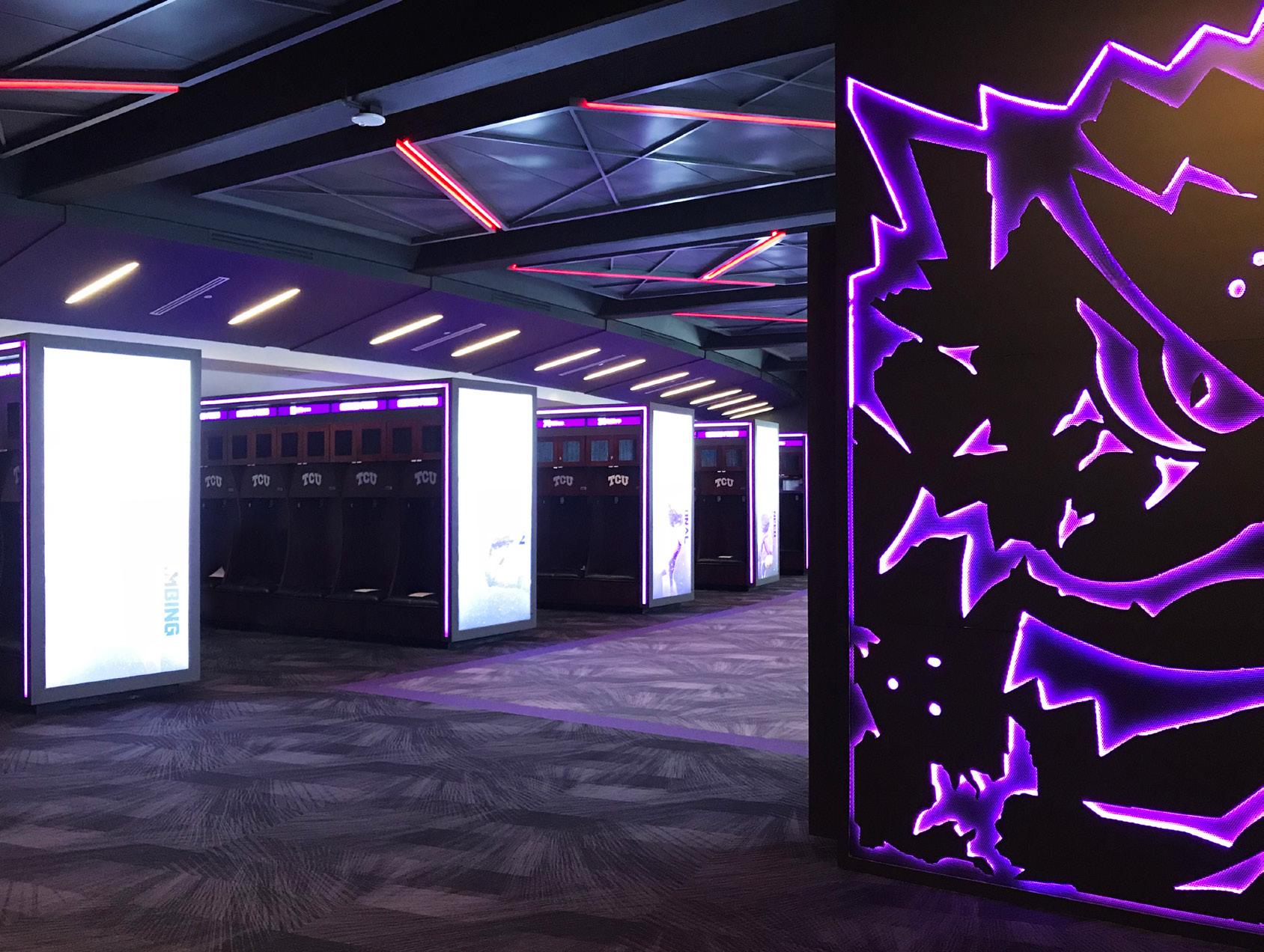
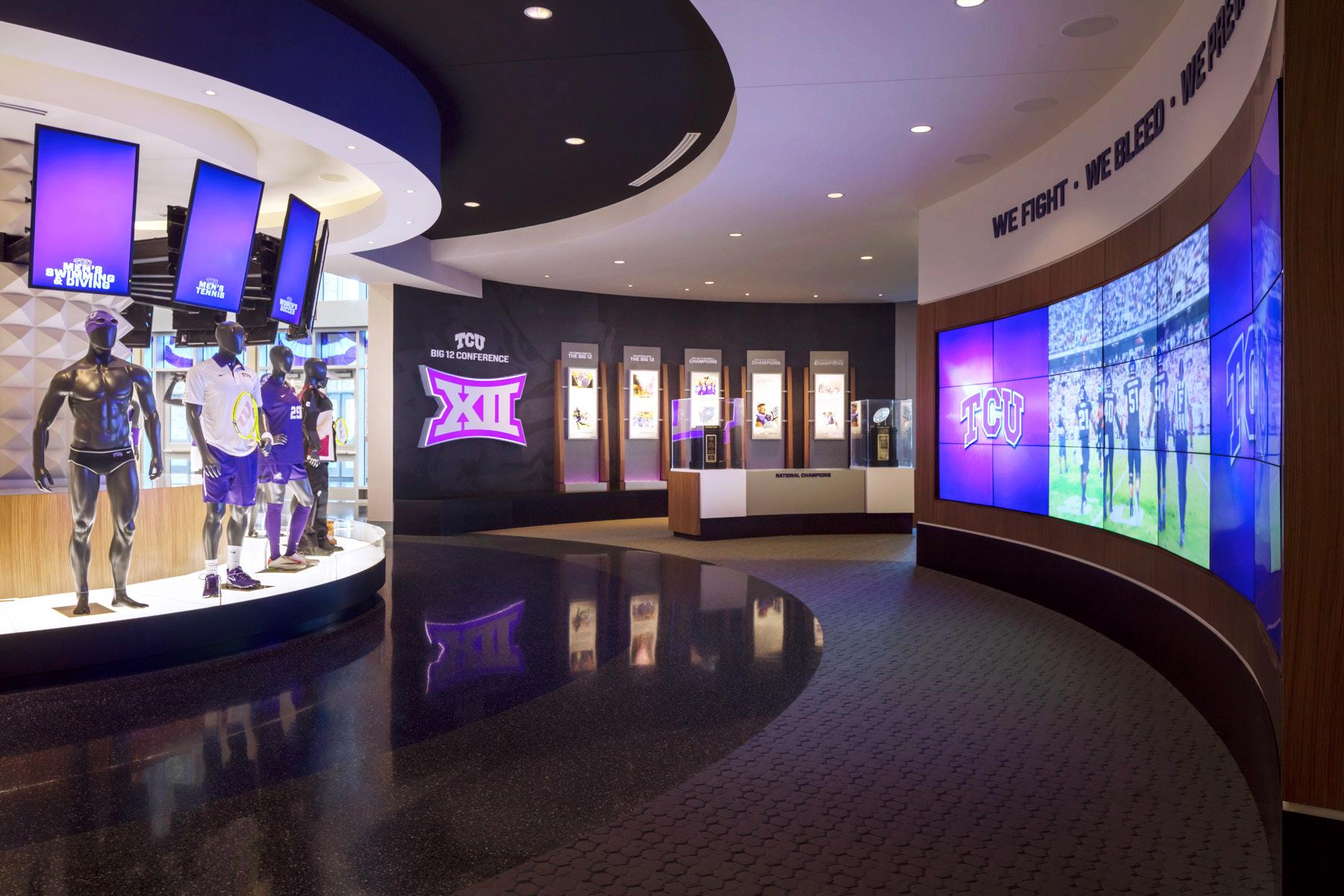
The unlikely path from stabilizing injuries to stabilizing foundations is a little more understandable when Bailey talks about his upbringing. “When it was getting dark and my mom was outside looking for me, I could be found watching an electrician fixing something, or trying myself to figure how the telephone system worked,” Bailey recalls. “When mom went out of town, I was the kind of person that ‘tuned up’ her Pontiac, making the family car, at least temporarily, a speed demon.”
That trademark inquisitive nature is something Bailey admits has never really stopped. “A lot of what made me a successful athletic trainer is that the human body is a big machine,” he says. “It was easy for me to see how all that transitioned into the construction business.” The first project the senior associate director was able to
get his hands dirty on was a remodel of the TCU athletic training and locker rooms. “In the old days, we didn’t have a lot of staff at the university like we do now to oversee these things. The reason they kept coming back to me for these projects was my mistake: We came in on budget and on time,” he remembers with a laugh.
Bailey quickly found out that he had a knack for the construction side of his athletic duties. With the changing of an athletic director and chancellor, Bailey was asked to take a more prominent role in building efforts. “They asked me to take a 3,000-foot view instead of a 3-foot one,” Bailey says. “That was 16 years ago, and it’s just been a whirlwind since then.”
Bailey helped oversee the implosion and rebuilding of the Amon G. Carter Stadium— the home of Horned Frogs football—as

While Ross Bailey’s job requirements have taken him away from his athletic training roots, he’s still able to apply his craft as a volunteer for the Justin Sports Medicine Team, a Justin Boot Company program that provides support for rodeo athletes. As one of 300 volunteers providing free medical care, Bailey has donated his service to area rodeos for decades. “It’s funny to say that I go to work to relax, but it’s true,” Bailey says. “Out there, I don’t have to be the boss. I just get to help people.”






Longhorn Lockers is the world’s fastest growing, custom locker company. We have designed, built and are building some of the most prestigious locker rooms in the nation, working with organizations on a personal level to bring their dreams to life. We have expanded our reach using AIM Lockers to create custom designs and complete renovations through Champion Construction. This has made us the world’s leading premier custom locker company. We have over 17 items in the Patent-Pending process and five items completely patented with design and utilities on each.

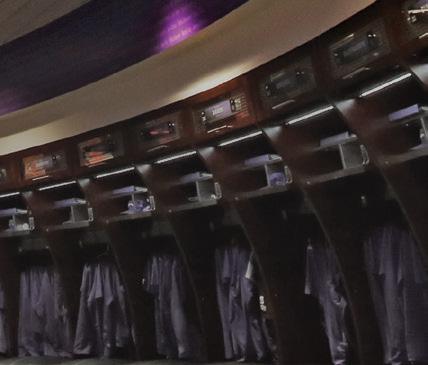
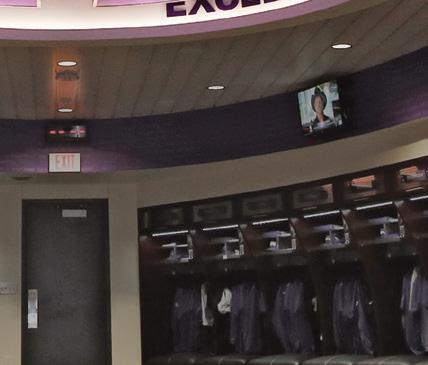
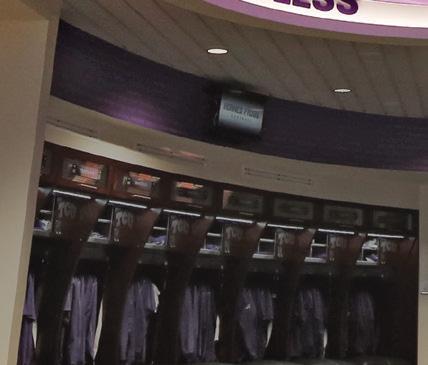
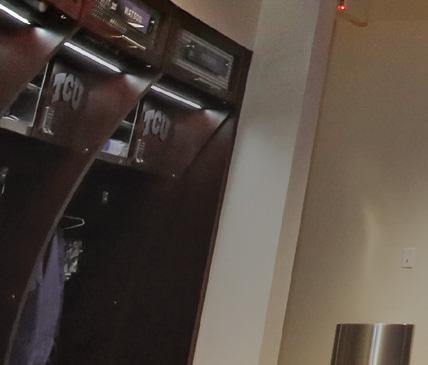
We design and build with a true, authentic hybrid construction, focusing on durability and longevity based on each project’s parameters and desires to make each facility the talk of the town. Customers can now have their entire facility redesigned or start from scratch, from concept to completion, with CHAMPION Construction. With our design team, we work hand-in-hand to evaluate the existing facility, visualize their dreams and make them happen in coordination with the locker design, function, and purpose.
Longhorn Lockers and Champion Construction evaluate preferences and ideas to help create a space from the front doors to the back shower stall that cultivates the culture of each organization. We do so with flooring, wall and ceiling finishes, unique and personalized furniture pieces made in our own shop. We use specific upholstery, unique materials and custom branding of all kinds. We will redesign restroom facilities, shower space, team rooms and player lounges, adding all the “bells and whistles” that can be imagined. There is not a part of a facility is out of our wheel house and the Longhorn/Champion touch.
When choosing Longhorn Lockers and Champion Construction, our warranty is more than what is written on paper. Our name is associated with every project and relationship we have formed with each customer and because of this, we appreciate, value, and care for our customers before, during and especially after project completion for years to come.
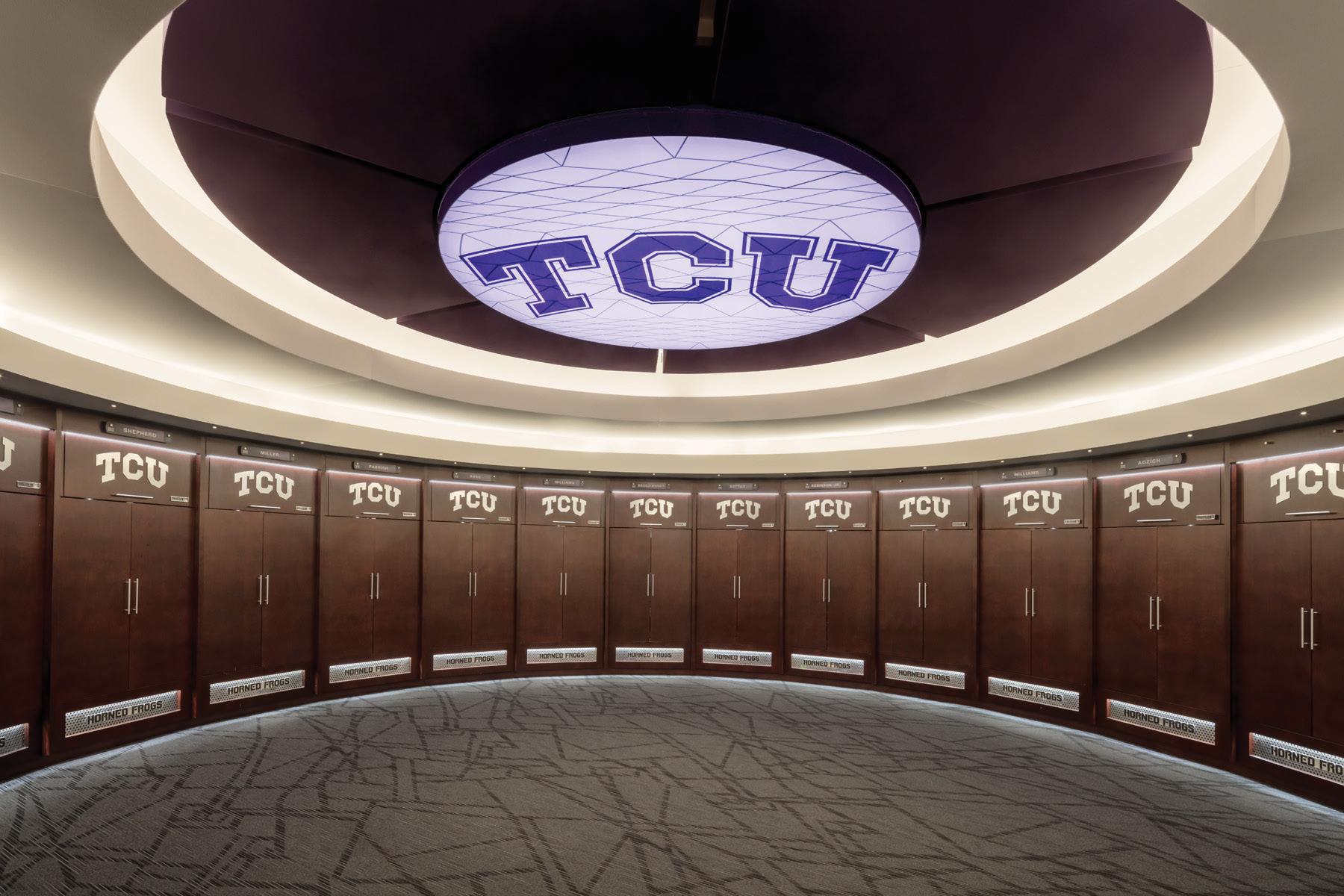


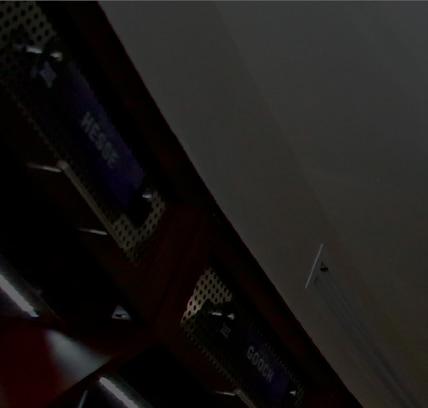
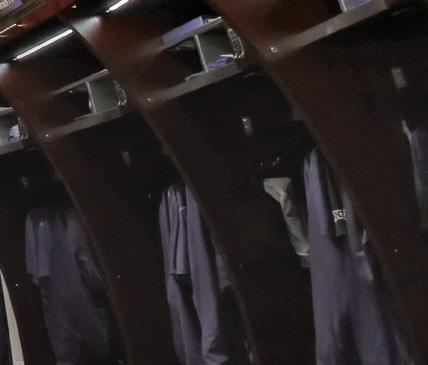
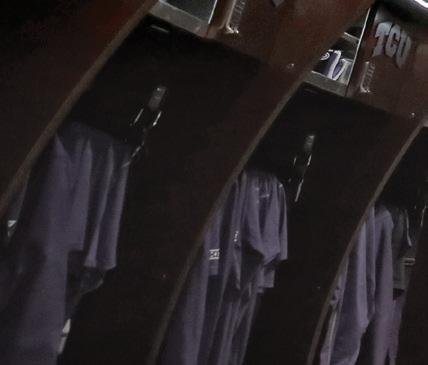

Ross Bailey is one of those guys in the industry who knows his stu ! He said it best, "People do business with people." We have had the privilege to work him time and time again and he expects the people he does business with to be honest, trustworthy, innovative and stand behind their product. It's who he is and what helps us to be above the standard.
Experience the quality that makes us di erent. Visit us at www.LonghornLockers.com or reach out to our VP of Sales, James Weiss, directly at (210)-852-2322 or email James@LonghornLockers.com to set up a time to visit our state-of-the-art show rooms and to talk about your next project, “BECAUSE SOME TEAMS ARE ABOVE THE STANDARD”.

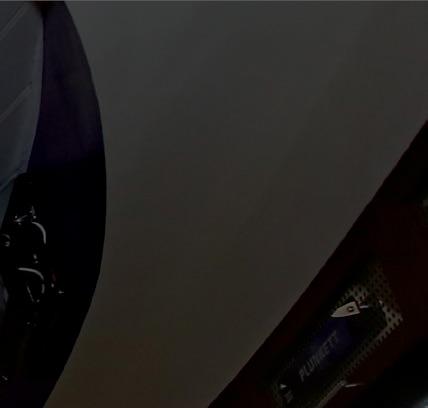

well as a new baseball stadium, a track overhaul, two new athletic complexes, a soccer field, a basketball arena, a second addition to the football stadium, two more athletic training and locker room expansions, and multiple overhauls of every athletic landmark listed here. It’s more than $500 million of construction, a pay grade of responsibility a bit above Bailey’s introductory training assistant salary of $7,500. “We just rolled from one project to the next, mainly because we’ve had great friends and donors to the university who have helped fund all these projects.”
Those donors are just part of what has kept Mr. TCU at the university for 47 years. “Fort Worth is such a great place to live,” Bailey affirms. “It’s everything you want from a city, but with a small-town feel.” The director says every personal challenge he’s ever wanted has come in tandem with TCU; it only seemed right to stay and see it through.

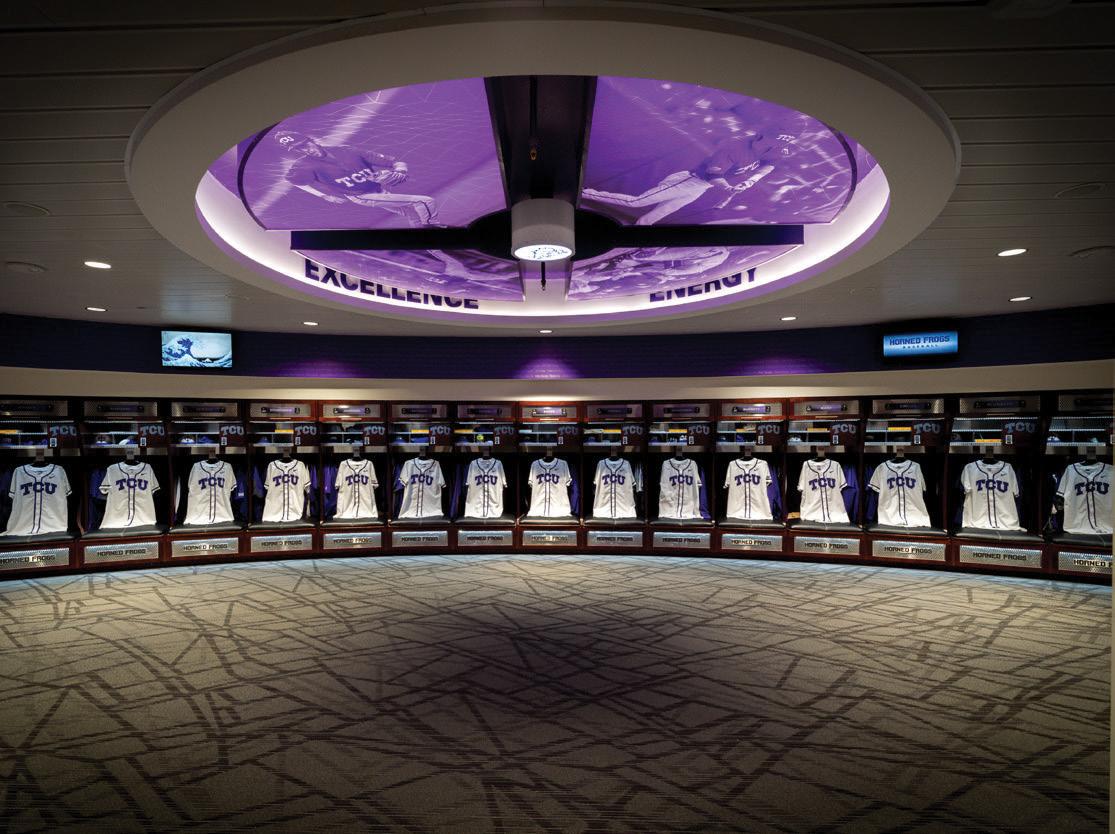

And while it’s been almost a half century, Bailey says there’s too much to do to think about leaving quite yet. “In the immediate next year, I’ve got a football project to help finish,” he teases. “Then we’ll see what the future brings and what our new athletic director has in store.” When it’s ready to be built, Mr. TCU will be waiting.

“The reason they kept coming back to me for these projects was my mistake: We came in on budget and on time!”
Setting the stage and implementing the building blocks for what will soon be state-of-the-art facilities and designs from difference makers in the building industry
 by Sara Deeter
by Sara Deeter
Denton Wilson’s team environment promotes a shared vision that has a direct impact on the patients served by Atrium Health
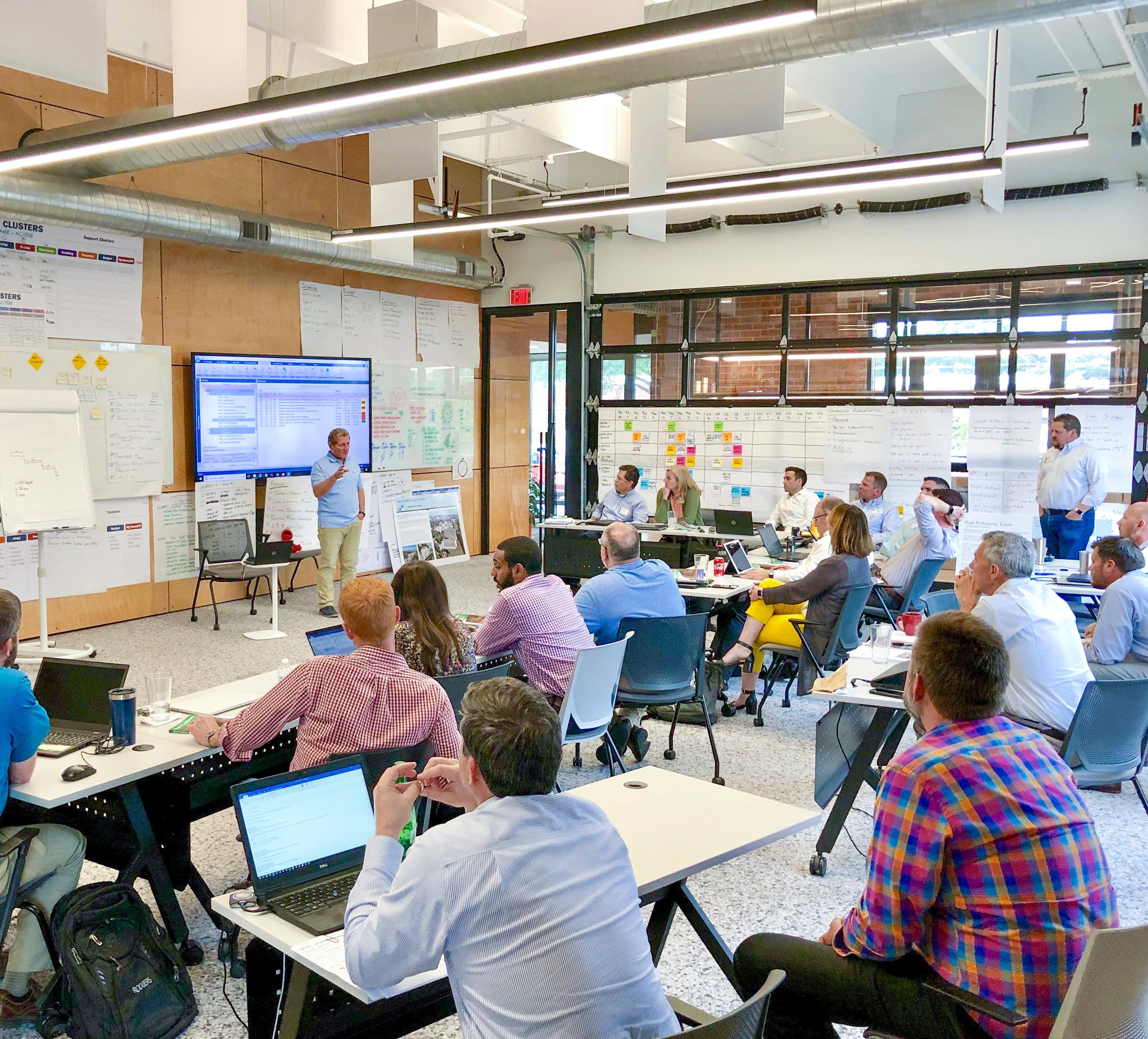
Denton Wilson doesn’t want to be called ‘unique.’
Leveraging his two decades of experience in healthcare-centered project development, Wilson has created and refined a one-of-a-kind process designed to foster an environment of structured collaboration amongst the various teams involved in planning, design, and construction.
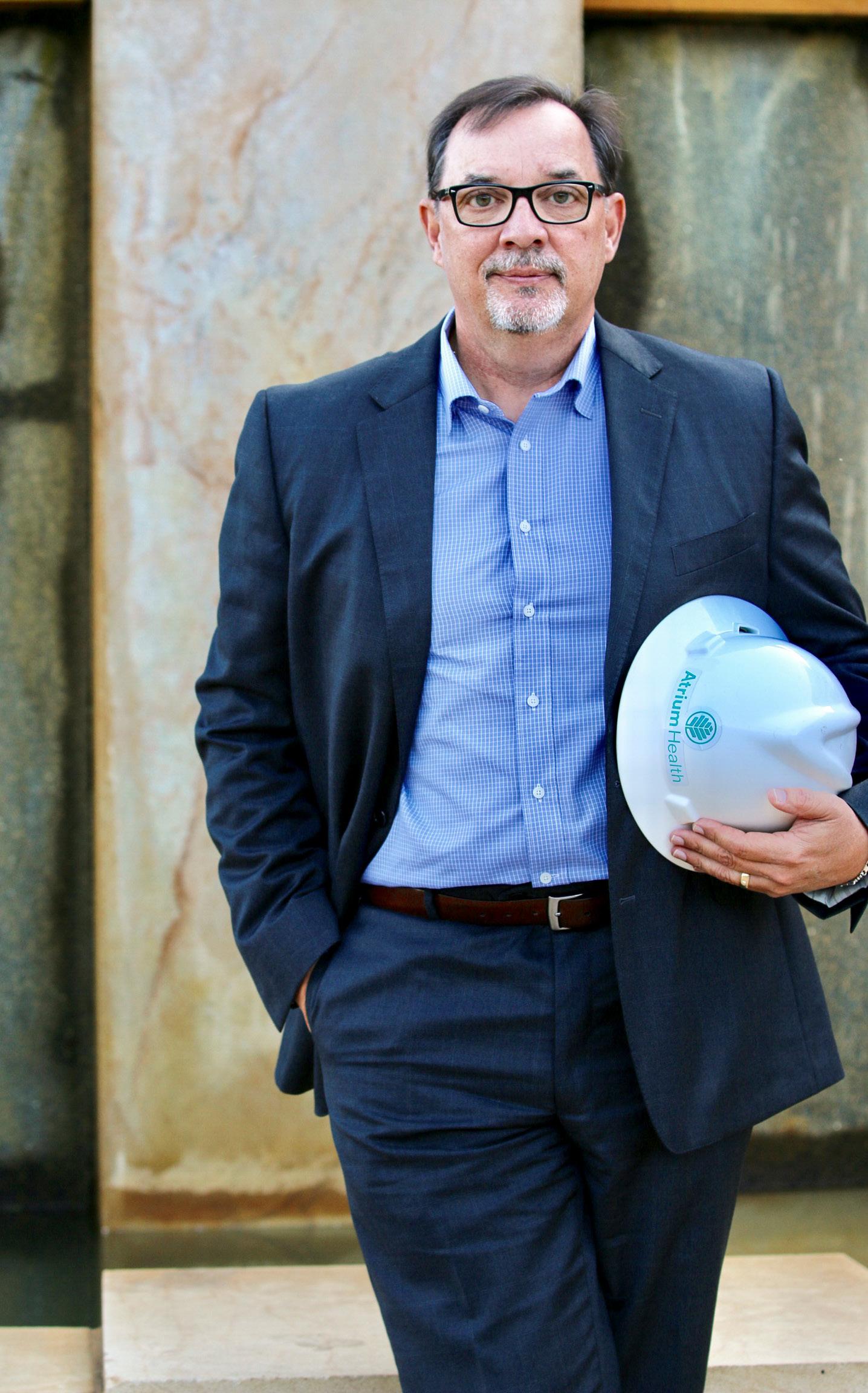
But to Wilson’s mind, the innovativeness of his approach is far less important than the consistent level at which he has implemented it. “I’ve been called unique before,” says the VP of planning, design, and construction at Atrium Health. “But I don’t want my passion, my strategy, to be seen as a onetime event.” Rather, Wilson has made a name for himself by repeatedly and successfully applying his 14-step process at healthcare systems and organizations all across the country.
The goal of that process, Wilson explains, is to create a collaborative environment that allows for the “team-driven measures of accountability,” as well as clarity of roles and expectations to drive shared goals and a common vision. Wilson achieves that by formalizing the environment, unifying the team, and removing the silos of inadequacy. Each month, team surveys are issued to validate that the environment is supportive of team success and that everyone is both held accountable for their respective duties and given a voice. According to Wilson, it’s ultimately meant to measure, adjust, and create betterment. Courtesy of Atrium Health
“Our industry does not take the time to pause and learn during the project delivery journey. We strictly engage retrospectives at key milestone moments,” Wilson explains, adding that each meeting is a chance for the team to talk about what’s going well and what isn’t. “Those conversations are tremendously useful because they are formal moments apart from the workflow. Typically, people won’t slow down enough to have these robust conversations on their own.”
He continues that transparency by expressing that honesty about success and failure is at the core of making these meetings productive. “If you outright ask someone in front of their colleagues if their work is going well, more often than not they will reply with a yes,” Wilson says. “They don’t want to seem weak or inadequate. So, frankly, we stopped asking. Instead, we use the power of our collaborative structure. To me, collaboration means measures of accountability.” To achieve this level of partner-
ship, team-defined measures are placed on the wall, and each member is asked to mark them with green, yellow, or red dots.
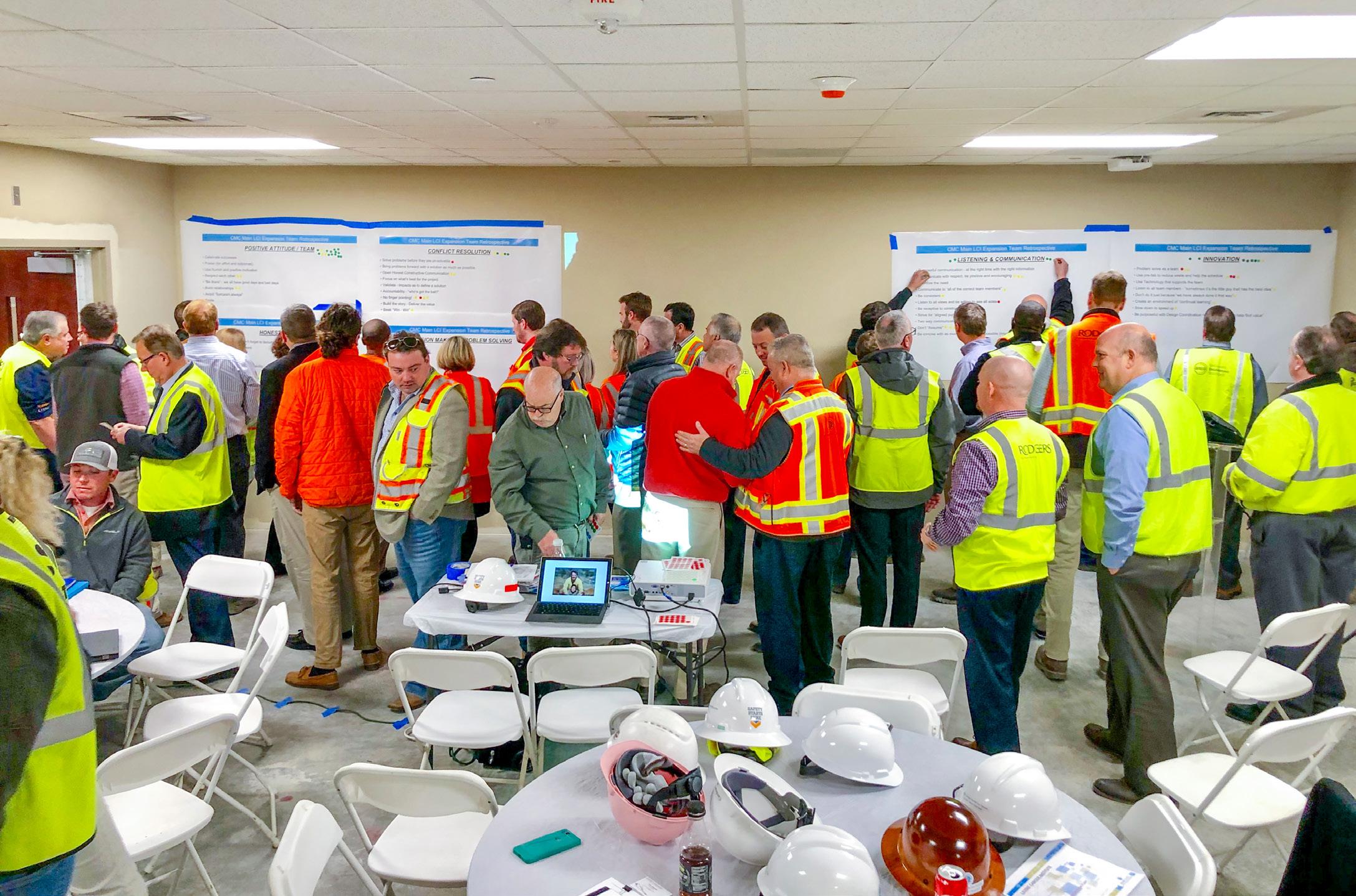
According to Wilson, those dots are an invaluable part of the process because they provide an instant visual of what everyone needs to focus on and discuss further without being too intimidating. “It creates a safe zone that produces robust conversations so Monday’s a better day,” the VP says.
Wilson was inspired to create this 14-step structure when he realized how siloed healthcare-based project delivery had become. “Siloes aren’t always bad because everyone gets really good at their individual tasks,” he says. “But because everyone was siloed, they were working often in adversarial relationships. Their contracts were held separately, so there was no unity or need to work holistically.” Wilson believes it’s the role of the owner to work against this, creating an environment to integrate the team.
The team measures what’s going well and what isn’t without speaking, instead using a “dot process” to identify areas for improvement.
Instead of working in isolation, Wilson wants his teams to return to the ideals held by Renaissance-era master builders, explaining that since they were responsible for all aspects of design and construction, they understood the impact their role had on the community. He is pleased that the industry is moving the needle back in that direction, stating that the missing link is the need for “collaborative leaders.” Ultimately Wilson’s desire is a team environment focused on alignment of vision with recognition of individuals’ impact of their work for those in their time of need.

“My teams are composed of some of the most talented professionals who are fully committed to elevating the quality of care experience,” Wilson says, emphasizing that they hire ‘teams, not firms.’ “They’re teams that grow professionally and personally together as they strive to design and deliver projects that raise the bar. Teams who truly focus on the family and patient journey because they understand how important their task is.”
That is why, at each of his construction meetings at Atrium, Wilson provides a striking reminder of his team’s patient-focused mission. “There’s a volleyball at all of our meetings, like the one in Cast Away, that represents the patient,” Wilson says, chuckling. “I came to Atrium because of the quality of the healthcare system here, and because of their passion to serve the community.”
Currently, Wilson and his team are working on over $1.5 billion in projects that are driven by this focus on structured collaboration. A lean mind-set driven by A3 studies, 3P teaming sessions, and Choosing by Advantages (CBAs) is creating a foundation of information and decisions that will drive the highest level of care and operational efficiency. They are bringing in front line staff, clinicians, medical leadership, and trauma experts in order to learn what current process and environments are limiting their daily journey. “When I say that my project teams impact healthcare and help to improve the industry, it’s because we’re teaching
everybody how to be transparent, passionate, engaged, and to think outside the box when it comes to being a collaborative leader and keeping people motivated,” Wilson remarks.
The procurement process that Wilson has developed in order to find and cultivate people of that level of passion and talent is one of his proudest achievements. He calls it an “RFC request for collaboration.”




Stantec Project Management is proud to partner with Atrium Health in their collaborative project delivery implementation.


“It’s the first step, and the foundation of all things going forward,” he asserts. “There’s no use creating a plan if you have a team that can’t really deliver on what’s outlined in that plan.” The RFC engages the industry at a show-me level. The final two teams are asked to complete five research topics in a real working environment. The teams are aligned for three weeks to work with architects, project managers, and design consultants to complete CBAs together. “It’s a fantastic view of how the teams engage and solve issues before they are contracted,” Wilson says. “It really sets a tone on how well a team can work together, given the right WSP is proud to partner with Atrium Health to deliver Future Ready™ Healthcare to patients.
Design with community in mind stantec.com/healthcare

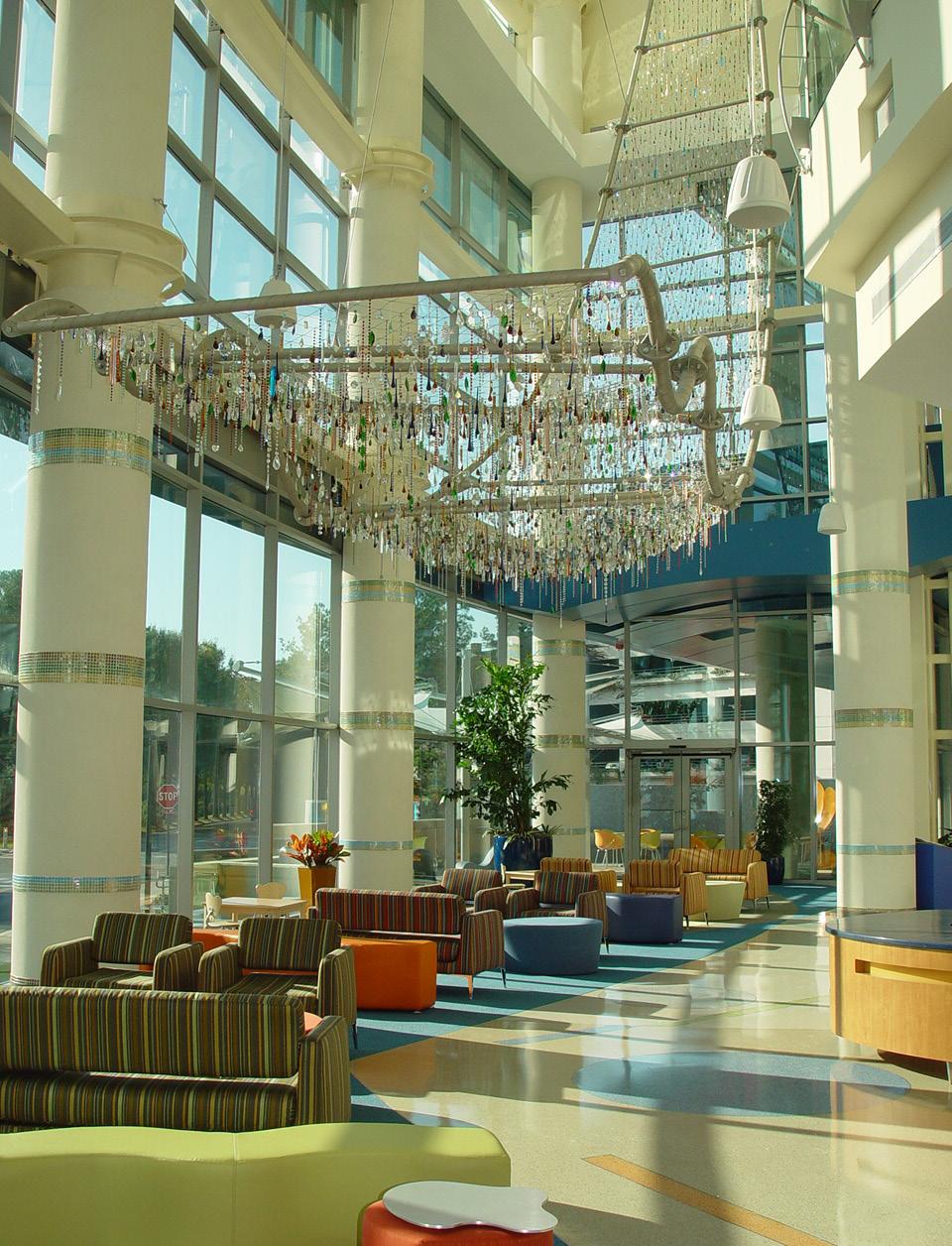
environment, from day one. We typically hear, ‘We learned more about each other in three weeks than we would typically learn in the first three to six months!’” And Wilson is thrilled with the quality of the teams he has helped procure for Atrium. “It’s very humbling,” he says. “I often don’t take enough time to pause and appreciate the level of passion I have here.”
WSP is proud to partner with clients like Atrium Health to seek out the most innovative and transformative solutions to pioneer a more resilient and sustainable future. We are a global provider of engineering services for the built environment, with expertise ranging from hospitals to high-rises.


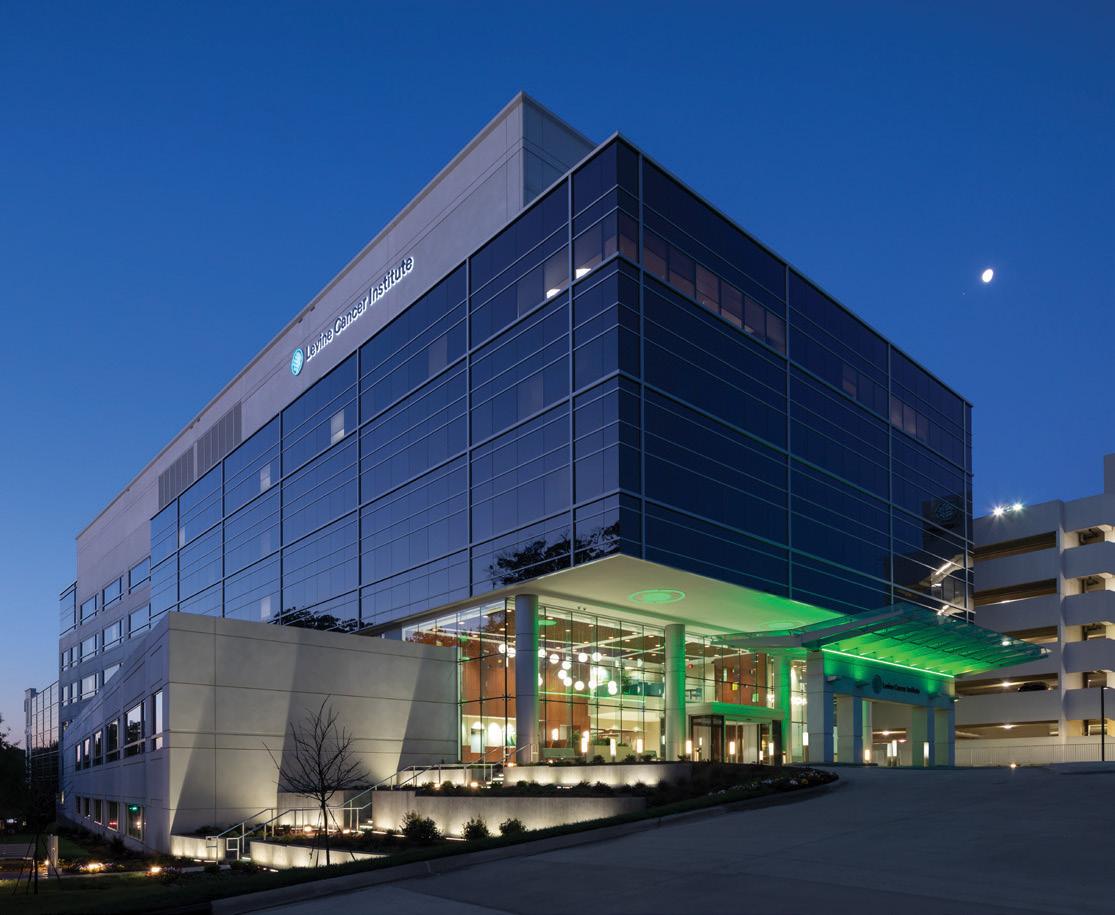
Denton has truly intensified Little’s Healthcare Studio ’s focus on partnership, team culture, and timely, effective communication. Working within a fun, high-performing, synergistic, and aligned team toward a shared goal has further elevated our ability to address the critical stakes, deep complexity, and rapid evolution of healthcare project delivery at Atrium Health.
Miles Coggins despises mayonnaise—yet even he was mesmerized by the robust and scrumptious flavor profiles of Jalapeño Holly and Sassy Scotty, two of the many playfully named chicken salads offered by Chicken Salad Chick, a booming restaurant franchise headquartered in Auburn, Alabama, where Coggins serves as the director of design and construction.
“I’m a poster child for trying it and loving it,” Coggins affirms. “You can appreciate that it’s all made in-house, all made fresh.”
Indeed, the greater southeast region of the United States appears to agree with him. The inaugural restaurant opened in 2008. In early 2014, there were 14 locations. Today, there are 128—with between 40 and 50 new restaurants expected to open in the coming years. Coggins and his team strive to support franchise owners, vendors, and corporate team members to maintain an organic and aggressive growth plan.
When Coggins was hired by Chicken Salad Chick in 2014, it was somewhat of a homecoming. Before accumulating more than a decade of experience across the country working in real estate and construction, Coggins attended Auburn University to study building science. Though he had worked extensively in the healthcare and multifamily industries, the restaurant domain was brand new to Coggins—he couldn’t have envisioned that Chicken Salad Chick would evolve into the successful franchise that is well on its way of achieving its goal of becoming “America’s Favorite Place for Chicken Salad.”
by Joseph Charney“I sensed the excitement from members of our leadership team that have long careers in the restaurant business, but it was the first time for me in this kind of industry,” Coggins recalls. He thought to himself at the time, How many could they really do?
Miles Coggins has helped Chicken Salad Chick rapidly expand in five years while the brand maintains its nostalgic atmosphere of feeling just like home
The Tulsa, OK, location gives customers a comfortable atmosphere with outdoor patio seating for al fresco dining.
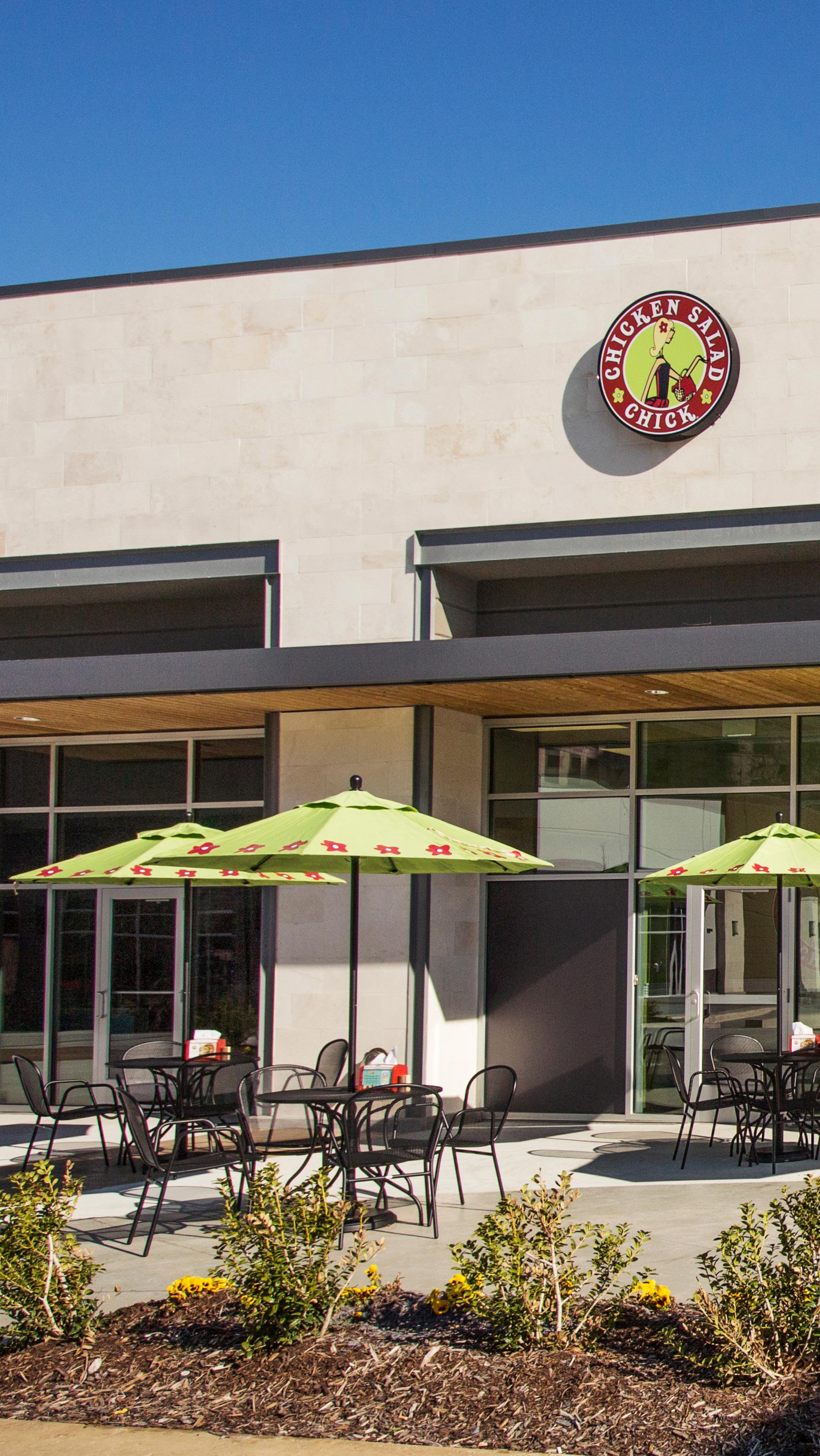
“It was a tough start because we had to figure out what exactly we had going,” Coggins continues. “We had to take a few steps back to figure out who we were as a brand. Until we established that foundation, it was a lot of throwing darts.”
But once all the departments came together to start “pulling in one direction,” Chicken Salad Chick began hitting bullseyes. “It’s our mission to spread joy, enrich lives, and serve others,” Coggins says. “We know we make good food, but you also have to treat customers right.”
The mission, however, extends far beyond how it serves its customers. The senior leadership team is laser focused on how it can gratify the communities in which it operates—and its practice of hiring, retaining, and promoting internal talent embodies such a purpose. Coggins says the team wants to support its franchise owners to dig in and be a positive impact inside and outside the restaurant. “Our dream is to bring in a team member that works in the ‘back of house’ and maybe one day you hand them a key to a franchise,” he says. “It’s that kind of thing that, overall, makes an impact on people personally—not just on selling chicken salad.”
When a customer enters a Chicken Salad Chick, the company’s vision is simple: establish an experience that feels like home. While some restaurants emphasize chic designs and modern layouts, Chicken Salad Chick values simplicity and functionality. Not only does this achieve its purpose of creating a welcoming atmosphere inside of the restaurant, but it also allows Coggins’s team to open new restaurants at a rapid pace. According to him, it also helps that “there’s no grilling or frying,” meaning that there are very few auxiliary systems that need to be added to a new restaurant.
“Most of the fixtures and appliances are ‘plug and play,’” Coggins explains. “Once we got past that learning curve of understanding the operations side of our brand, there was more consistency and standardization between legacy stores and new stores.”
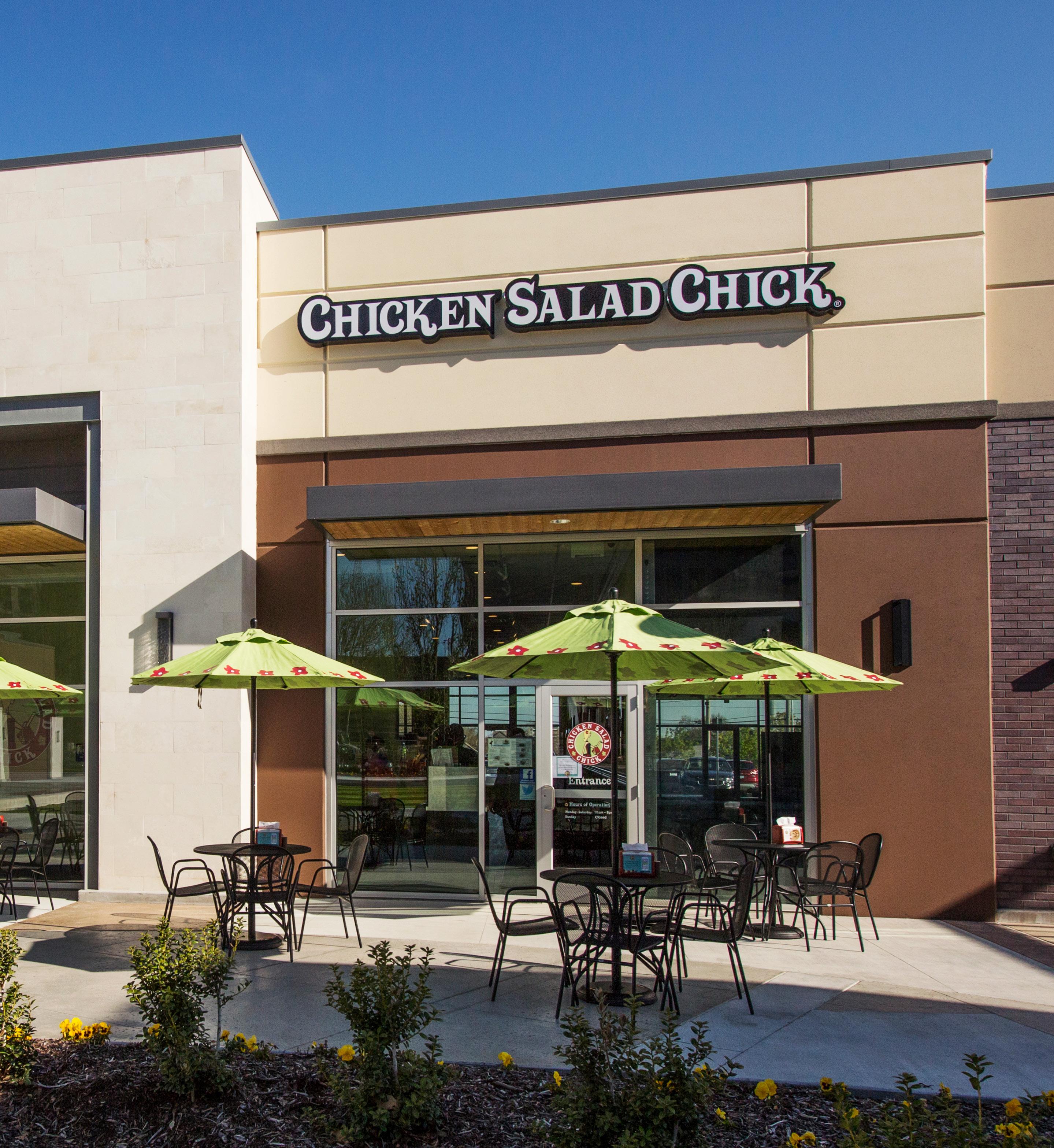
Still, the countless moving parts associated with opening a new location on a tight timeline—keeping contractors, developers, landlords, and owners all on the same plan—is the most challenging aspect of Coggins’s job. “We can’t take anything for granted,” he says. “We can’t assume that just because something worked in one place that it will work in another. There are always new challenges working with new jurisdictions and municipalities, new local contractors and suppliers, and new logistics for vendors. The construction industry as a whole is still booming, so reliable resources and availability of strong trade labor is critical.”
As exciting as outward expansion is, Coggins says that “growing concentrically” is the company’s primary focus. “Instead of only going blindly into new markets, we want to hit the current ones with more density and grow brand recognition, then spread the footprint naturally,” he explains.
About 70 percent of Chicken Salad Chick’s restaurants are franchise-owned, but Coggins hopes to see that number be even higher. “We still don’t have the brand recognition of some of our competitors, but more people see our name every day,” he jokes. “It helps the brand to not just pour into corporate stores, but instead to focus on helping franchise owners themselves be more successful and expand.”
Coggins has three direct reports: a project manager, a development coordinator, and an administrative assistant. “I don’t believe in micromanagement because I trust them to do the job and can confidently put them in front of our franchise owner and vendors,” Coggins says. “We all get along well, our personalities mesh well, and they are all hungry, humble, and smart. We want to support our franchise owners like our clients and through that, continue to grow the success of Chicken Salad Chick.”
If you visit Chicken Salad Chick’s website, you’ll be greeted with a large banner that reads: “Made fresh daily and served from the heart.” It’s quite clear that this goodness emanates from much more than just the kitchen’s signature ingredients.
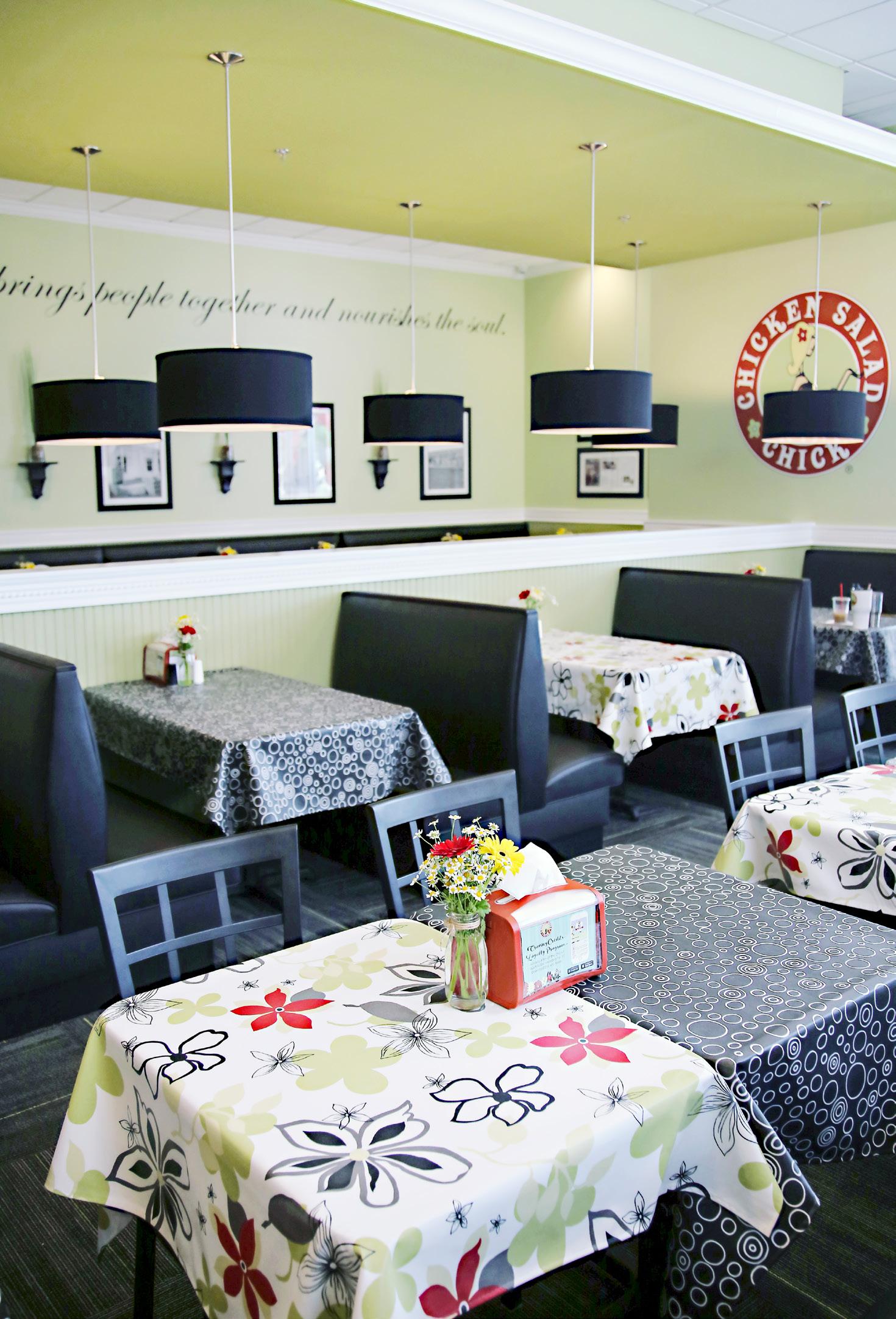
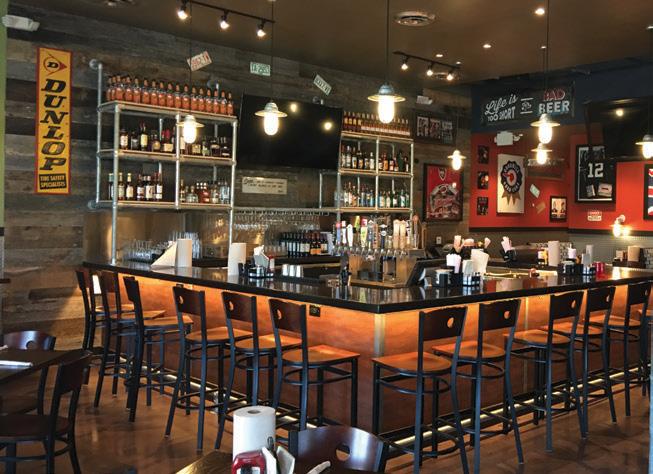
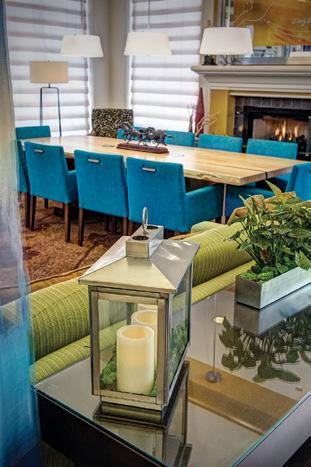
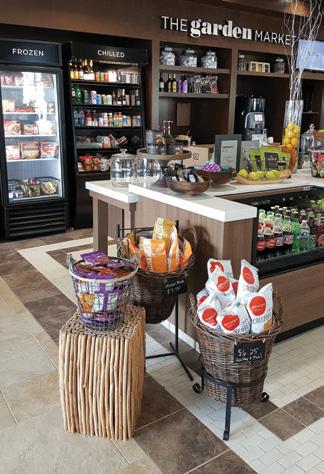
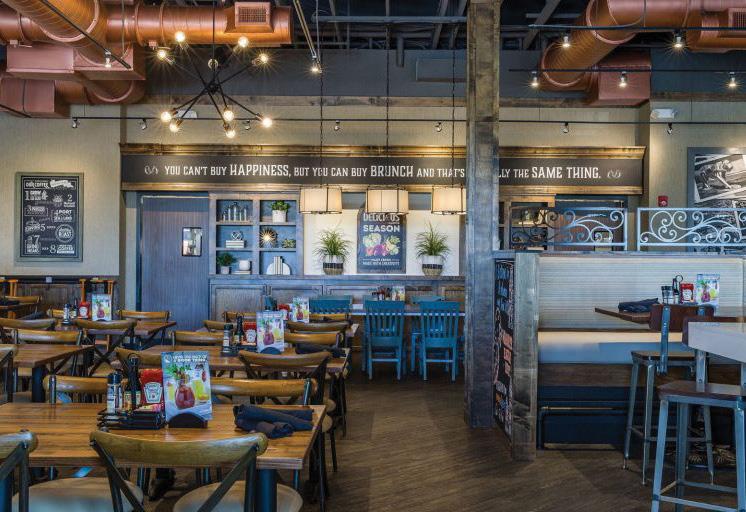
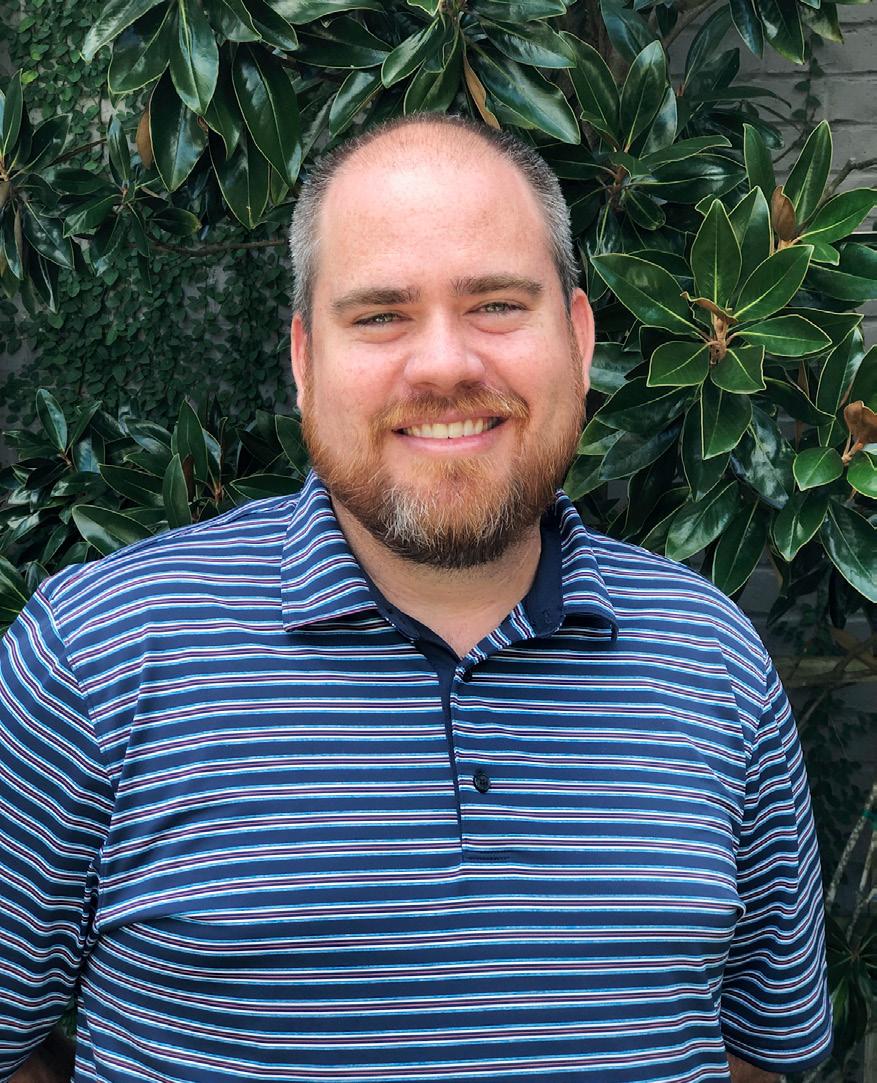
“It’s our mission to spread joy, enrich lives, and serve others. We know we make good food, but you also have to treat customers right.”
Miles Coggins Director of Design & ConstructionChicken Salad Chick
The new Digital Innovation space doesn’t have assigned seating, instead allowing teams to connect in a variety of open spaces.

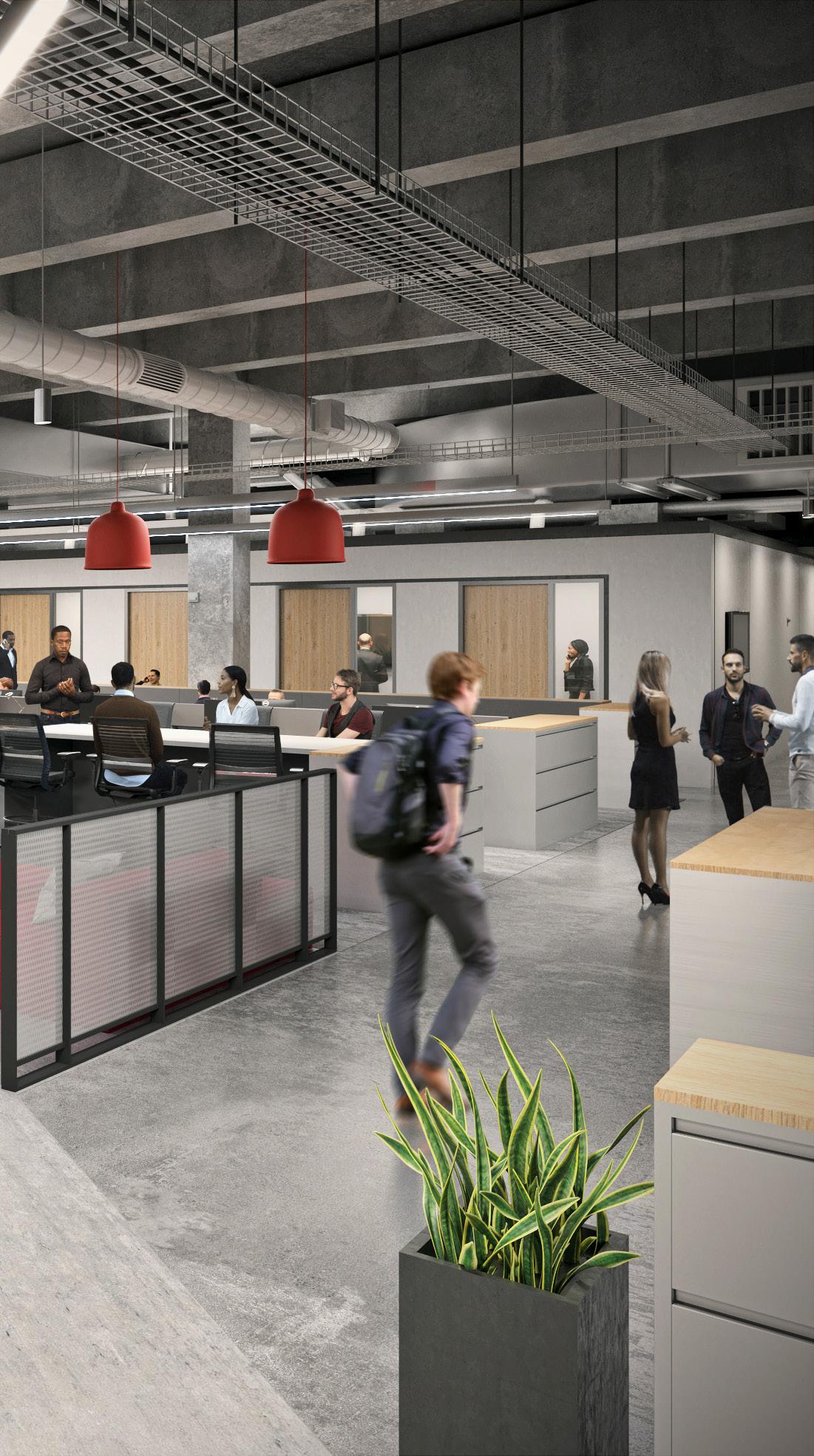 by Melaina K. de la Cruz
by Melaina K. de la Cruz
It’s the end of a long day at the office, and you have a headache. You remember you ran out of hand soap this morning and the thought of peanut M&Ms is enough to make your stomach growl. The signature red cursive of the word “Walgreens” flashes in your mind, and you decide to make a pit stop for some Excedrin, soap, and of course a crunchy snack for the commute home.
It’s great to have a trusted, convenient location for everything you need, from healthcare and wellness to household items, and with more than 9,000 locations around the country you can always stop by a Walgreens retail pharmacy. The company is not only committed to providing its customers with the things they need but also strives to protect the planet we all live on.
Amanda Quinton, Walgreen’s senior director of workplace solutions, explains that the concept of corporate social responsibility (CSR) is especially meaningful to the organization. Quinton and her team, along with a dedicated CSR person, have spearheaded several initiatives within the company’s Deerfield, Illinois, headquarters by implementing sustainable “new ways of working,” both inside and outside the building.
One of the most basic aspects of Quinton’s program is closely tied to the recent transition to an open space environment, doing away with the traditional cubes and offices layout. Individual waste bins have also been eliminated, replaced by a central waste and recycling area that prompts people to leave their desks and be conscious of the way they dispose.
“I think it allows people the opportunity to make better decisions around whether something should be put into recycling versus waste,” the workplace solutions director explains. “Unfortunately, when you have that waste can at your desk, you tend to put everything into it.”
The Welcome Center in Deerfield, IL, allows guests to be greeted in a space that shares Walgreens’ history and culture, while the “green” space supports both individual work and team collaboration.
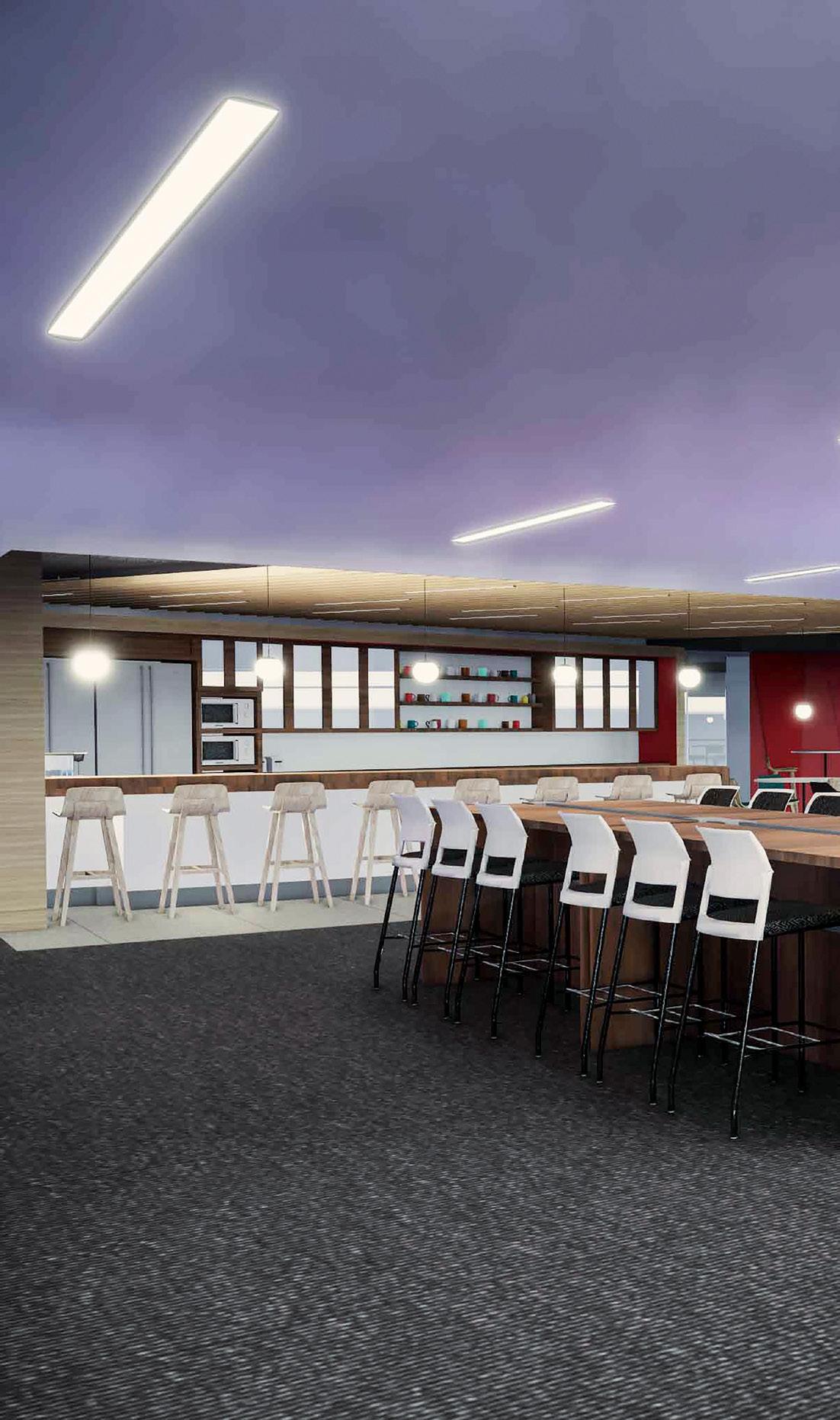
As part of its waste and recycling program, the company has also begun to compost within its cafeterias. Quinton notes that her team is coordinating with the food service vendors to ensure all products and materials they’re providing with the food are compostable.
Walgreens has been able to divert an impressive 93 percent of waste from its distribution facilities around the country from going into landfill, thanks to its robust “zero waste to landfill” program. “Being a part of the Walgreens community that supports these initiatives is really important to me,” Quinton says. “We hope we have people join our teams who have a vested interest in these programs because it’s another way in which we
help protect the environment and support the communities that we’re in every single day.”
All of these initiatives are part of Walgreens’ CSR commitments to improving healthcare access, being a responsible neighbor, doing business with integrity, and treating people with dignity and respect.

The senior director’s favorite initiative is one she was most apprehensive about when the idea was first shared with her: an urban beehive.
“Our CSR group scheduled a meeting and kept it very cryptic around the subject,” she remembers.
“A reason I worked in disaster recovery was because I wanted to try something new and engage with people differently, and I did so by leading both recovery on the property side and business continuity as a whole for the organization. When Hurricanes Irma, Maria, and Harvey all hit back-to-back in 2017, we had thousands of stores impacted, the majority in Puerto Rico and the US Virgin Islands. We spent about 12 weeks locked away in a disaster recovery center where we worked countless hours to provide food, supplies, and medications to those areas and to rebuild as quickly as possible because we understood that communities were relying on those stores for medications and groceries. It was one of my biggest challenges ever, but it was also highly rewarding to see the impact we could have on an entire community. It connects you to humanity as a whole.”
“I found out they did so because they wanted me to sponsor an urban beehive, and were worried my reaction would be, ‘I don’t know anything about this—how will I be able to help?’”
She quickly warmed to the idea when the program was fully outlined to her and, within a couple of months, the first urban beehive was installed. Located on top of one of the central buildings, the beehive allows thousands of worker bees to pollinate the local environment and will eventually be used to harvest honey for on-campus distribution.
Quinton’s team and its CSR partners are organizing informational sessions to educate team members on the importance of the beehive. “It gives them a different understanding of how we can contribute to sustainability, outside of recycling and composting,” she explains. “It’s such a tangible thing—you can see the bees, hear the bees, and to be able to have that interaction gets people excited about how they can champion our environment.”
The corporate headquarters is also in process of transforming a formerly unused and unkempt space into a courtyard garden area for employees to relax, collaborate together, and enjoy a firsthand glimpse of another set of pollinators—monarch butterflies, who thrive by consuming milkweed that’s grown in the garden, which in turn provides pollen for the bees and other insects.
The inspiration for this idea, Quinton says, is founder Charles Walgreen’s wife, Myrtle, who had an affinity for gardening. Surrounded by a variety of small trees, shrubbery, perennials, and of course, milkweed, the courtyard is intended to not only be pleasing aesthetically but also offer yet another perspective on sustainability.
Quinton herself has experienced a journey of transformation in terms of her career. She came into the property division with an 18-year background in IT, having no experience in her new field. This perspective allowed her to ask all the questions others might be afraid to ask and ultimately helped her succeed.
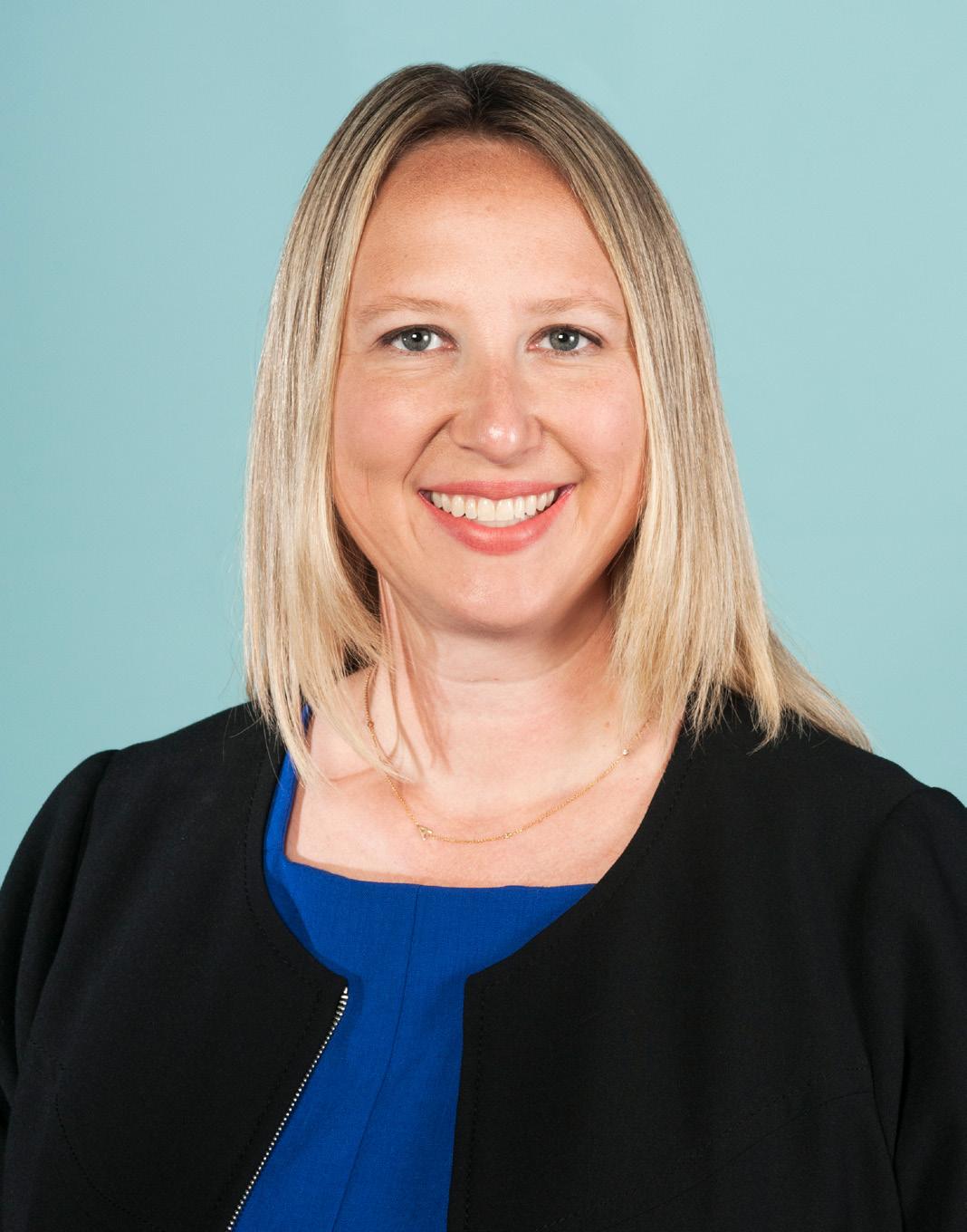
“You hope we have people join our teams that have a vested interest in these programs because it’s another way in which we support the environment and the communities that we’re in every single day.”
From there, Quinton moved into corporate disaster recovery before ultimately settling into the position of workplace solutions senior director. While many people consider her team’s work as being tied mostly to physical renovations across the campus, she emphasizes that it’s also largely contributed to a cultural transformation. Beyond the sustainability programs, Quinton’s team has rolled out new amenities such as state-of-the-art mother’s rooms, wellness rooms, and streamlined support to help employees find what they need on campus.
Through these efforts, Quinton and her team recognize that the ability to serve customers begins by satisfying the employees and helping them be more conscious of the new ways in which they can work.

“We continue to stay relevant as an employer so we can attract and retain the right talent,” Quinton says. “We want the best and brightest because we believe we have an important mission to support our patients, customers, and the people in our communities.”

NEWMARK KNIGHT FRANK IS REDEFINING REAL ESTATE’S RELATIONSHIP WITH THE WORKPLACE and taking an innovative approach to the ways owners and occupiers achieve their business objectives.

The Global Corporate Services Workplace Strategy and Human Experience team helps NKF clients improve productivity and collaboration, align and nurture company culture and brand, and meet the needs of today’s workers by envisioning flexible environments where employees want to work, participate and perform. Businesses looking to the future look to Newmark Knight Frank.
ngkf.com



Weyen Burnam knows bigger isn’t always better. Since joining StorageMart, his family’s business, in 2000, the company has achieved tremendous growth at the hands of a very small, very hardworking team. Through a strategic combination of construction and acquisition, over the past two decades StorageMart grew from 14 facilities to 215, covering more than 12 million rentable square feet throughout the US, Canada, and the United Kingdom.
StorageMart’s small size often means employees are thrust into leadership positions before they feel ready. Burnam experienced this firsthand, joining as a project manager after working in the tech and insurance industries. “I was cutting my teeth at that time but was given opportunities to manage multimillion-dollar construction properties. It challenged me to be better and learn
quickly on the job,” he says. Today, he’s director of construction and development.
This model challenges employees but also helps them to grow. As a necessity, failure is treated as a learning opportunity. “We believe failure helps us improve as a company, and we just ask that you learn from it and create a process, so it doesn’t reoccur,” Burnam says, mentioning that an embrace of failure is a pervasive family trait. His uncle, for instance, often says he loves to break things “just for the sole purpose of seeing if the way we built it the first time was the right way,” Burnam says. “That willingness to challenge things has put us on the cutting edge.”
As an industry outsider, Burnam brought a muchneeded fresh perspective. Seeing an opportunity in bringing the acquisition side of the business in-house,
he earned his real estate license and bought a brokerage firm. He also helped shift the company’s focus away from cheap garage-like storage units to state-ofthe-art facilities dedicated to customer service. These new-age facilities are often multistory (due to the realities of building in a big city) with interior pull-in and attractive features such as living landscape walls more common to retail developments. For the first time, StorageMart began budgeting for large-scale annual improvements.
“We want the customer experience to be positive from beginning to end,” Burnam says. Convenience is a huge part of meeting that goal, and so StorageMart includes full pull-in and loading bays, large elevators, and wide hallways to make moving furniture in and out a breeze. “These extra conveniences are
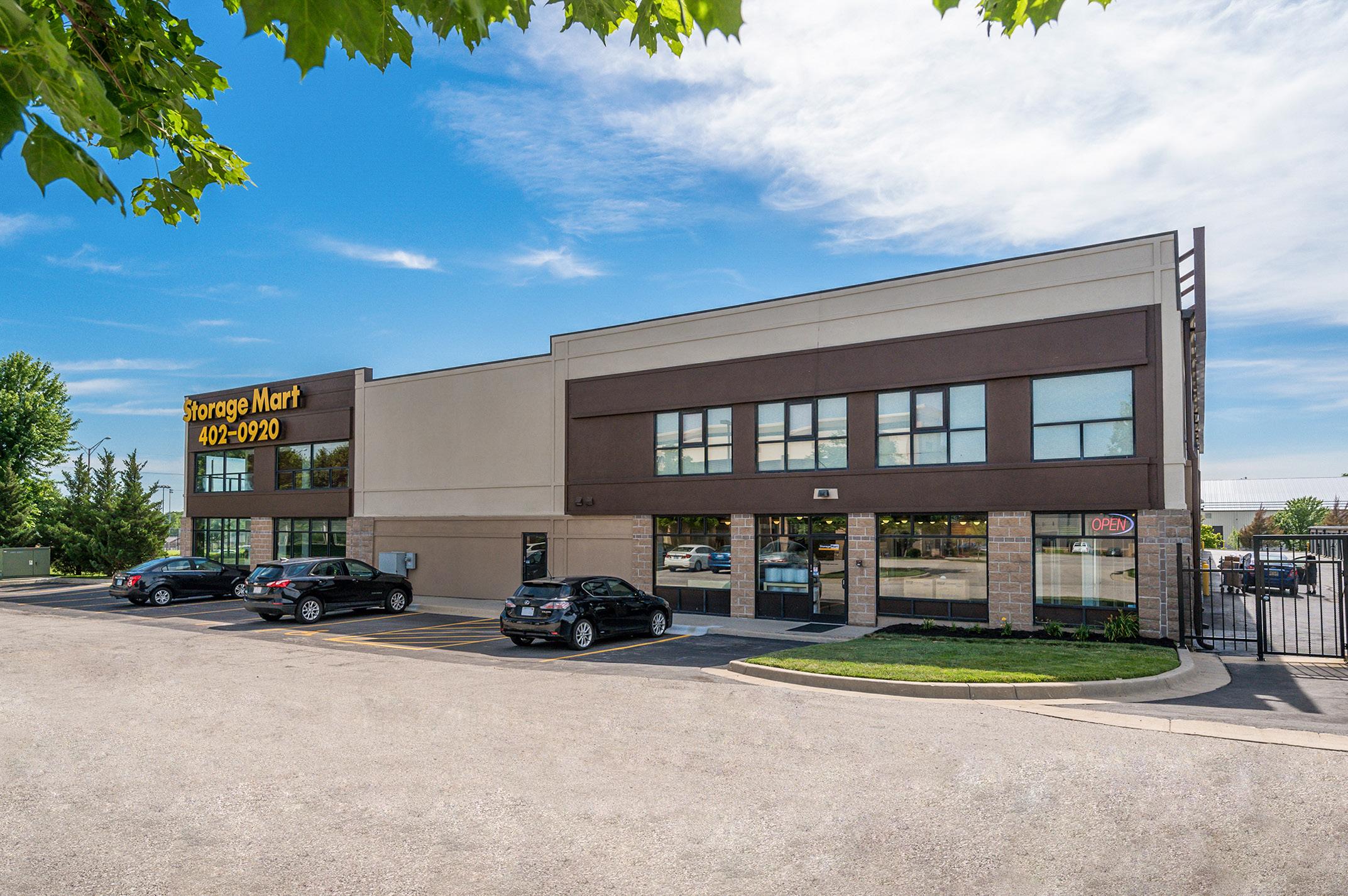
“We believe failure helps us improve as a company, and we just ask that you learn from it and create a process, so it doesn’t reoccur.”
intangible selling features and keep people coming back,” Burnam says.
Another goal is to blend in with the neighborhood. One of the best examples, he says, is in Overland Park, Kansas, where StorageMart purchased an old Hyvee grocery store and redeveloped it into a storage facility in 2016. “It’s nice to see that we’re no longer building ugly block buildings,” he says. “It used to be about how cheaply you can get property, and now we’re building facilities that fit in with the neighborhood and people don’t mind visiting.”
Boxwell had the opportunity to help a burgeoning self-storage facility maximize vacant space on its lot. The customer decided to add Boxwell containers after learning they were more cost-effective than a traditional self-storage building or other storage options. Utilizing careful site planning and a team of experienced installers, Boxwell laid out 66 storage containers along easements and property lines, adding a total of 8,000 square feet of rentable space. With a delivery schedule of just 8 to 10 weeks, no time was wasted in the realization of additional revenue. The facility has since ordered Boxwell containers for its other sites due to the superior quality product and customer service offered throughout the whole process.
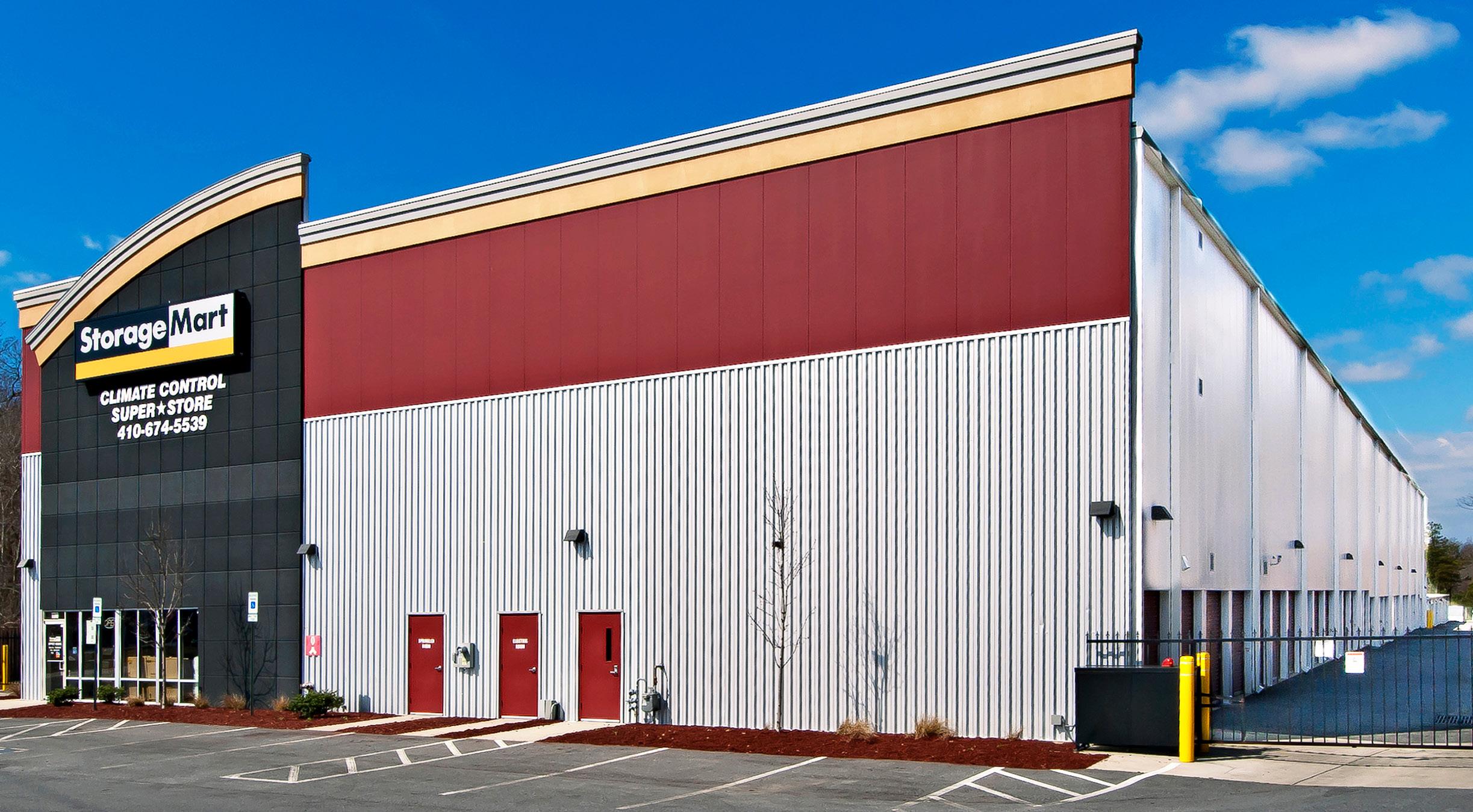
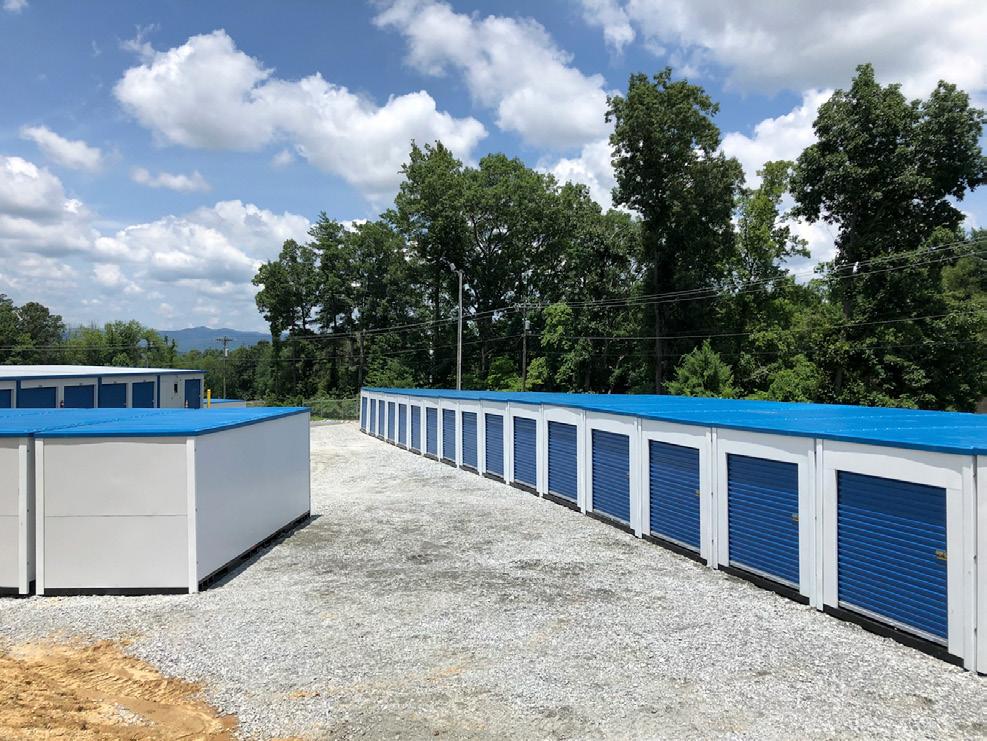
Although the specifications for what makes an acceptable storage facility have changed, what hasn’t is the small size of StorageMart’s team. Burnam, for instance, works with just one other individual on construction and development. “The benefit is both of us know exactly what’s going on and can be flexible and make decisions easily,” he says. “The downside is we regularly have multiple major development sites going on and there are a lot of moving pieces with each one, in addition to the $15 million in capital improvements we oversee.”
Its small size means StorageMart’s relationships with vendors and contractors are essential to its success. One such partner is Janus International Europe. Since 2015, StorageMart has relied on the company to provide full general contractor conversion and expansion options in the UK. “With challenges culturally, in time zones, and construction specifica-
tions, having a local solution for many of our needs in the UK has been extremely valuable,” Burnam says.
Another important partner is Crocket Engineering, which StorageMart has worked with for two decades. “They are our first line of contact when we’ve identified a possible new location or opportunity to expand a location,” Burnam notes. Crocket’s services include zoning review, initial site layouts, full civil and structural engineering, and site surveying. “They also are licensed in many states we develop in, so they can transition from concept to [construction documents] in short order,” he says.
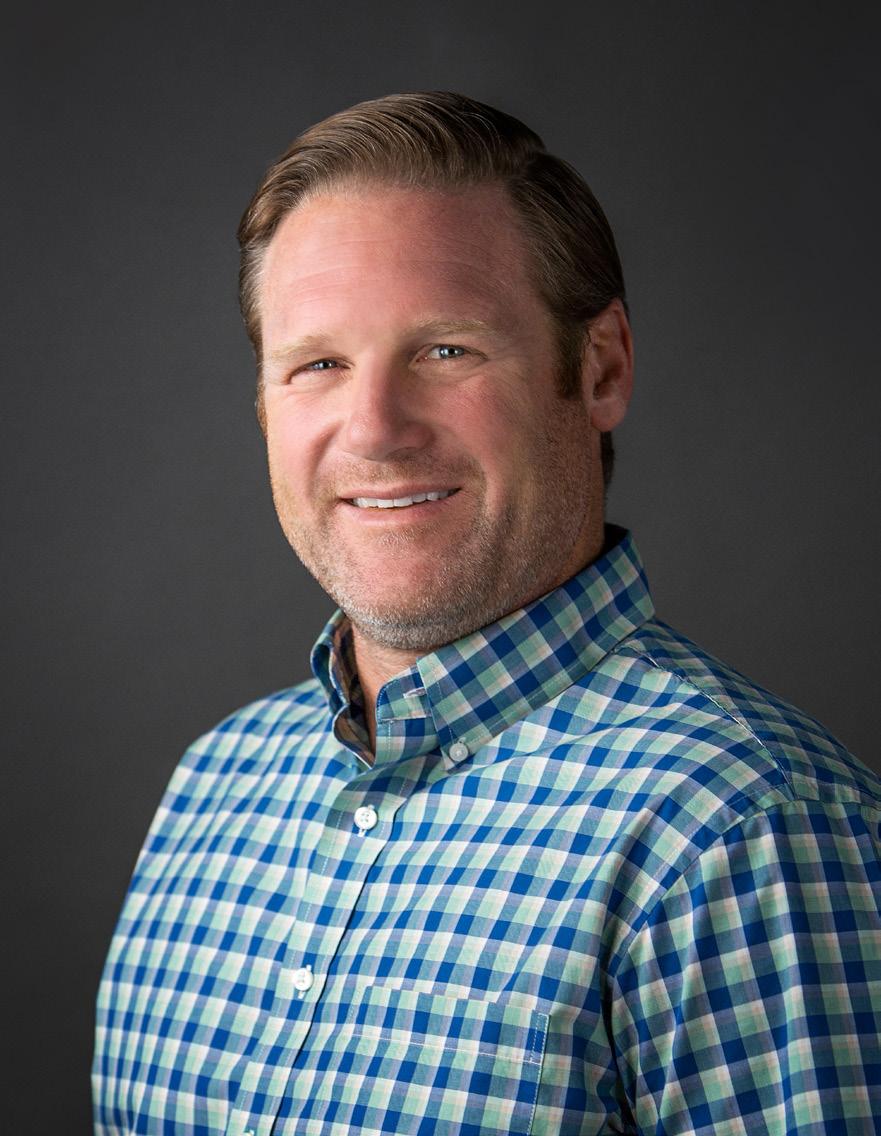
Burnam’s time at StorageMart is proof that small teams can accomplish great things and that customer service is imperative, even in industries that have historically operated otherwise. But perhaps it’s the company’s openness to new ideas and failure that is most responsible for its growth. “The company was founded on the shoulders of my grandparents, who always let you know where you stand—for better or worse,” Burnam says. “That openness still pervades the rank and file, which means all doors are open during business hours.”
Boxwell® is a full-service, 360° container solutions company that o ers superior customer service, consultation on best use, custom container designs, financing, and aftermarket services. Boxwell provides storage solutions to various industries including self-storage, portable storage, construction, restoration and disaster relief.
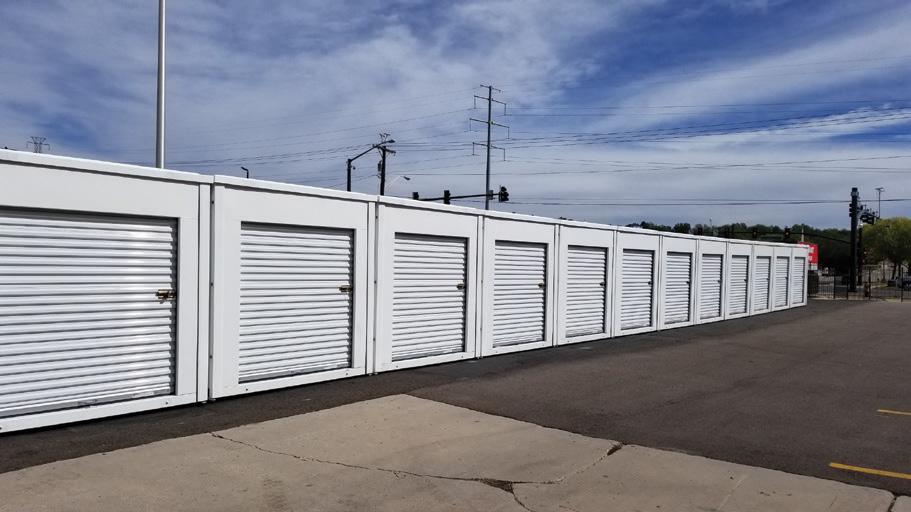
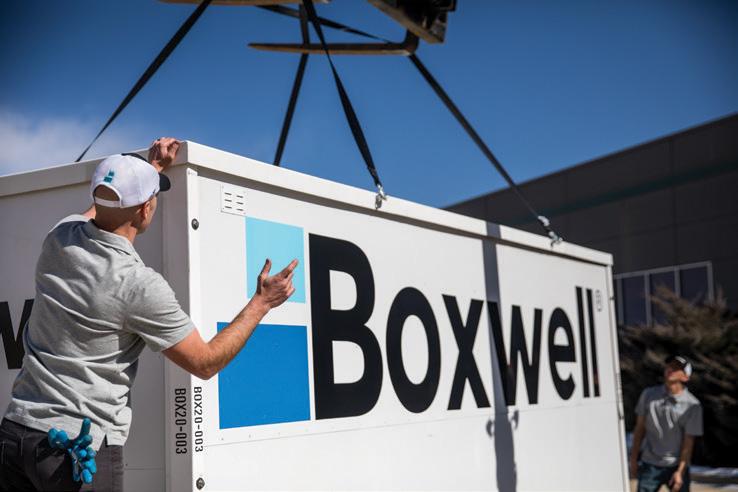
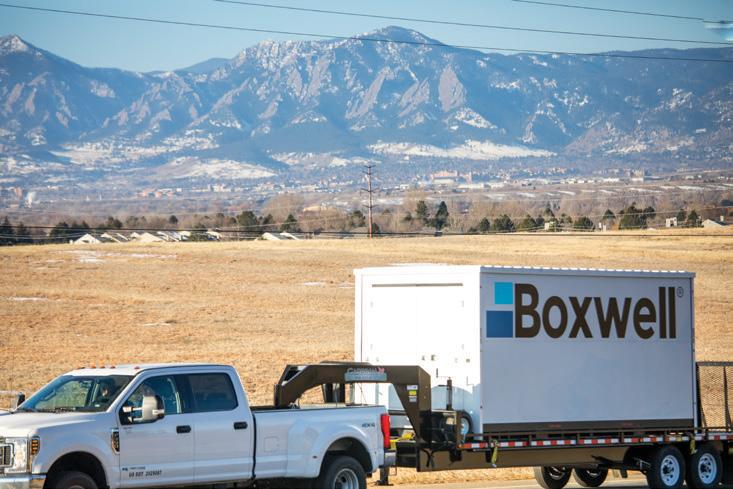
Sharing stories that detail motivations, ambitions, and missions of executives in the building industry and getting a firsthand look at what they are achieving today
Daniel Batty spotlights the culture of support at Dutch Bros Coffee and the people-centered principles that have guided him throughout his career in construction
by Sara Deeter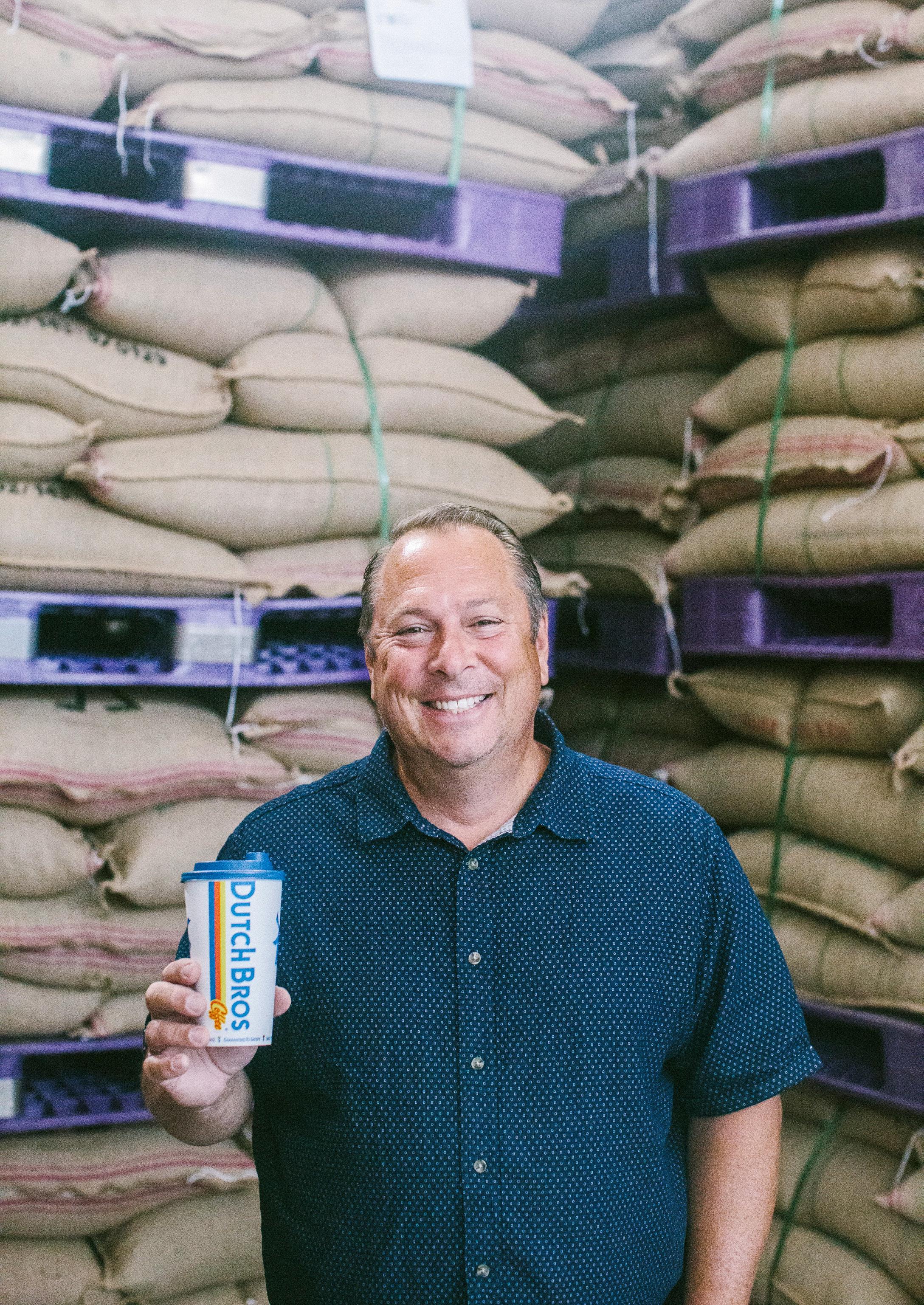 Daniel Batty Director of Construction
Daniel Batty Director of Construction
When Daniel Batty interviewed for the director of construction position at Dutch Bros Coffee, the CEO spoke little about his background and résumé.
Instead, they talked about personal things: life, family, hobbies. By the second hour of the interview, the two men were bonding over the loved ones they had lost and the profound impact it had on their lives. But that was more than just a cathartic experience—it was also the perfect introduction to the culture that Batty would soon find at Dutch Bros.
While the company has been serving coffee since 1992, back when it was just two brothers brewing from a pushcart in the small town of Grants Pass, Oregon, it has since grown to more than 350 locations in seven states and thrives off its values of warmth, respect, and love.
As Batty explains, the CEO of Dutch Bros revitalized the company after losing his brother and being reminded of the “importance of love.” The company stopped franchising the business and focused on spreading happiness from dirt to cup, embracing the
needs of both Dutch Bros employees and every person they come into contact with along the journey.
Once Dutch Bros builds a drive-through shop or walk-in coffee house, Batty says, the company hands the keys off to one of its employees, who are guaranteed a fixed salary and 50 percent of the profits. “We’re very good to our people,” Batty remarks. And those people in return pay it forward—Dutch Bros employees pride themselves on their ability to engage with, and even change the entire outlook of, the communities they serve.
This is practiced in a variety of ways, namely through the company’s foundation, Love Abounds, which supports charitable programs and donations. Whether that’s done through funding soccer and baseball fields, team members making weekend trips together to pick up trash in local communities, or through its countless donations, Dutch Bros is devoted to having a local impact.
“We love the Grants Pass community so much, and we’ve heard from so many people who are just so grateful for our CEO and all he has done in Josephine County,” Batty says. “We hire professionals that
The Dutch Bros culture is based on warmth and support amongst the team.
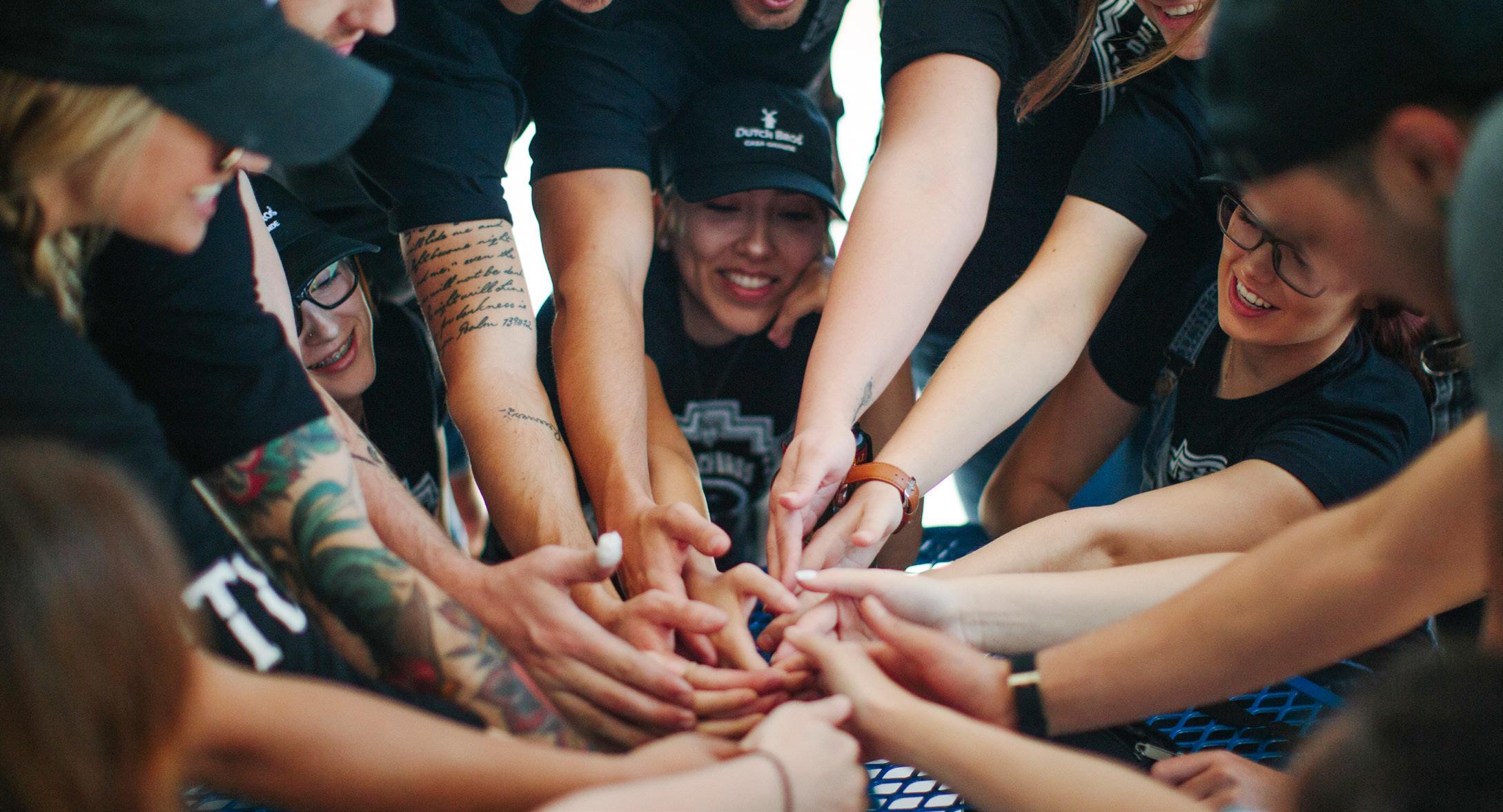
embrace a servant leadership mentality. It sounds like such an easy concept: do good, be nice, and work with love, but there are a lot of people out there who don’t bring that energy.”
And Dutch Bros works hard to keep that energy level high, Batty notes, starting with a caffeinated celebration each Monday morning. “We have ‘dub shots,’ which means we all gather around the front office, grab a double espresso shot, and celebrate our company. It’s a chance to give a toast to all of the people who have had some sort of success, whether that’s getting married, graduating college, or gaining a new addition to the family. This is usually followed up by letters from our customers sharing how we have touched their lives as well.”

Moments like those are not just to highlight the positives in the team members’ lives, Batty says, but they also help you think about the people you work with and understand their journeys a bit better.
“We’re so quick to judge people, but we don’t know what’s going on in their life,” he explains. “There was one person I knew in a previous position who was very challenging to work alongside. But then, my last week at the company, we had to spend several hours together
Every May, a day is dedicated to raising funds for the Muscular Dystrophy Association, in memory of cofounder Dane Boersma.
“We hire profesisonals that embrace a servant leadership mentality.”
and I heard about what had happened to him—his wife had died in a car accident and he was left to raise his son by himself, who passed at age 18 from cancer. All my animosity toward him just melted away. It was the most valuable lesson I had ever learned about judging people without access to their past experience.”
At Dutch Bros, Batty continues to make people a top priority—and says that’s the secret to his triumphs.
When the director of construction joined the company in July 2018, there was a “clean slate” on the construction side of the business. “They had some pieces in place, but they didn’t have the formula. It was a chance for me to bring my experience into play and help them meet their development needs,” Batty elaborates.
That formula has certainly evolved. Dutch Bros went from developing 9 sites annually to 26 in Batty’s first year at the company, and after completing 61 projects in 2019, they’ll be aiming for triple digits in
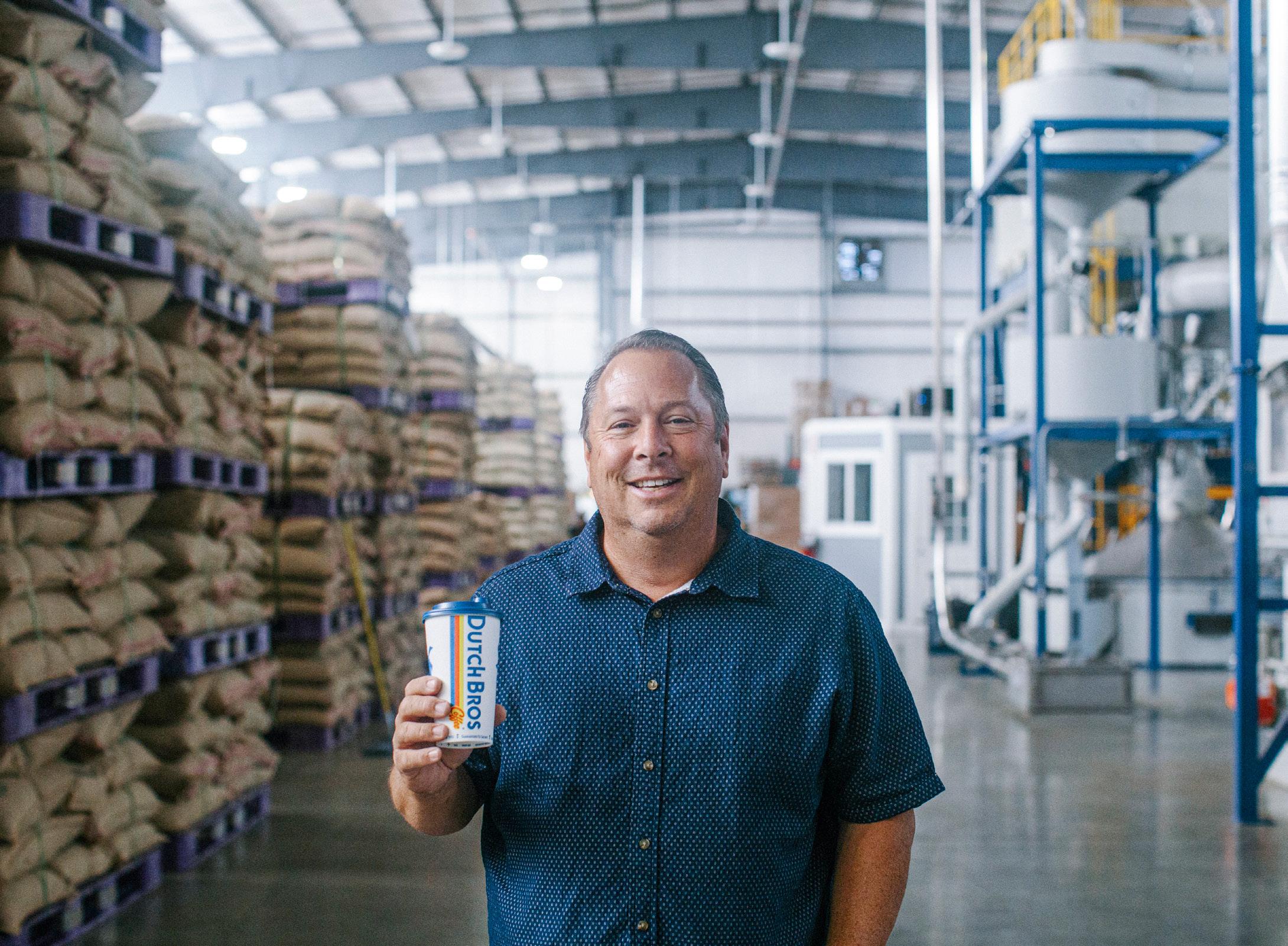
Daniel Batty’s mission is to provide guidance to a new generation of leaders as they advance in the field.
the coming years. “I would love to think, ‘Gosh, this all happened because I am such an amazing dude,’” Batty jokes. “Actually, we went on a bit of a hiring spree when I came here and loaded up our team with some amazingly talented professionals. We’ve built all this together as a team. I love being challenged by them; they make me a better person and the ongoing collaboration makes us better at our jobs each day.”
“I love to laugh and am constantly looking for antidotes or quips to help me navigate the day. I actually made my own acronym for ‘LOVE’ because it’s such a big deal to us,” Batty continues. “I always say, ‘Laugh Often, Value Everyone.’ It is the real formula to success that so many companies are lacking nowadays, and something I want to embrace.”
As Batty remarks, that sense of love is particularly important when the team inevitably has to have ‘tough conversations.’ For example, in order to ensure
greater consistency across the board with their projects, Batty and his team have reduced the number of architects who work on their projects to four teams and collaborate exclusively with qualified, reliable general contractors. While he recognizes that there are challenges in limiting who can touch Dutch Bros’ buildings, he focuses on the positive outcomes of price, quality, and delivery.
“That’s how we get the quality we’re looking for,” Batty explains. “We’re only as good as our partnerships, and we have developed an incredible group of team players . . . I work for an amazing brand, ‘the unicorn’ as I like to say; it’s almost too good to be true. I keep thinking I’m going to wake up from a dream and thankfully I never do.”
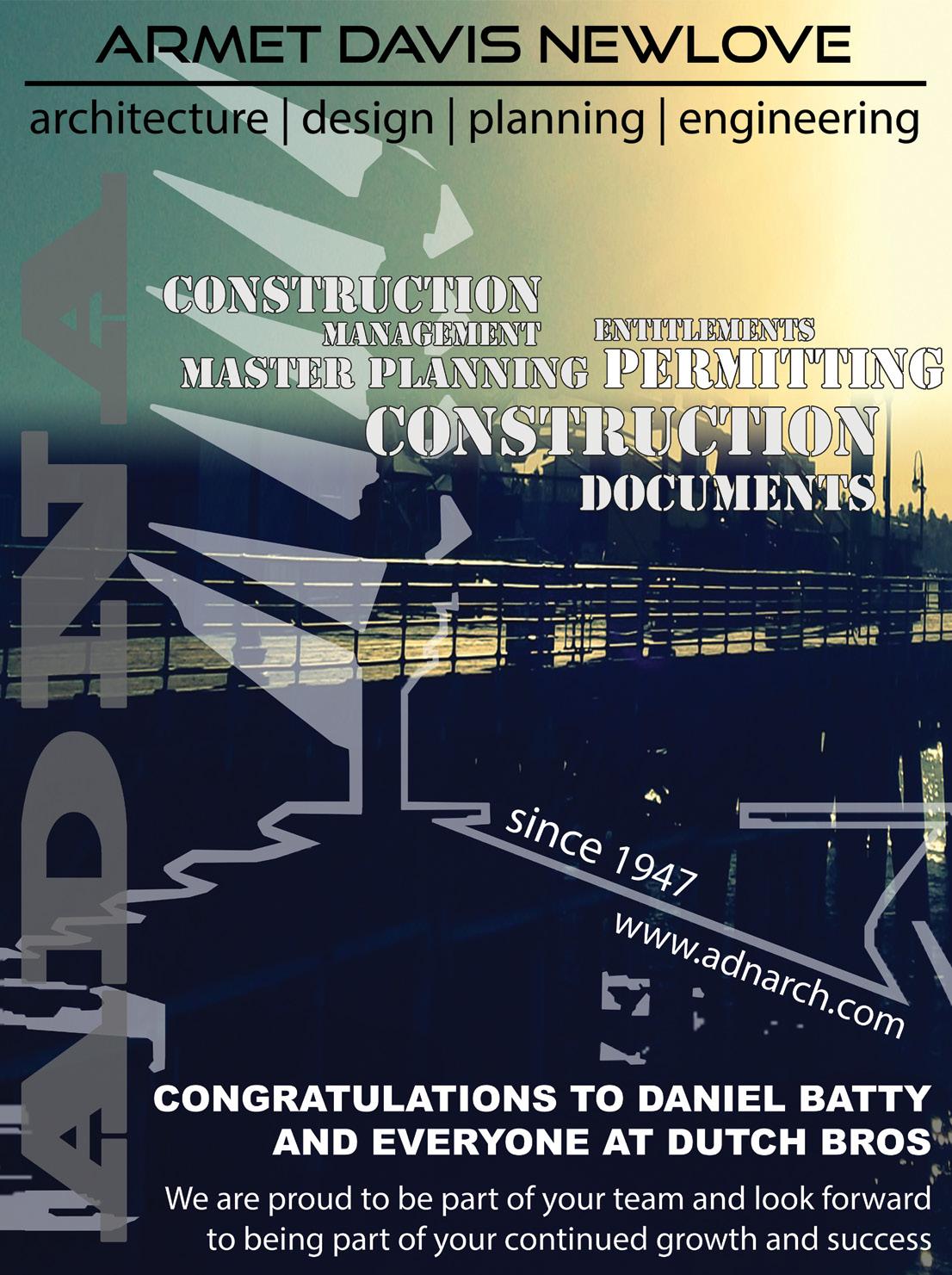
“I actually made my own acronym for ‘LOVE’ because it’s such a big deal to us: ‘Laugh Often, Value Everyone.’”
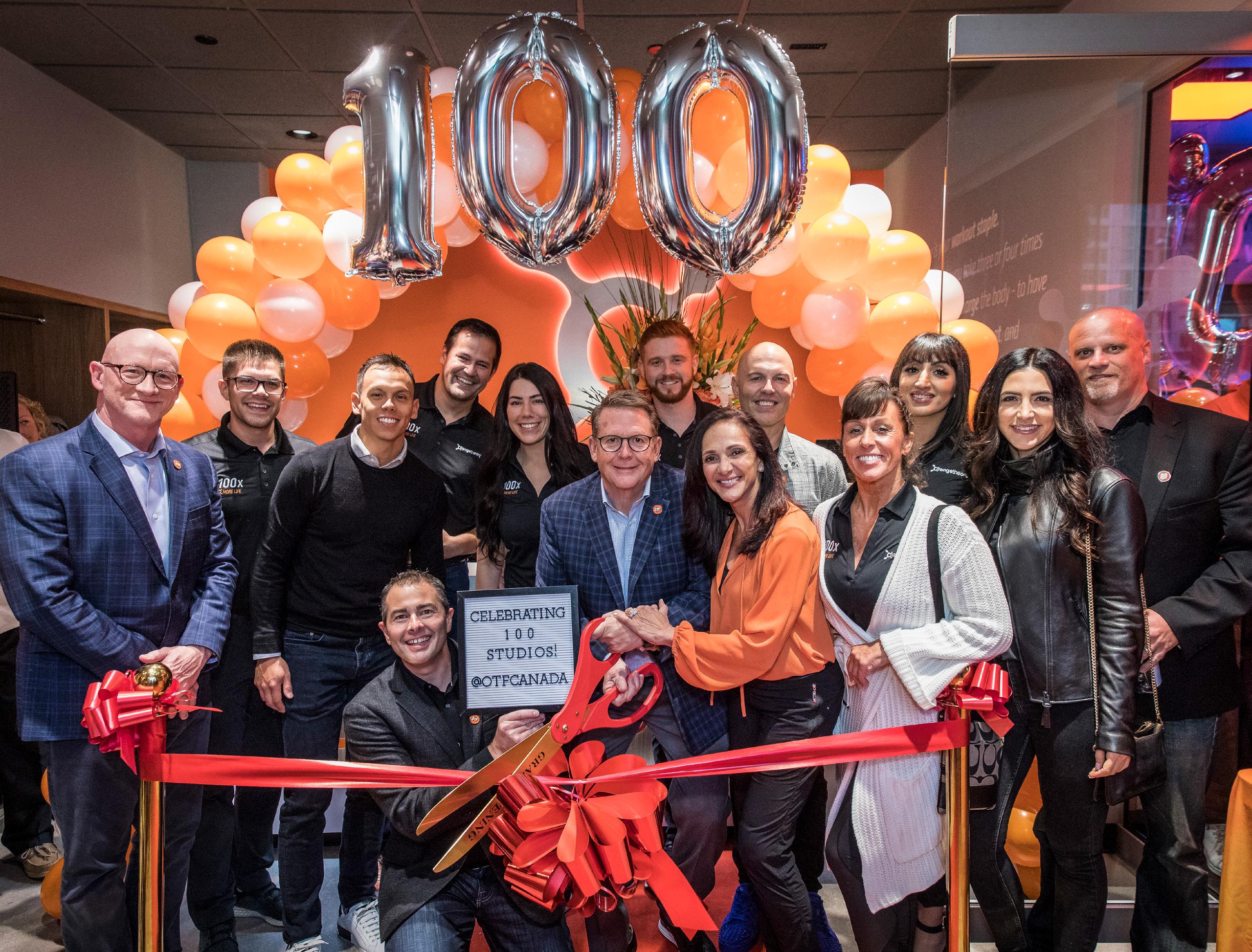 by Billy Yost
by Billy Yost
Orangetheory’s Hifa Maleki on building successful franchises and providing mentorship along the way
While most other high school seniors were thinking about prom and graduation, Hifa Maleki was studying for her real estate license.
By the time she earned her high school diploma, Maleki had already kicked off her career by helping her older sister show converted buildings for rent and sale. “I’m not even sure if it would be legal now,” Maleki laughs.
This unorthodox path wasn’t driven solely by personal ambition but by the opportunity to better her family. Early in Maleki’s life, they were smuggled out of Iran into Pakistan and lived in a United Nations refugee camp before ultimately winding up in Edmonton, Alberta, to forge a new life. She and her siblings did what they could to help their family thrive, cognizant of the opportunity they had been given to pursue their dreams and willing to do whatever it took to be successful.
Maleki’s determination paid off, as the now vice president of franchise development and operations for Orangetheory Fitness has evolved from real estate to hospitality to serious business development roles. She has even helped those with dreams of their own open franchises and provided the necessary support for those new businesses to gain their sea legs and be successful.
The management training and leadership development provided by the Joey Restaurant Group, where Maleki spent seven years, was a fundamental component of her philosophy that has helped grow new businesses since she came to Orangetheory. “I swear my career is where it is because I worked for Joey’s,” Maleki says.
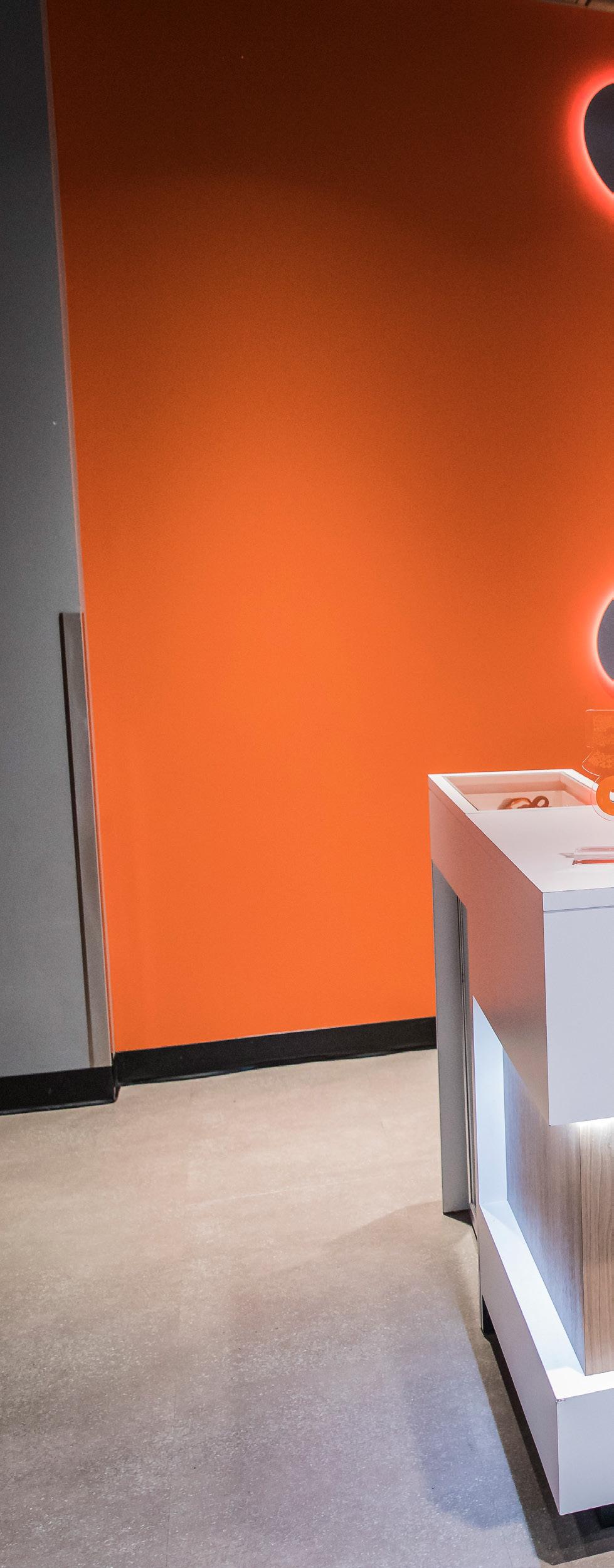
As of September 2019, Orangetheory has more than 1,200 operating studios throughout 23 countries.
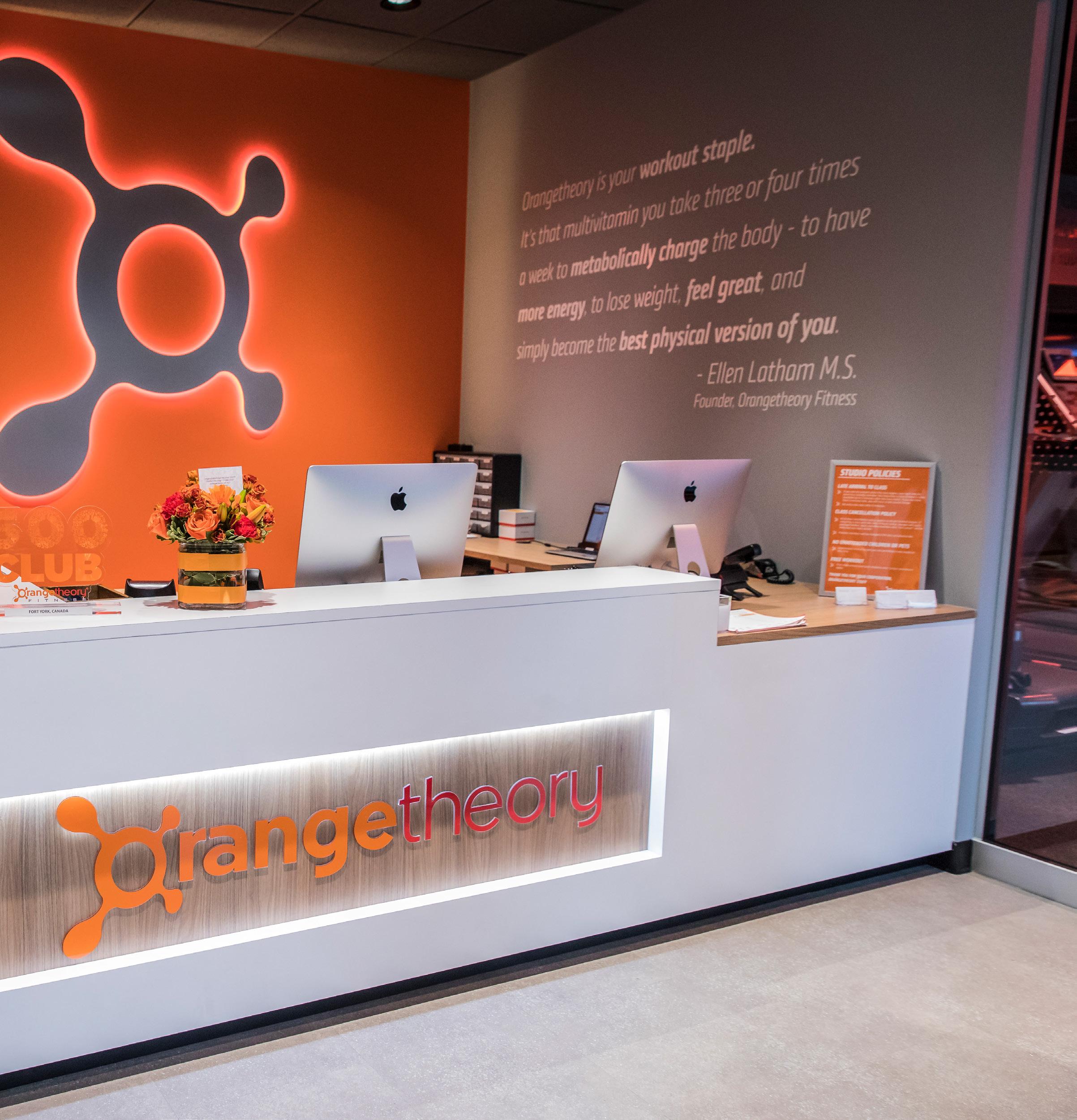
“The Joey Restaurant Group has such elite commitment and value for the people that worked for the organization; they fostered a great mind-set in how to inspire and empower people.”
Joey’s paid for executive coaching that lasted years, and at 25 years old, Maleki was managing a staff of 300. Constant mentorship meant that Maleki was able to assemble her own work philosophy by taking cues from the very best in the industry. “I’m in a big believer that when you do anything, you include others and mentor to inspire whoever you can,” Maleki says. “I tell any young person that I didn’t do anything alone: I never had a hard conversation alone, and I never had a positive conversation alone; someone was always there.”
One of Maleki’s most important lessons she works to pass along is the idea of tone and etiquette. “My franchisees hear this all the time,” she says. “The reality is that when I’m not around, I am still judged by how my team communicates. If an employee doesn’t handle a situation correctly, who do they blame? The brand.”
Maleki says that by working to create an environment where people are motivated to communicate and continually develop, expectations are naturally developed that provide a baseline for appropriate behavior.

At Orangetheory, Maleki talks about the four effective components of ensuring success for a franchisee. “Training is essential; if a franchisee doesn’t know something, it’s our responsibility to be accountable for making sure to create resources and processes that eliminate any blind spots.” The VP says that no matter how a franchise is delivered, it’s never a “building in a box.” Every franchisee learns differently, and it’s essential to supplement their learning style in different ways.
The second is care. “Sometimes a franchisee doesn’t care or even know that they should, and many times that can be resolved by spending time and answering questions about why it’s important,” Maleki says. If a franchisee doesn’t seem to care about a critical part of the business, it’s the franchisor’s responsibility to communicate the “why.”
“I’m a big believer that when you do anything, you include others and mentor to inspire whoever you can.”
Hifa Maleki VP of Franchise Development & Operations Orangetheory Fitness
Orangetheory’s brand purpose is to help people live “longer, more vibrant lives.”
And just because a franchisee might have the training and required care, it doesn’t necessarily mean they have the capacity to carry out the necessary action. “If you sell a license, you have a responsibility to your franchisee’s capacity,” Maleki says. “We look at what infrastructure can help supplement their need; you can’t just say ‘tough luck’ if you care about their success.”
The last component comes down to the franchisee’s resources to be successful. “For us, it’s really important to understand who is doing this and do they have the ability to be successful,” Maleki explains. “When it comes to a franchisee being successful, a large part is being accountable for checking in on them and making sure they’re on the right path.”
Maleki says that in her own career, she believes in direction, not destination. “I love growing and building a business because I get to work with so many people, moms and dads, and young people that want to truly build something for themselves,” Maleki says. “One day, I hope to be in a higher position where I can influence and inspire even more people to reach new levels; that’s where I see myself.”
And no matter where she goes, she wants anyone looking to follow in her footsteps to notice the other footprints that run alongside hers.
Our in-depth experience and team of certified installers will help you take your optimal fitness facility to completion. We handle everything from single units to a full gym worth of equipment.
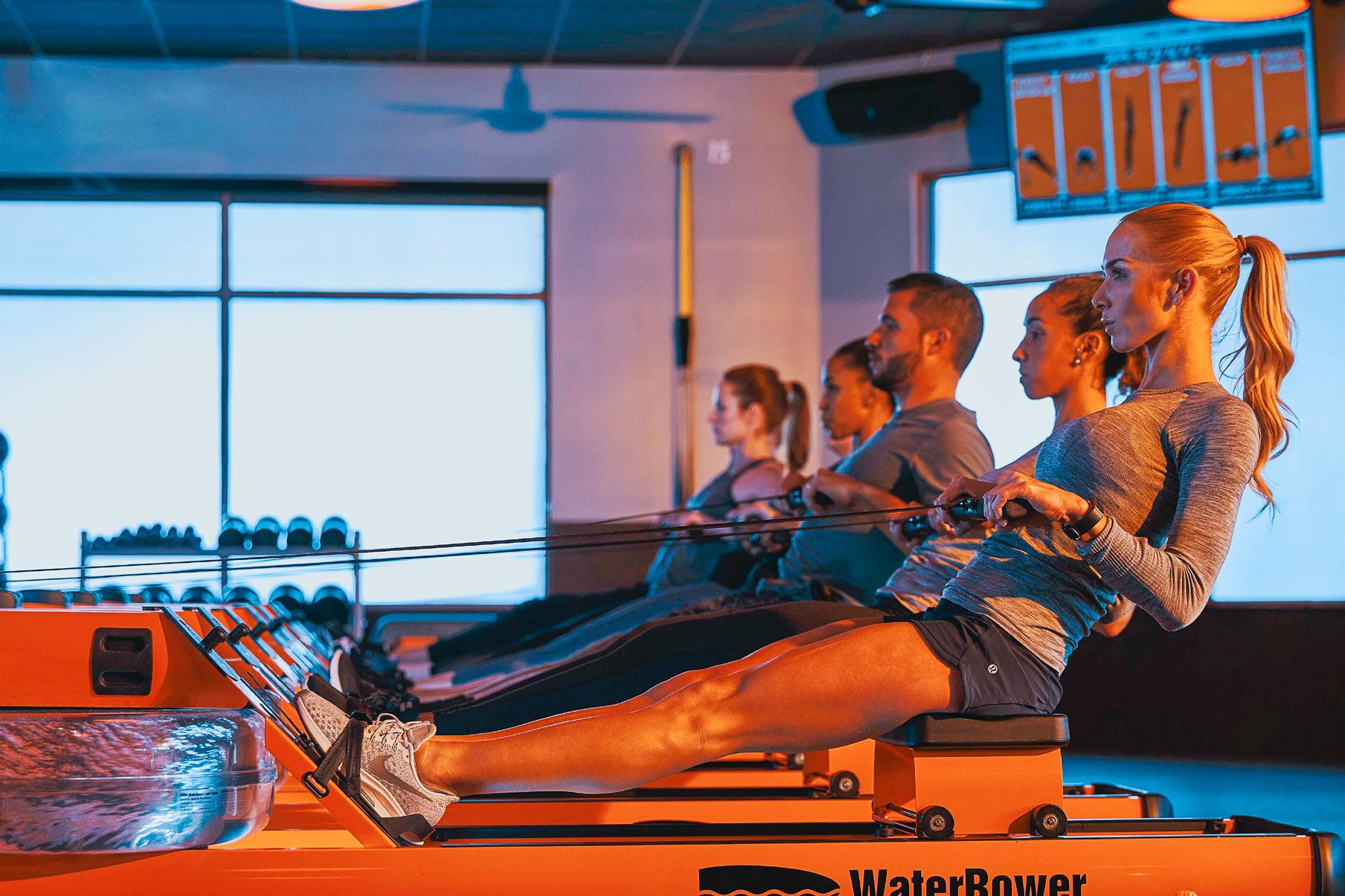
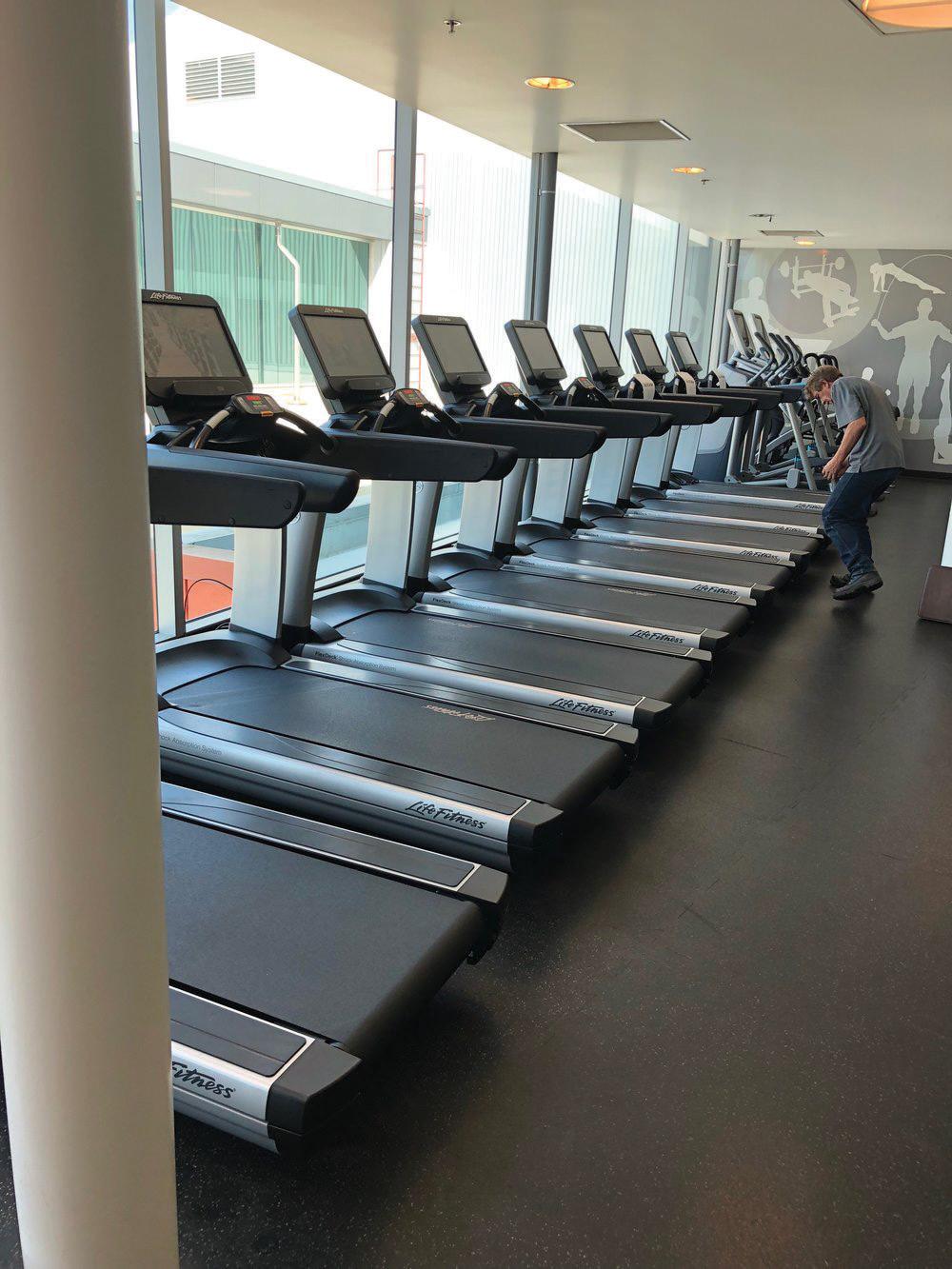


The retiring chancellor of UC Merced doubled the campus size, making room for students to achieve their goals
by Billy Yost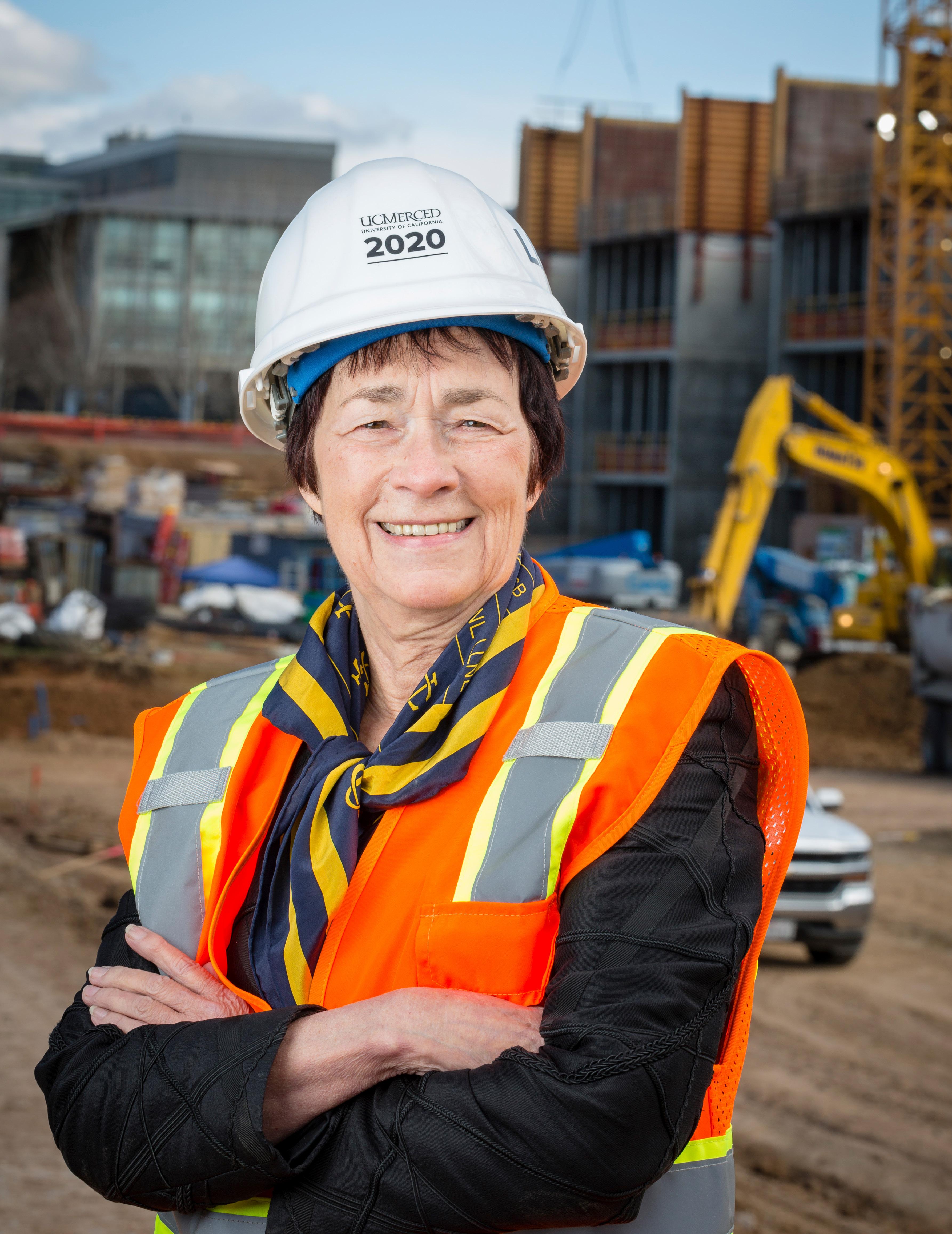
When Dorothy Leland announced her decision to step down as chancellor of the University of California, Merced in August 2019, she did so from a campus fundamentally changed by her presence. By spearheading the Merced 2020 Project, Leland doubled the school’s size during the global Great Recession and amid California’s extensively reduced support for capital projects. Through a landmark public-private venture, Leland has helped grow UC Merced from a fledgling upstart campus to a respected research institution in less than a decade.
During Leland’s tenure, enrollment grew by more than 4,000 students, 4 new majors were added, and 134 new faculty were hired. How did Leland, once a philosophy professor, become “Queen of the Hard Hats?” The chancellor says the motivation is simply, “The harder the challenge, the more I have to learn, and the more fun it is to actually come up with a solution and push it through.”
Merced 2020 is an achievement that becomes more pronounced with every detail. The $1.3 billion project began at a time when access to traditional public capital was comparatively nonexistent and undertaking a project of its size may have seemed inconceivable.
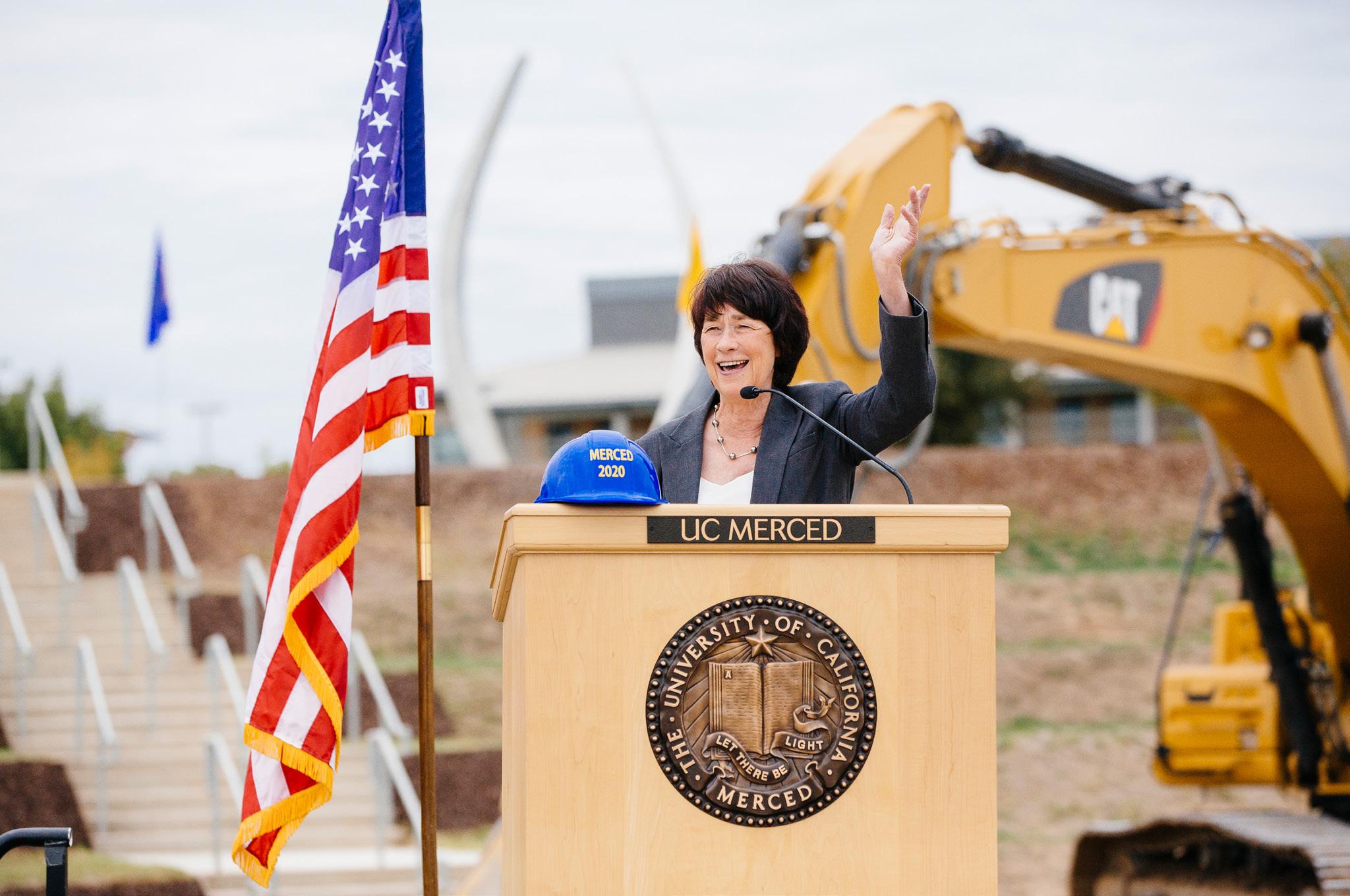
But as a first-generation college graduate in her own right, Leland says she was driven by UC Merced’s unique student body. “This project is about the ability to grow a really special, deserving student population who are predominately first-generation and often from underrepresented and low-income families,” Leland says. “At the conclusion of a listening tour after taking the chancellorship, I came to the conclusion that the campus needed two things the most: space and hope.”
In 2011, Leland says the university was looking at the same set of possible avenues for capital development and that none of them worked. “It was as if we were on a gerbil wheel and didn’t know how to get off,” Leland
Dororthy Leland signs her name alongside UC Merced students at the final topping off of the Merced 2020 Project, due for completion this year.

says. “That’s when I knew we needed to look outside of higher education and more broadly in the public sector.” The university eventually reached a public-private partnership with Plenary Properties Merced to execute the entire contract, and the first phase of the billion-dollar expansion was unveiled in August 2018.
The project wasn’t without its challenges. “Our time crunch was serious,” Leland explains. “We had classes scheduled until 11:30 p.m., and students lined up in halls studying because there wasn’t enough room.”
Time-to-delivery was critical and, ultimately, successful. Now in its third wave, the project is on track to complete on time and on budget in fall 2020.
Leland herself described her tenure at UC Merced as “the most gratifying eight years of my professional career” on the announcement of her retirement. Her own career is a testament to the power of a motivated dreamer. The daughter of an auto mechanic and auto dealer who desperately wanted to be growing oranges in Southern California, Leland watched her father make his own dream come true, though it meant moving his family into a Quonset hut with the four youngest children sharing a single bedroom.
UC Merced 2020 Expansion is a Type II/V concrete and steel mixed-use project. This design-build/P3 project totals 1.18 million square feet throughout 14 structures to support a population of 10,000 students by 2020.
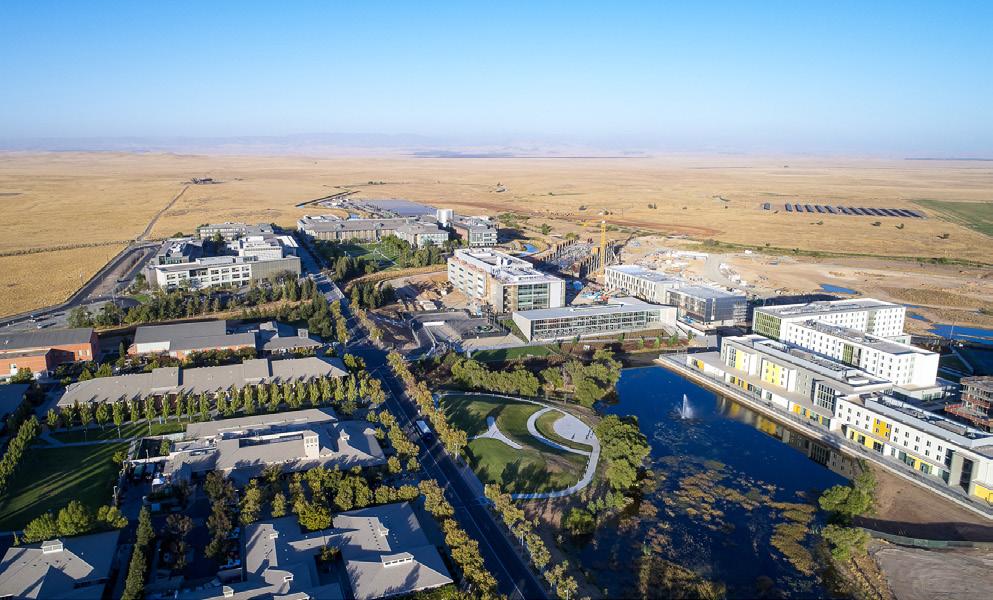
• The academic space program includes 373,400 square feet of lab and research space, instructional space, and academic office space
• The student life program, which totals 115,500 square feet, includes health, enrollment, dining, and recreational facilities
• The outdoor space, featuring several athletic fields, totals 420,570 square feet
• The student housing program, which addresses both existing and future demand for on-campus housing, totals 289,600 square feet and 1,700 beds
The persistence runs in the blood, and Leland says it might as well be her middle name. “People know that I’m not going to give up,” Leland says. “A lot of my career has been to simply persist.” As a tenure-track philosophy instructor, Leland had no particular aspirations for administration until after rising to a vice president role at Florida Atlantic University, when the presidential bug bit. Ultimately, Leland would land the first presidential job for which she applied, at Georgia College & State University.
It’s at UC Merced, though, where Leland’s personal advocacy was able to partner perfectly with her position. During her time at UC Merced, Leland was a leading proponent for the Deferred Action for Childhood Arrivals (DACA) program. UC Merced is home to more than 600 undocumented students, the highest percentage of any UC campus. “These students are the very embodiment of the American dream, and their presence here is unquestionably beneficial to our state,”
Leland wrote in a San Francisco Chronicle editorial. “The prospect of life without [DACA] is one of their worst nightmares. It should be ours as well.”
While Leland may be stepping away from her academic oversight, she’s agreed to chair the oversight board of Merced 2020 until its completion, expected this year. It may provide the chancellor a little more time to pursue her love for photography and travel, but she’s resolved not to go anywhere until her students have the space and the hope they need.
“There are so many amazing stories of UC Merced students who aren’t just here for themselves—they’re here for their families and communities,” Leland says. “Anything that I did in my leadership to help make their dreams come true; those are my points of pride.”

Dave Wildman has reinvented his career multiple times simply by being open to possibilities
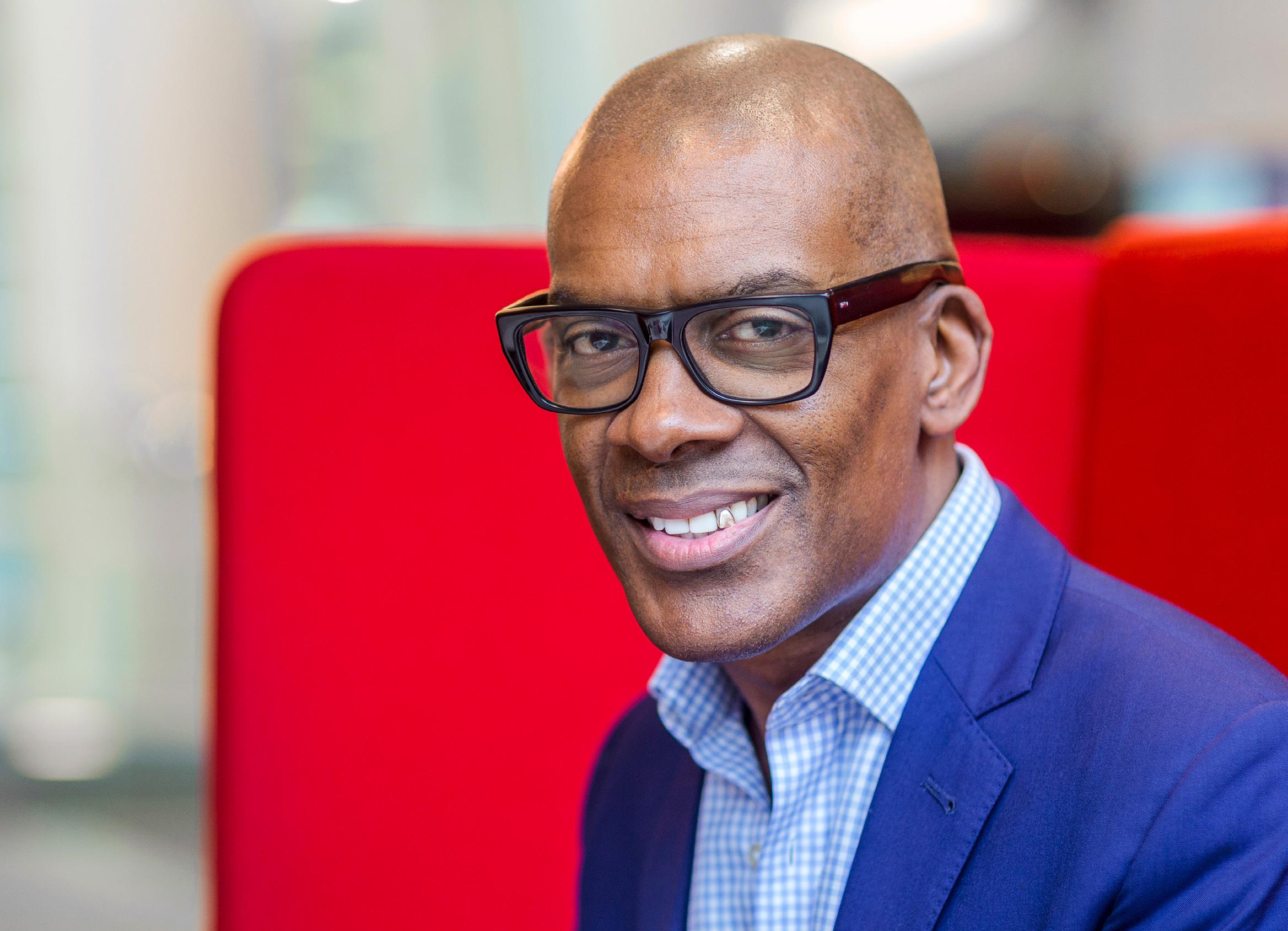 by Billy Yost
by Billy Yost
“You can’t say no to anything until it’s been offered to you. At that point, you should really think about it—really consider saying yes. Remain open: that’s the best advice I can offer.”
Having grown up in the UK, Dave Wildman says that, frankly, he didn’t ever see himself working outside of London, let alone New York City. The global facilities and infrastructure manager for Bloomberg admits he wasn’t sure he’d leave his hometown. For nearly three years in the beginning of his career, Wildman worked as a washing machine mechanic, the repair person who would show up when someone tried to fit an extra week’s worth of laundry in one load. It was a job that Wildman learned to like, and he could still be there today had the young repairman not been open to opportunities.
Wildman went on to join British Telecom to become a network engineer before eventually moving to Bloomberg. He organically became a facilities engineer during the company’s European infancy and now says that he’s not sure he would have gotten the job if the organization didn’t position itself as an employer willing to take on motivated individuals looking for a challenge in stretch roles.
Now an expat living in Lower Manhattan with his family, Wildman has much to reflect on with pride, and just as much to look forward to as a professional with a dedicated record of recreating himself several times over.

Wildman’s moves to network engineering and, later, facilities management are demonstrative of the flexibility the global head of infrastructure possesses. He first moved into the telecommunications industry, then later served as a network engineer for Dow Jones in the financial industry. A taste for something a bit more cutting edge would ultimately bring Wildman to Bloomberg, a company that was poised as a disruptor well before the term came into common usage.
“I just kept saying yes to opportunities,” Wildman offers. “I always figured the worst thing that could happen is that I wouldn’t like it and I’d find something else to do, but at least I’d have gained a valuable new skill.” The facilities manager says in many ways his
Dave Wildman Global Facilities & Infrastructure Manager Bloomberg
career has mirrored the game Snakes and Ladders, fortunately with many more ladders than snakes along the way.
Wildman credits his flexible approach as a large asset during a time in which his new roles called for significant travel, covering areas from Cape Town to Reykjavík. The marketplace was evolving, which meant that his job was, too. “There was a request for us to relocate something like 40 percent of our networking hubs at the time,” Wildman explains. “My job shifted almost immediately from installing network equipment in those locations to having to find relocation sites to build new ones.”


The change wasn’t lost on Wildman. “I had effectively become an MEP project manager, and I assure you, as a network engineer, I was making it up as I went along.” He assumed that when the project was over, he’d return to network engineering. However, Wildman soon realized that despite a lack of proper formal MEP training, he really had morphed into a facilities engineer. “I really learned to love the scope of the job and the types of people that you interacted with; the larger infrastructure implications were really appealing.”


Russo Development is dedicated to providing high quality buildings to each and every one of our clients. We strive to develop and manage our properties in a first-class manner, serve our clients with a personal interest in everything we do and enhance the communities we work in both aesthetically and economically.
Visit us at www.russodevelopment.com.
RESULTS YOU CAN COUNT ON, A NAME YOU CAN TRUST
“I had effectively become an MEP project manager, and I assure you, as a network engineer, I was making it up as I went along.”
Dave Wildman’s penchant for selfreinvention is matched by a willingness to help those around him reach their own full potential. Wildman serves on the board of Harlem Educational Activities Fund (HEAF), a nonprofit that provides opportunities for high-potential and underserved students in New York City. He also supports the Fortune Society, which helps recently incarcerated individuals to get reintroduced into the workplace through mentorship and training. “One common piece of advice I give to people is to think beyond the geographical boundaries we often set for ourselves,” the British expat says. “Be open to any opportunity.”
In 2008, Wildman was given the opportunity to move himself and his family to Manhattan, New York, to oversee a large data center expansion project in the heart of the city. It would mean an end to the seemingly endless international travel, but Wildman and his wife agreed to stay for at least two years and see how they took to New York and how New York took to them.

Within just a couple years, Wildman was promoted to head of the Americas infrastructure team and, eventually, head of the global infrastructure team.

Since coming to the States, Wildman took it upon himself to invest in more formal education, earning his MBA from Cornell in 2017. It wasn’t easy to complete a high-level degree while attending to both his job and his family, but Wildman says it gave him some peace of mind having proved to himself that he could accomplish it. “It was my I-can-do-anything moment,” he recalls.
Despite the initial wariness of how the transition to the US would affect him and his family, Wildman shares that his son has taken to New York with such gusto that it’s sometimes a challenge to hear the UK in his voice. “My son is a New Yorker now,” Wildman laughs. His son seems as intent on taking on the unknown as his father, but with Wildman’s rigorous portfolio and passport full of stamps, that kind of relish for opportunities is bound to run in the family.

Joel Braun doesn’t want to be limited. For years he worked in the healthcare industry, earning a master’s in public health and even considering medical school. But Braun knew that he wasn’t satisfied with the work— healthcare was so regulated and cumbersome that it lacked the nimbleness to be truly entrepreneurial, he says. It was only when Braun transitioned to the real estate industry, and particularly to equity real estate investment trust Acadia Realty Trust, that he found the flexibility and entrepreneurship he was looking for.
“I loved real estate from the moment I walked in the door 30 years ago,” says Braun, who began working with Acadia in 1993 and eventually worked his way up to executive vice president and chief investment officer. “I’ve always been drawn to construction—the most fun I’ve ever had was when I rebuilt a house in Maryland—and I was always interested in the financial side of the market as well. And to this day, I still feel that love for the industry.”

His passion for the field is what allows him to successfully lead without so much as breaking a sweat. “Joel has earned the utmost respect of the industry, in large part because of his uncanny ability to be incredibly decisive while maintaining his cool—even in stressful deal situations,” acknowledges P. David Bramble, managing partner of MCB Real Estate. “I think lots of transactional people in the industry, including me, will tell you they want to be like Joel when they grow up!”
According to Braun, part of what makes the industry so exciting and entrepreneurial is the fact that, like any other business, real estate is always different, always changing. “It’s continuously cyclical,” Braun explains. “There are bad times, times when there’s not a lot of work to be had, but there are also times when the work floods in.
“You can’t force the cycles—each one is like a wave that comes in from the ocean,” Braun continues. “You can’t change industry cycles any more than you can
A key part of Acadia Realty Trust’s team for nearly thirty years, Joel Braun speaks to the large-scale changes that both Acadia and the industry itself have experienced over the years
change the waves. You just have to be flexible enough to flow with the capital—sometimes aggressive, sometimes a seller, and sometimes a buyer.”
In fact, it was one of those downward cycles in the industry that first led Braun to Acadia. The early 1990s were a bad time to be in real estate, Braun explains. “The tax laws had changed in 1986, and that dramatically altered the ability to depreciate assets,” he says. “Banks had offered excessive leverage to developers, and many of them got in financial trouble. The private equity investing opportunities changed, and the equity pulled back, creating a situation where owners had too much debt and couldn’t replace it with equity.”
Many developers at the time were on the edge of bankruptcy, Braun remembers, and exploring other options to recapitalize their businesses, once of which was a public REIT offering. “Real estate isn’t actually a labor-intensive industry—it’s a capital-driven business,” he says, “so the most important part of the real
estate puzzle is the question of how you capitalize your projects. You have to build them and manage them and all the rest of it, but the capitalization of a project, and the cost of capital is key.”
Braun assisted numerous executives and companies in the transition into the public market, work that eventually led him to the principals of a company called RD Capital. “I started working with two guys at that company, including Ken Bernstein, in 1993,” Braun explains. “Acadia didn’t become ‘Acadia’ until 1998, but I was with them for five years before that.”
Braun stayed with Acadia until 2018, during which time he and Bernstein saw the company expand rapidly from a relatively small company encompassing just six or eight properties to a real estate giant with a $3 billion portfolio of meaningful assets in New York, Boston, San Francisco, Washington, DC, and other dynamic real estate environments, as well as a private investment fund with a number of well-known institutional investors.
City Point is a 1.8 million-squarefoot mixed-use development located in downtown Brooklyn, NY.

Now retired, Braun still advises the company in a consultant capacity. But the industry he navigates today is far different than the one he entered all those years ago. “The amount of capital in the business now is dramatically different than what it was 30 years ago,” Braun points out. “The cost and value of assets has gone up astronomically, requiring much greater capital investments and bringing institutional investors and public markets further into the business.” But to Braun’s mind, such changes are largely indicative of a positive trend within the industry.
“I think industries are just like people—they mature and become more complex,” he says. “If you were to look at the European real estate industry, you would see a much more mature industry because of the length of time it has been in existence and the controls over ownership. The US wasn’t that way at first, but it’s grown so much: there’s been a real maturing in the industry, for all its positives and negatives.”

Looking back over all his years in that ever-growing industry, Braun says that his decades-long partnership with Bernstein definitely stands out as one of the top highlights. “Ken is just wonderful—he’s a prince of a man,” Braun enthuses. “Who you’re doing business with is so much more important than what you’re doing—it’s more important than anything.”


Texas Christian University’s mascot, SuperFrog, may seem sillier than intimidating but be warned—a horned frog is actually a small horned lizard that has the ability to squirt blood from its eyes when angered or frightened p36

If you thought a TexMex genius named Moe was responsible for the fast-casual Moe’s Southwest Grill restaurants, think again. “MOE” is actually an acronym for “Musicians, Outlaws, and Entertainers,” which is a nod at the music-themed artwork and curated playlists you can find in each location. p73

Shortly before the Mets left Shea Stadium for Citi Field, the team had a strange moment. In a 2007 home game, David Wright hit a home run that sailed over the bleachers and right through the adjacent Citi Field. The twotime silver slugger had hit the stadium’s first round-tripper before it had even opened p10

In a typical race weekend at the Charlotte Motor Speedway, attendees consume more than 34,000 pizza slices, 9,500 gallons of beverages, 13,500 feet of hot dogs, and 309,000 pounds of ice. p88

The Boersma brothers who founded Dutch Bros Coffee came from a long line of dairy farmers—that is, until government regulations urged them to sell their cows. Dane Boersma said, “One of the most rewarding things in this change of occupation was going from smelling cow manure to smelling coffee!” p98

Peter Cassano’s path to the New York Mets began as a unionized plumber in the 1980s. He worked throughout New York City.
Cassano began developing the city from underneath, as pictured here, where he joins two copper pipes with high heat and a brazing rod.
Cassano still reflects back on the good times he’s had in the early days of his career, from plumbing foreman to executive director of building operations for the New York Mets.
Read his whole story on p10.

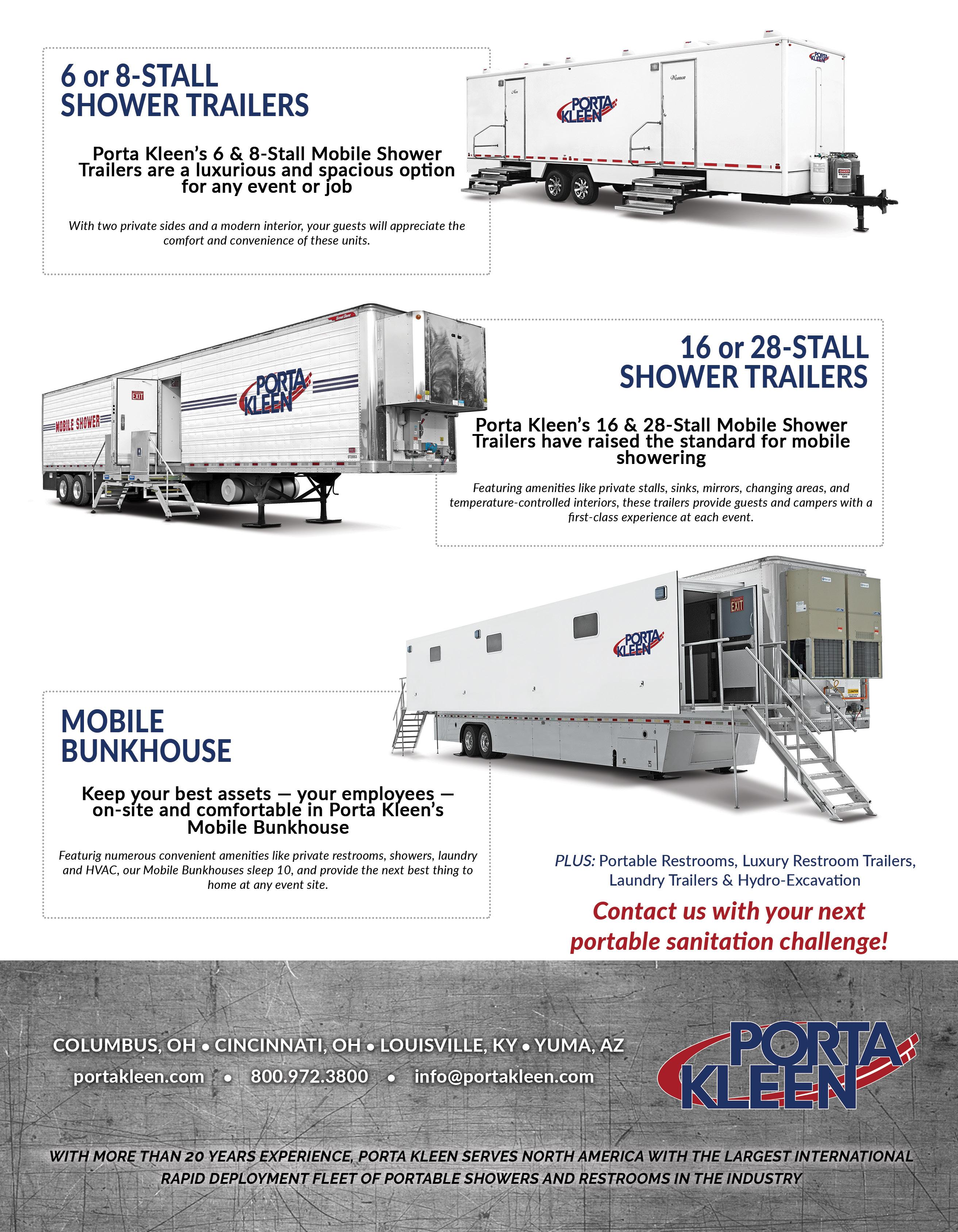
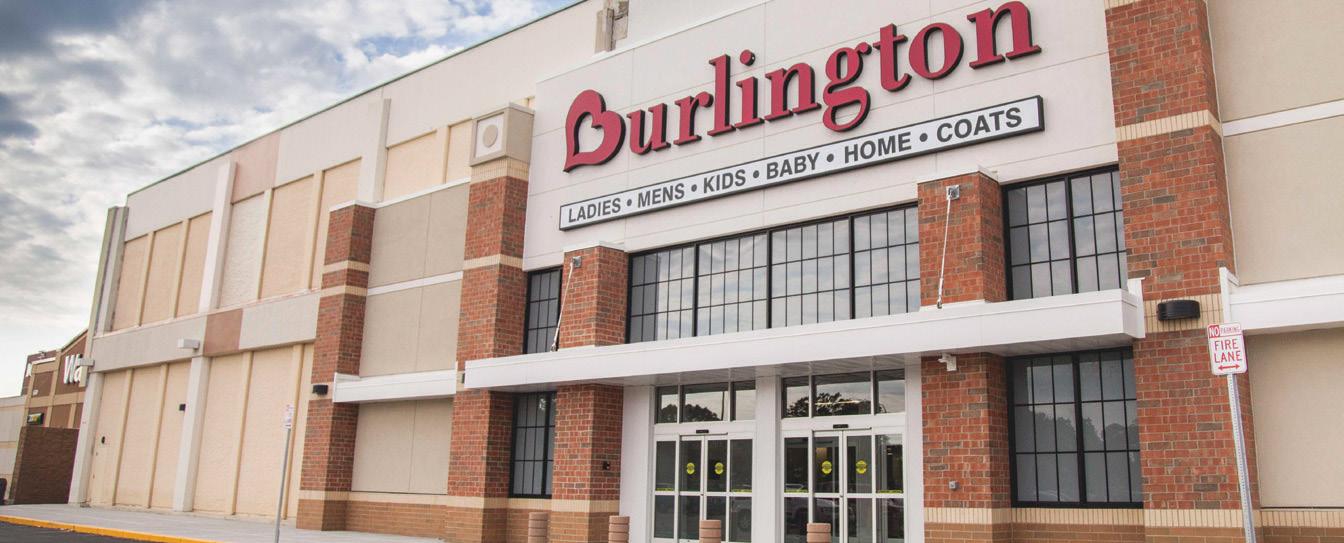
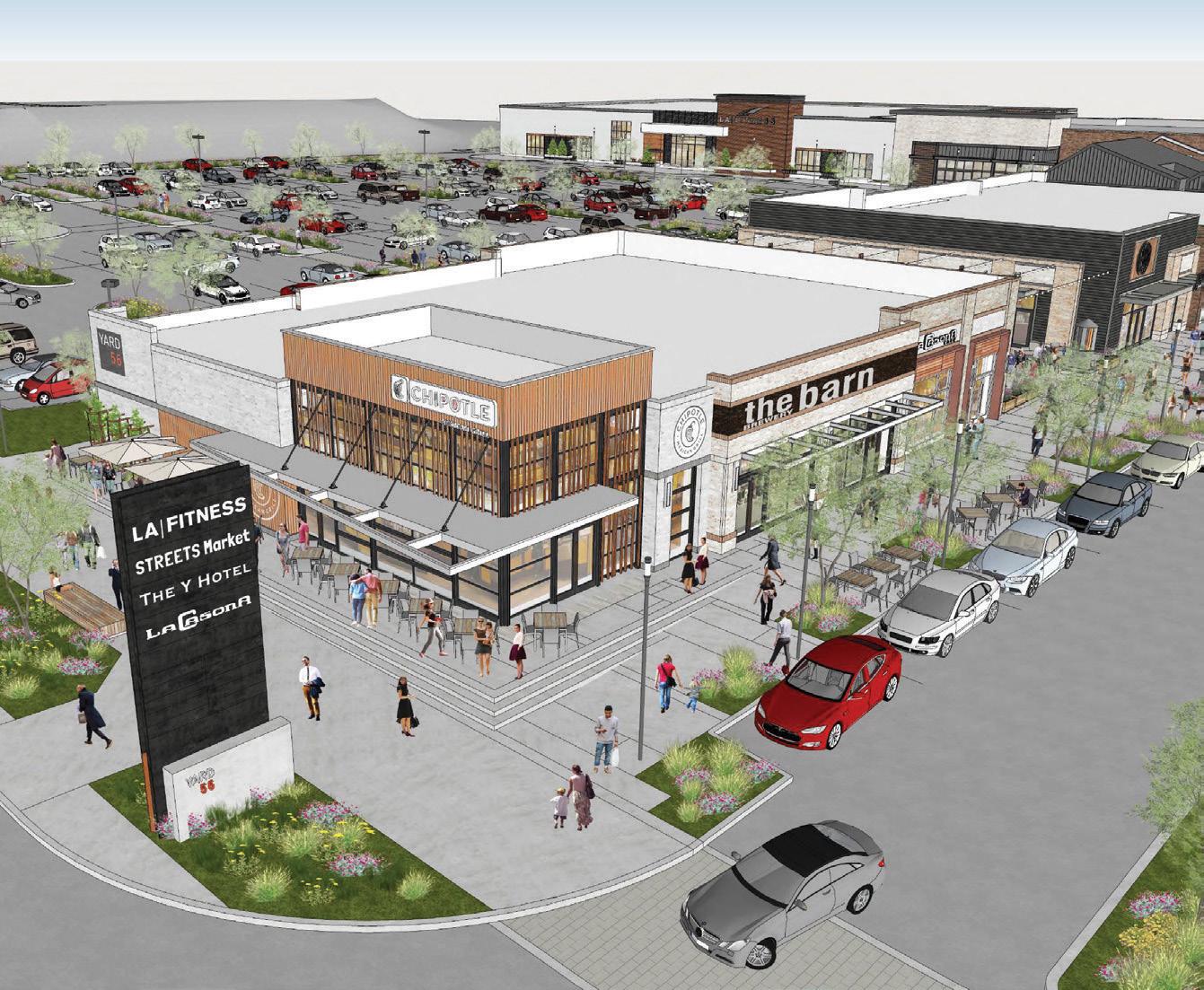

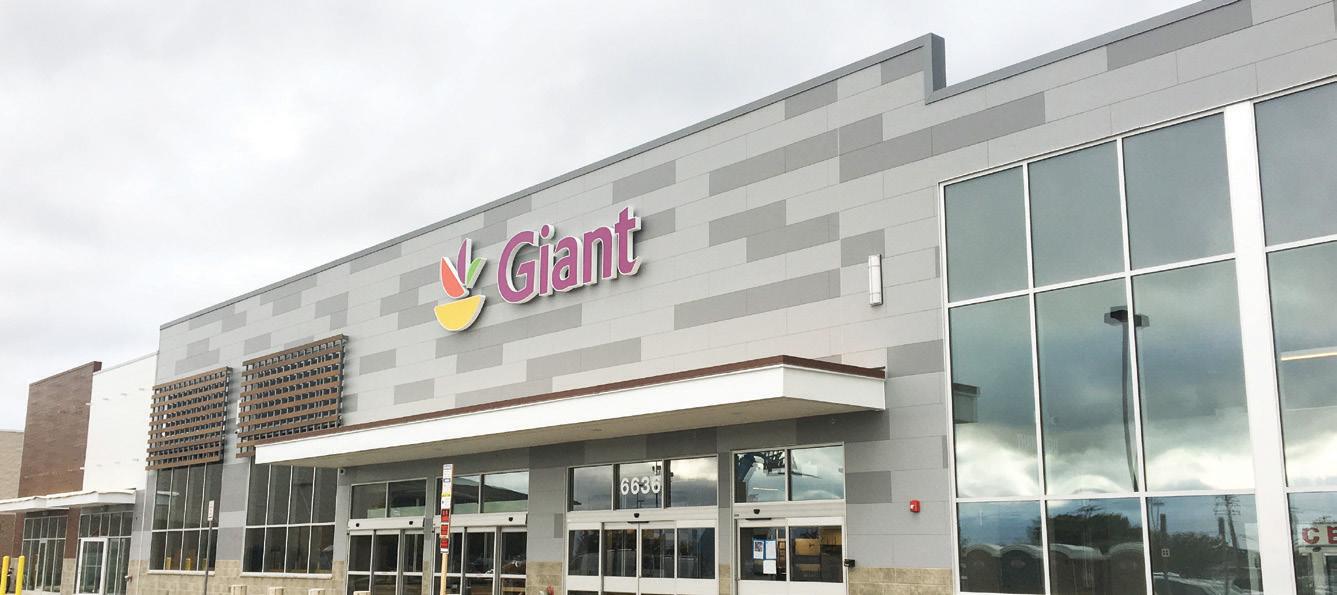





Exploring new and renovated facilities across the industry, from buildings to work spaces, along with the people and companies behind these projects
Frank Martorana’s reputation for finding the right space for the right business precedes him
 by Billy Yost
by Billy Yost
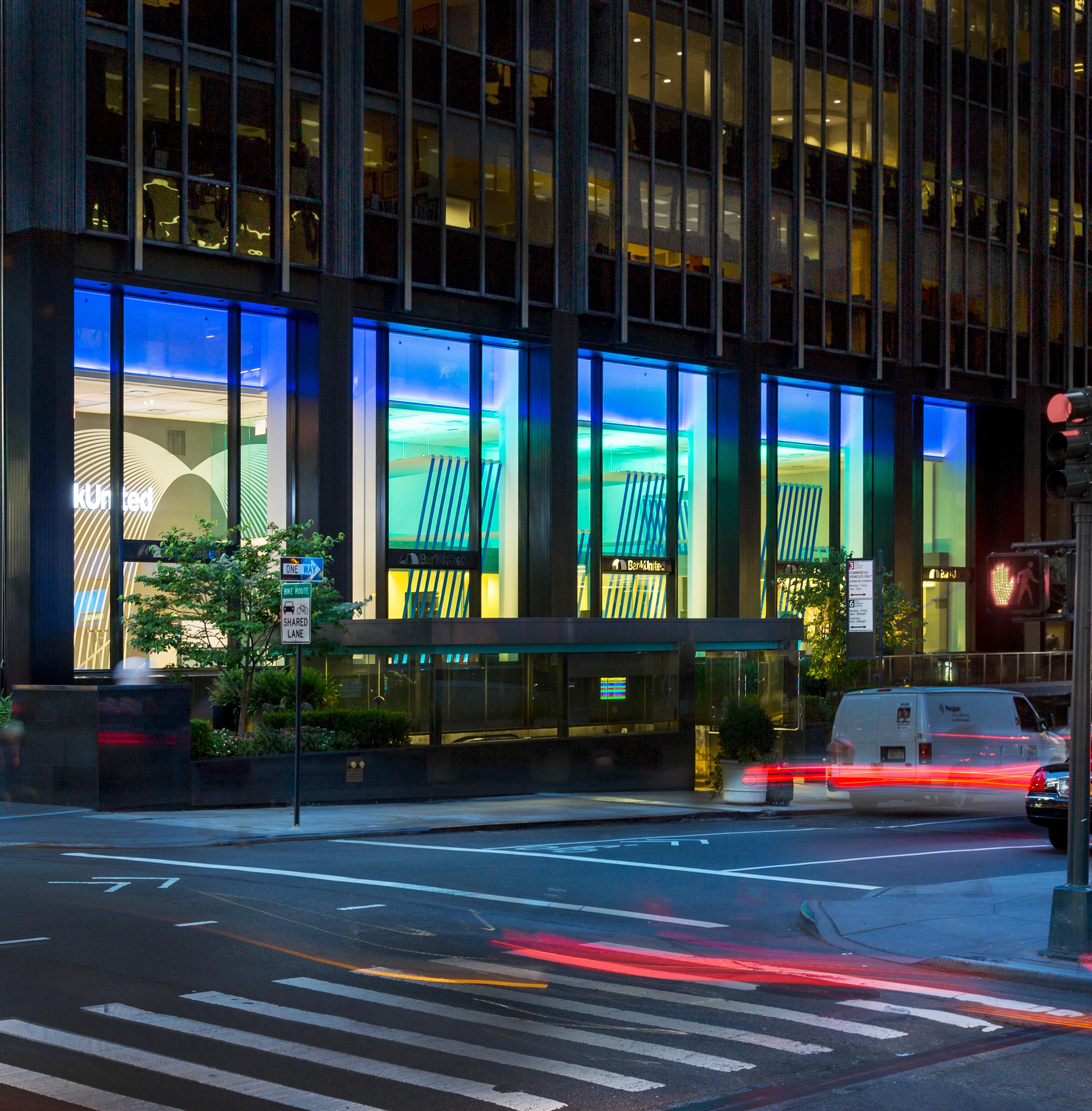
Frank Martorana is a Corvette guy. His 1965 Coupe is his pride and joy, but he’s also working on a ’58 model whose classic façade hides a twinturbo-charged 427 LSX engine that can withstand its own 1000 horsepower. “It’s way too much power to ever use, but it’s nice to know it’s there,” Martorana laughs.
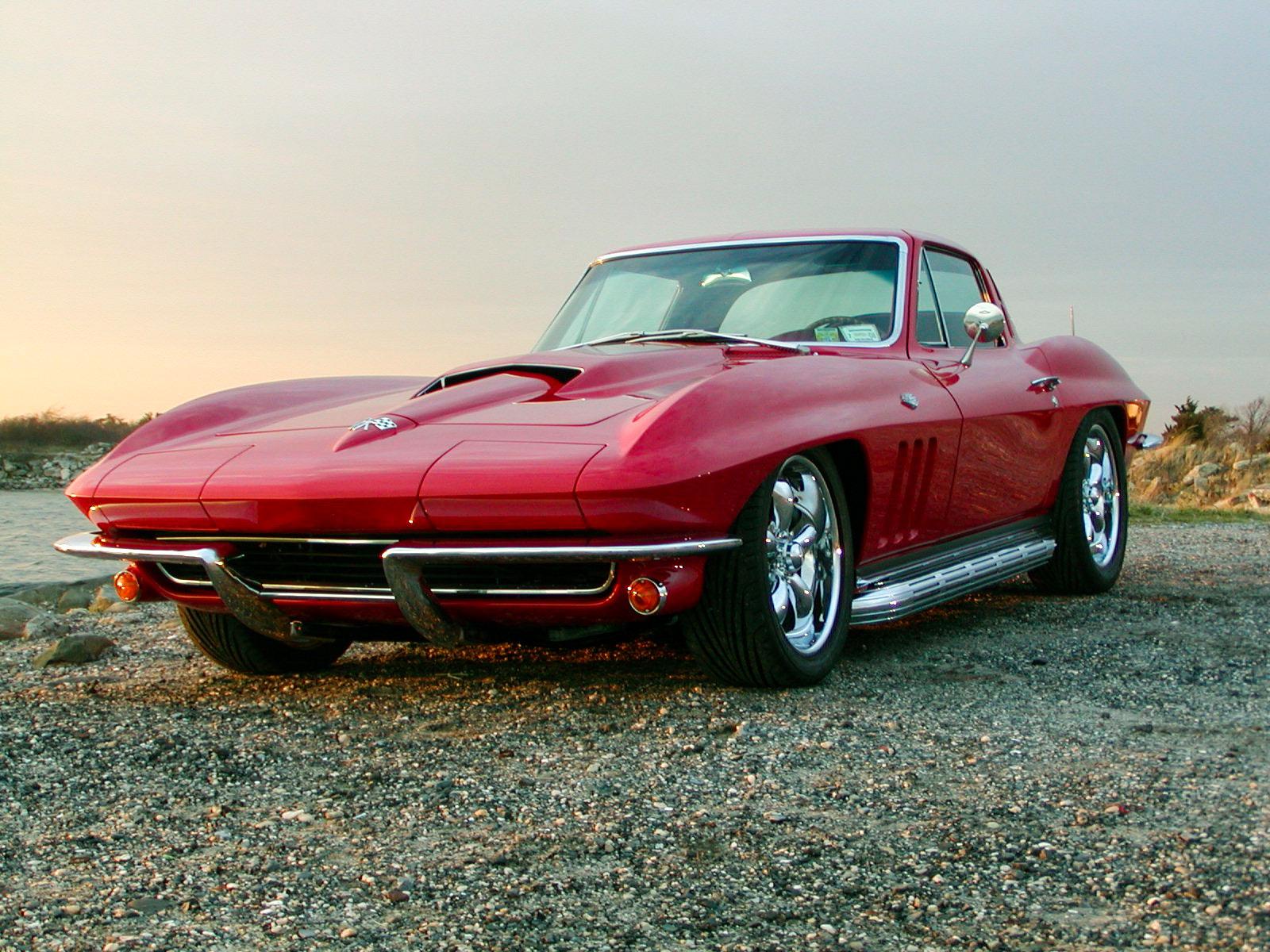
It’s maybe the only case where Martorana is okay with having too much, as the SEVP of corporate real estate and general services for BankUnited has spent the latter half of his 40-year career rightsizing banks and unifying disparate real estate operations. His most recent position requires him to rethink what banking can be and consider how harnessing alreadyestablished technologies can still create a cutting-edge business model that has the potential to set the mold as the first of its kind.
Martorana’s expertise in rightsizing organizations is especially ironic, given that he was previously known for being one of the few people responsible for North Fork Bank’s explosive growth in Manhattan. In under four years, Martorana and colleagues were able to take the bank group from 2 to 52 bank branches in the New York borough whose locations were so ideal that Capital One ultimately wound up purchasing the entire organization and bringing Martorana onboard. “That is definitely one of my proudest moments in this industry,” the SEVP says. “It really put North Fork on the map, and the rest is history.”
That famed growth at North Fork wasn’t to be replicated at Capital One. In fact, Martorana would make his mark in almost the opposite fashion. As the company went on a massive buying spree in Texas, Martorana, together with a senior colleague, went on a fact-finding mission to evaluate the company’s practice of building branches wherever new Walmart stores went up. “I think the metrics suggested this idea would be successful, but we were out there driving around, and you were literally seeing tumbleweeds,” the SEVP remembers. “I know they say, ‘If you build it, they will come,’ but trust me, they weren’t coming any time soon.”
“We’re stakeholders and we’re shareholders. It makes it a very exciting place to be.”
Martorana was able to convince the business that building such a high number of $3-million-per-branch locations would be a catastrophe, prompting a revision to the plan which saved Capital One around $150 million.
“Being able to get the attention of an organization of that size was a pretty big deal, and I think that, while I may have been initially criticized for being too ‘tactical,’ I was able to demonstrate that sometimes you have to roll up your sleeves and get out there,” Martorana says.
When asked to come take on a new challenge at Florida-based BankUnited, the New Yorker didn’t flinch. “When we first got to Florida, we had to do a lot of research, driving around the markets and doing demographic studies,” Martorana says. “We realized that no one seemed to be doing anything particularly special there, so we got to work immediately.”
The SEVP and company targeted locations that were dominated by small-to-midsized businesses,
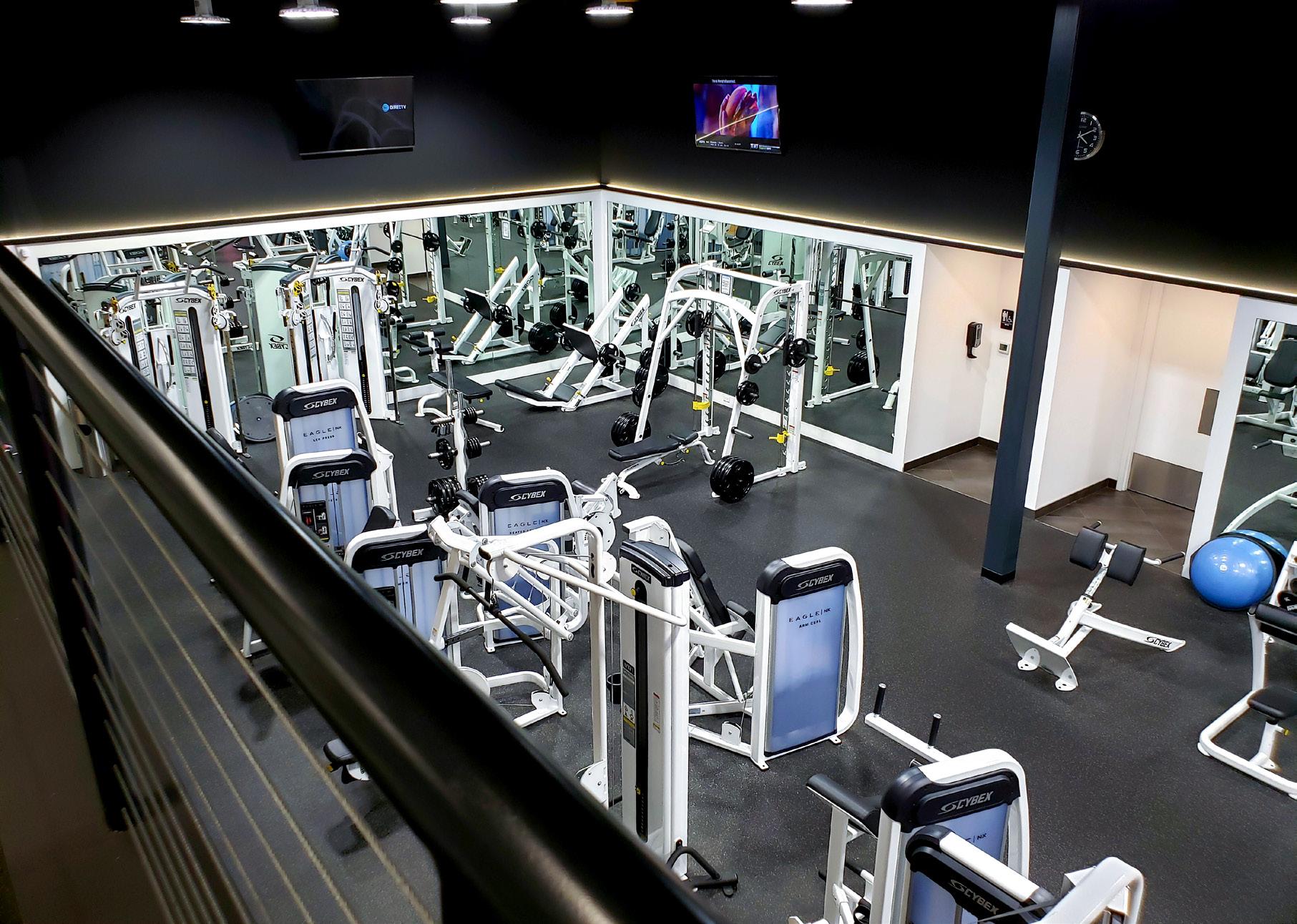
and they were able to accrue premium real estate at a significant post-recession discount. The new model would mean relocating or downsizing existing locations, as BankUnited’s model doesn’t necessitate the 3 to 5,000-square-foot traditional bank footprint. “Traditional banking is changing dramatically, and people are coming into banks less and less,” Martorana says. “We decided that we needed to optimize our 100-plus branch footprint and that consolidating, combining, and downsizing branches would ultimately help inform the design and roll out strategy of a new smaller and more efficient branch model.”
The business-geared bank says a “personalized, banking-by-appointment” strategy will allow branches to operate with far less staff but still be able to stay in constant contact with its customers via its website and mobile app, an ever-expanding resource for users looking to deposit checks and manage their accounts.
The focus on the “small” makes it much more cost efficient and aids its speed to market. It’s the highlight of an entrepreneurial culture that Martorana says allows the bank to make decisions and act on them at a much more rapid rate than its larger competitors. “We’re stakeholders and we’re shareholders,” Martorana says. “It makes this a very exciting place to be.”
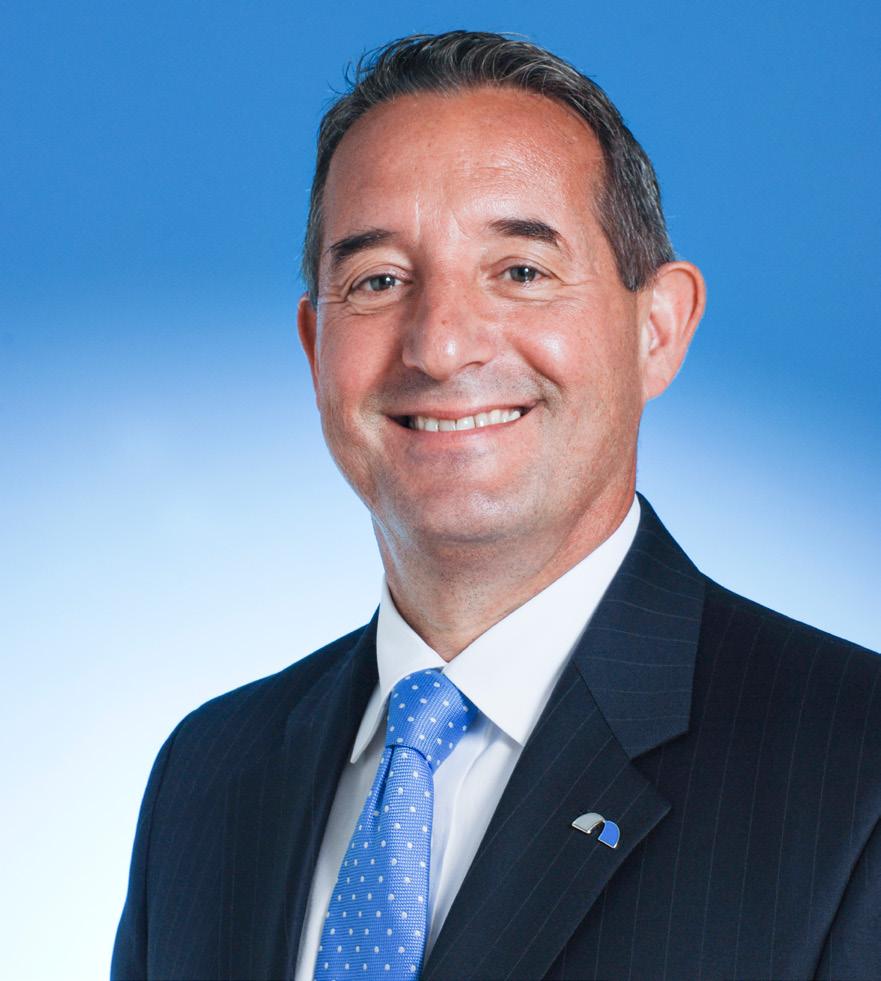





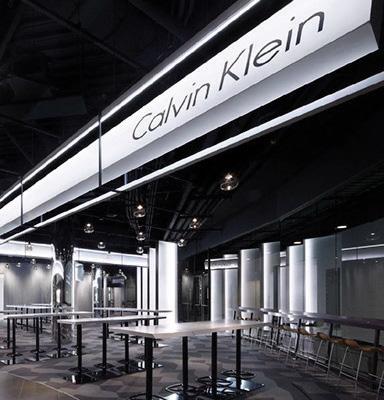



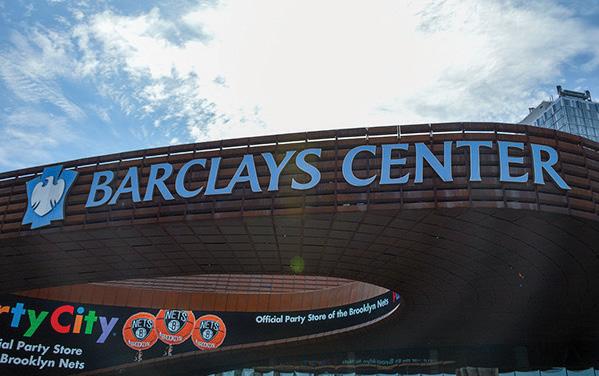


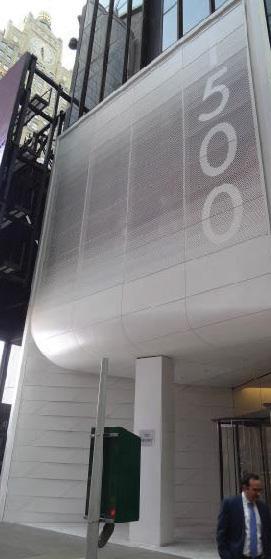

Forty years in, the SEVP admits he should probably be looking into golf, fishing, or other retirement activities, but he’s pretty sure he’ll never stop working. “I’ve worked pretty hard for a very long time, and now when I get home, I just want to disengage and head out to the garage to get my hands dirty,” Martorana says. His parents were worried that their “gearhead” son would tinker his life away underneath a car, but Martorana has brought the mechanic shop home. He even has car lifts in his garage. From supersizing to rightsizing, the SEVP has built his reputation by finding the right fit for the right organization. Just don’t trust him on a straight-away.


After successfully completing more than 200 build-outs for Moe’s Southwest Grill, Jacqueline Collins helped chart the course of implementing a brand makeover
by Billy YostIn 2018, Moe’s Southwest Grill announced a bold rebrand of its portfolio, which contains over 700 restaurants. The rebrand came for Senior Director of Design and Construction Jacqueline Collins at a strange time. From 2011 to 2018, Collins helped franchisees open up more than 200 stores in a period of rapid expansion, surpassing Chipotle as the king of the fast-casual burrito. The restaurant brand had grown exponentially and with great success, so a 700-plus franchise rebrand came as something of a handbrake turn.
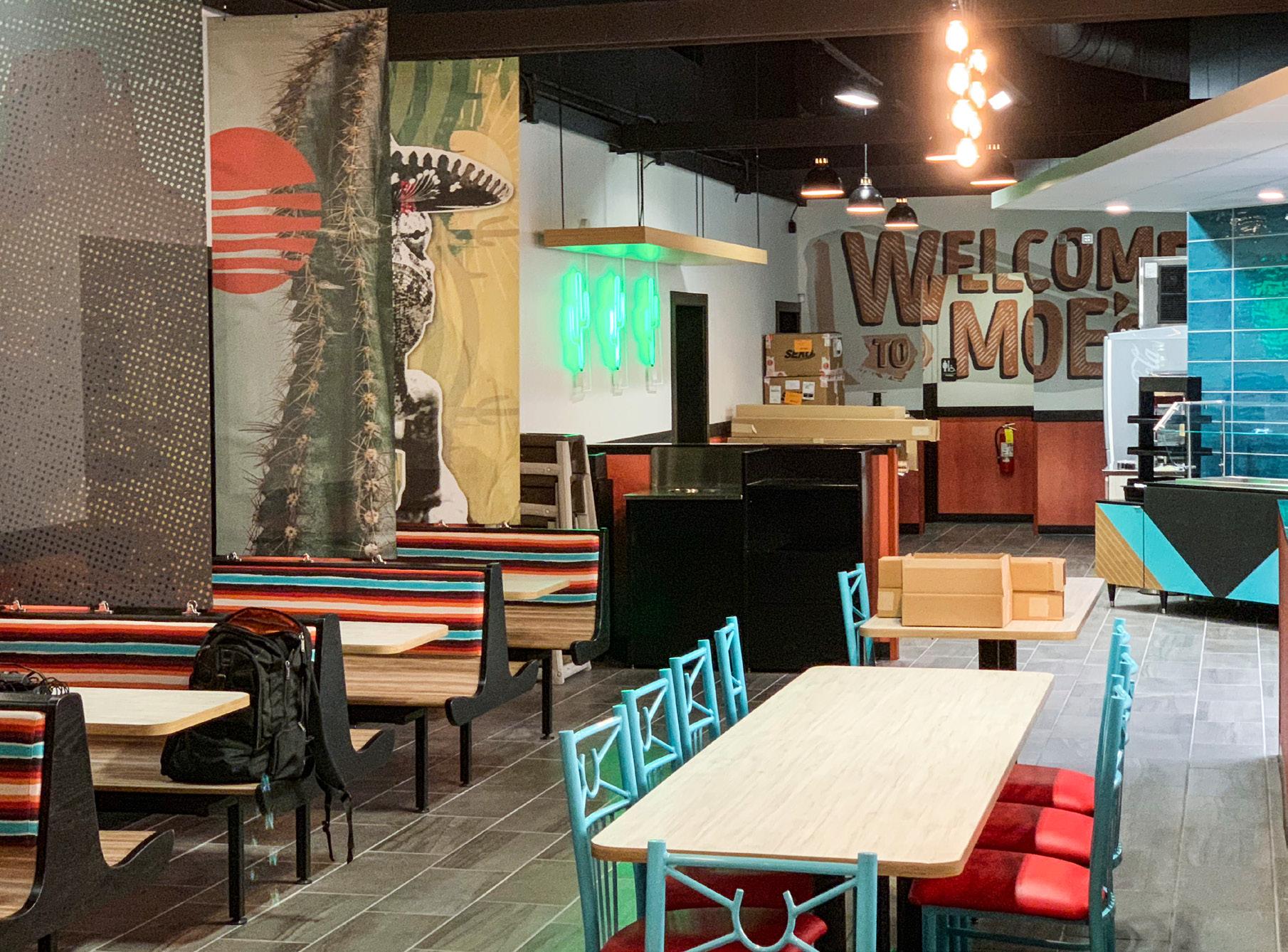
“Once our ship was sailing smoothly, we decided to turn it upside down,” Collins laughs. “We wanted to stay relevant and hired a third-party firm to do a lot of research about what our consumers want.”
That meant identifying what hallmarks customers of the brand currently notice, as well as what things Moe’s felt customers should be noticing but simply weren’t. The first change was simply the new color scheme. “Since 2010, we had one color palette: every restaurant was built the same,” Collins says. “It’s been a complete 180. Our southwest brand is now in line with our palette of burnt orange, turquoise, and those gray rivers. Our team worked really well together to make sure every aspect was represented: marketing, operations, training, design, supply chain, and construction—everyone who had skin in the game.”
Holly Schaefer, regional sales manager of national accounts for Construction Specialties, a partner of Moe’s, was eager to note that Collins’s creative mindset was a pinnacle force as these teams came together.
The “Welcome to Moe’s” sign reflects the cheerful greeting customers can expect when entering a branch.

“I think people appreciate that I’m approachable and accessible. You can always get ahold of me day or night, and people know that when they come to me, they’re going to get an answer.”The new exterior materials and signage represent the colors and aesthetics of southwest culture. Jacqueline Collins
“Jacqueline’s passion and dedication has driven the rebranding and new design vision for Moe’s Southwest Grill to a captivating reality,” Schaefer says. “Her proficiency in design and construction management harmonized the internal teams, architects, designers, and suppliers to achieve an inspired transformation.”
Collins says the approach with the rebrand—which included the new menu, new signage, new items, and new equipment—was to throw it all at the wall and see what stuck. “I think we’re in phase 2.0 of the rebrand right now,” Collins says. “Some things worked, and some things were dialed back, but overall the guest reception has been phenomenal.”
The rebrand had its fair share of challenges, but Collins has a sense of humor about the inevitable bumps and with that has become an invaluable resource for the corporate team as well as for the franchisees. “I think people appreciate that I’m approachable and accessible,” she says. “You can always get ahold of me day or night, and people know that when they come to me, they’re going to get an answer.”
Moe’s owns less than 5 of its 700 locations, the rest of which are franchised. That means that Collins had to work extensively with a franchise council in discussing and implementing proposed changes. “Our brand isn’t some autonomous hierarchy where we’ll tell you how it’s going to be and don’t care what you think,” she says, adding that by juggling these renovation conversations she manages hundreds of email chains every single day.
To add to the inbox, Moe’s doesn’t employ the architects for the building of new construction or the rebrand, so it’s on Collins to coordinate with each individual architect and general contractor to make sure everyone has the most up-to-date specs and is pulling in the same direction. “I can help with layout, parking, egress access, and a lot more, but my strengths aren’t just in construction management,” Collins says.
Straight out of college with a bachelor’s in architecture, Collins discovered an affinity for woodworking. She wound up doing detailing and case work for restaurant design companies and, with no formal training, picked up construction management almost by default. It offers her a much more nuanced view down to the smallest details. “I’m motivated just by being as good as I can be at my job, and by being a bit of a perfectionist,” Collins says.
It’s impressive enough that Jacqueline Collins built more than 200 restaurants in just 7 years, but what’s more is that she did it while working from home. After a spontaneous decision to relocate from Baltimore to upstate New York with her family, Collins found that the remote option was not only conducive to her workflow but also the best decision for her family. She says that through a healthy combination of flights to the company headquarters in Atlanta, WebEx conferencing, and phone calls, she’s able to spend more time on the lake with her two boys and work beyond the constraints of a nine-to-five.
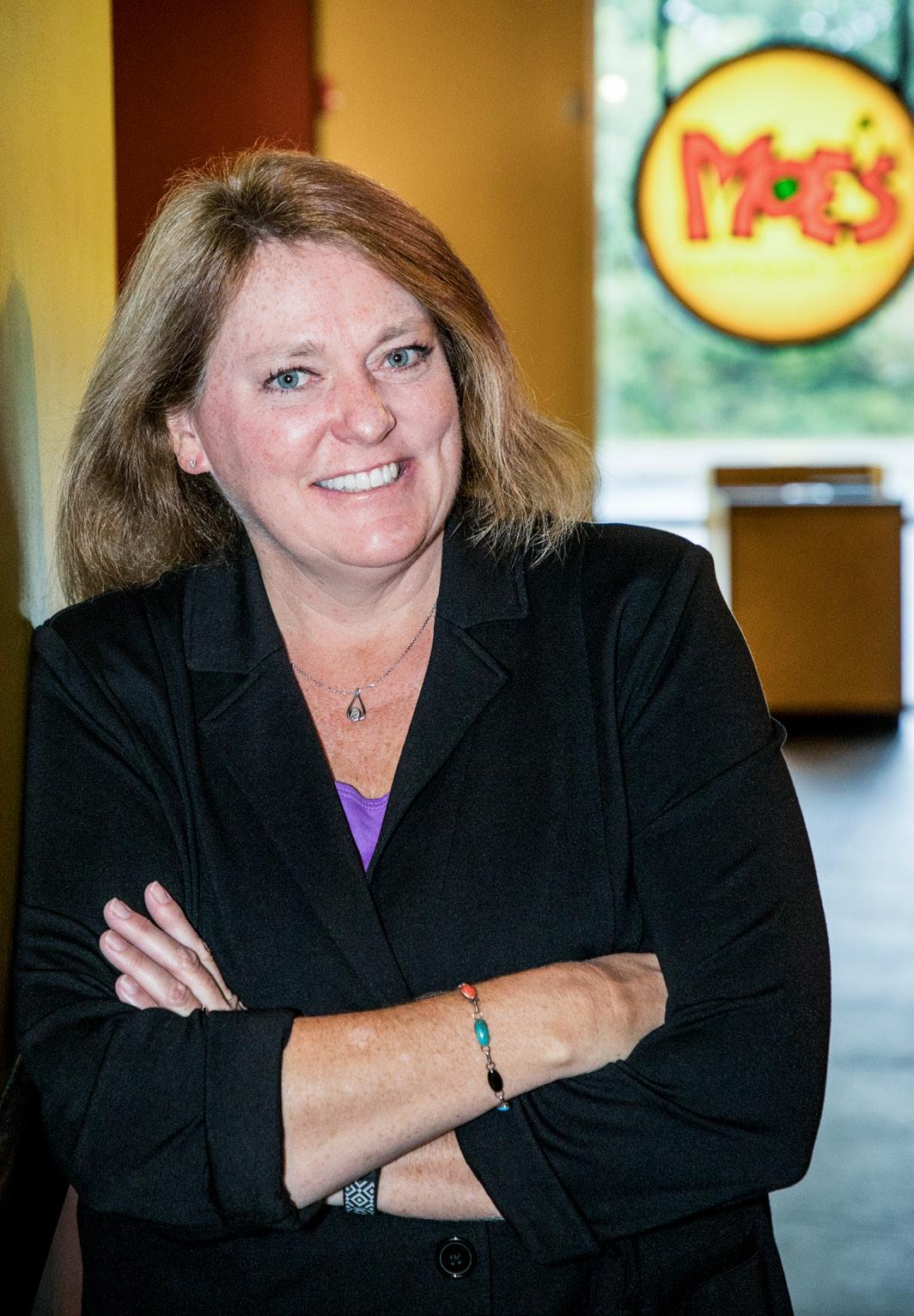
As Moe’s goal of reaching 1,000 restaurants continues on, Collins says the temporary slowdown of the rebrand will give way to another influx of building after processes are streamlined and details are ironed out.

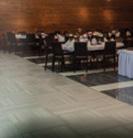






“Eventually we’ll find calmer waters,” Collins says with a laugh, recalling the early days of her career when she tapped into that same sense of humor to navigate uncomfortable circumstances. “When I would show up to job sites with carpenters, plumbers, and electricians, they would just look at me and wonder what I was doing there. Now, I don’t really even notice. I deserve a seat at the table; I know what I’m doing, so listen to me,” the senior director says with a chuckle. “I tried the same approach with my kids, but it didn’t work as well.”

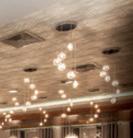









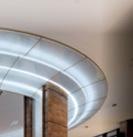
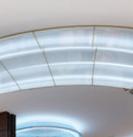




Habit Burger, a fast-casual restaurant chain, chose a Construction Specialties (CS) Acrovyn by Design wall covering as both a feature mural and an alternative to porcelain tile. Tile is costly, time-consuming to install, difficult to clean, and prone to cracking, often making it an impractical solution. Acrovyn by Design embeds custom, high-resolution imagery behind its durable, protective surface. A CS graphic designer accurately replicated the tile design from the subtle patina on the surface, down to the grain in the grout. The use of Acrovyn has brought cost savings to each restaurant by eliminating specialized installation labor and reducing maintenance costs.
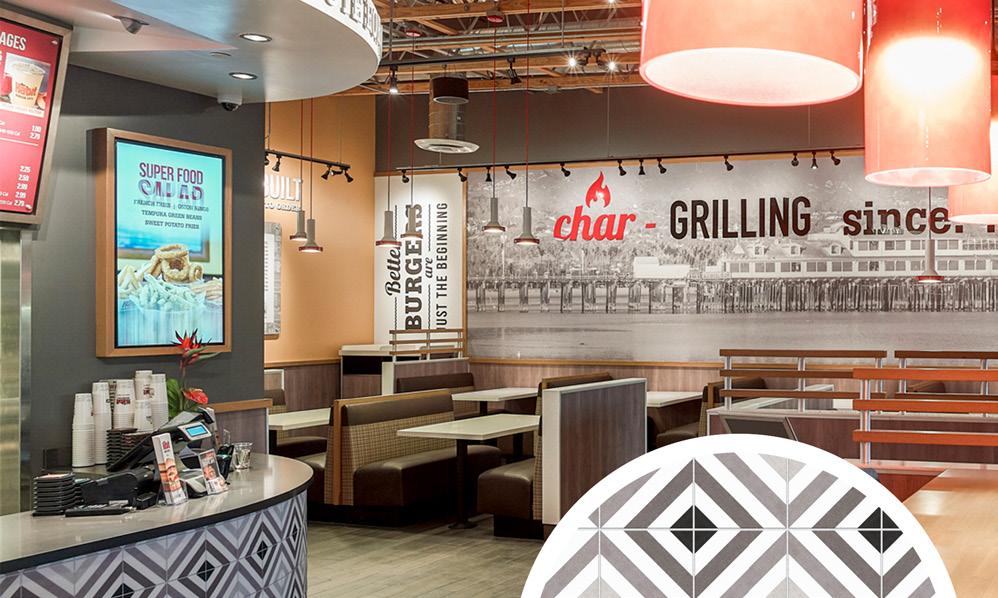
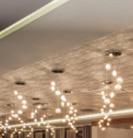




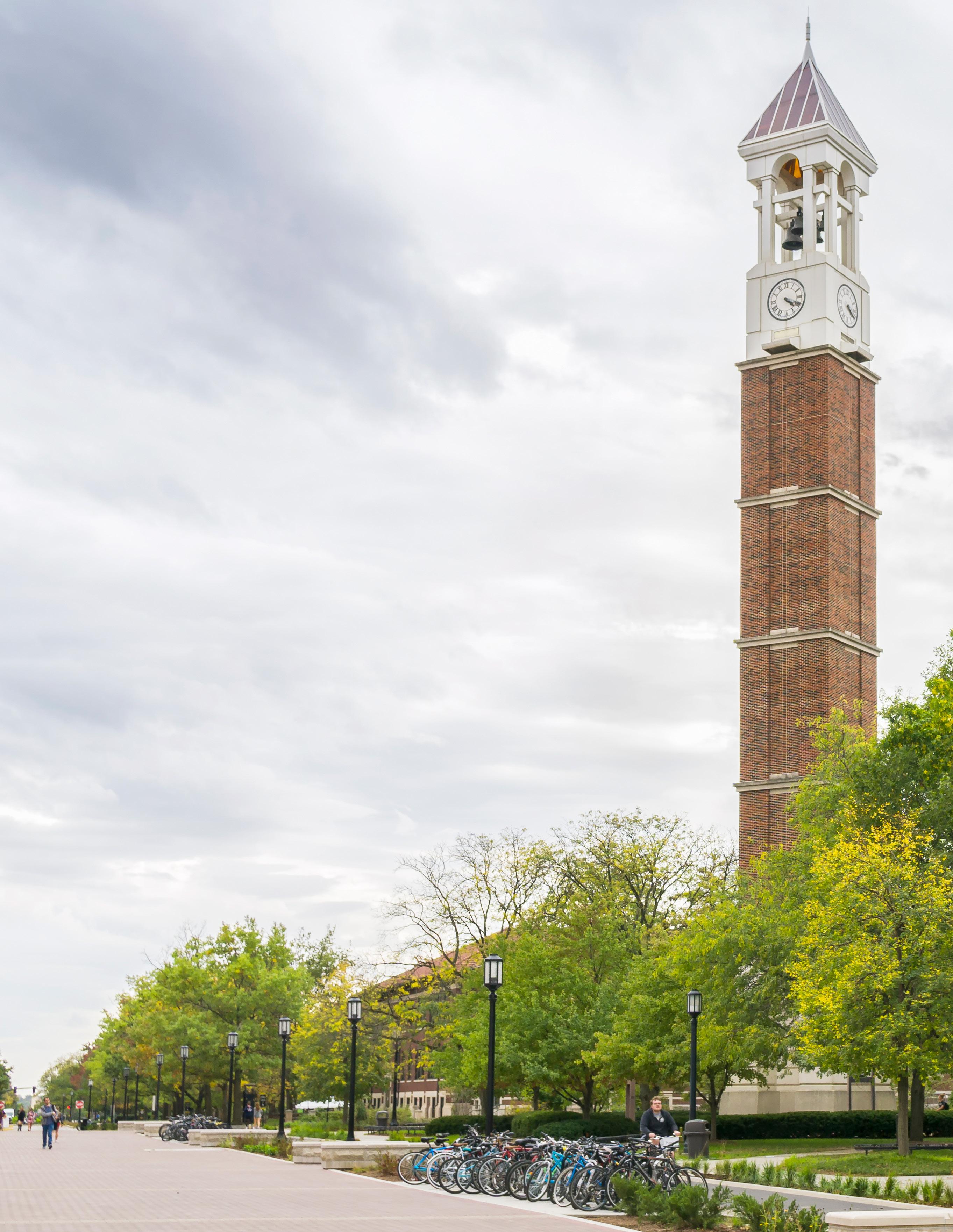
Purdue University has an alumnus who set foot on the moon. Down below, the school has set up initiatives for earth as well.
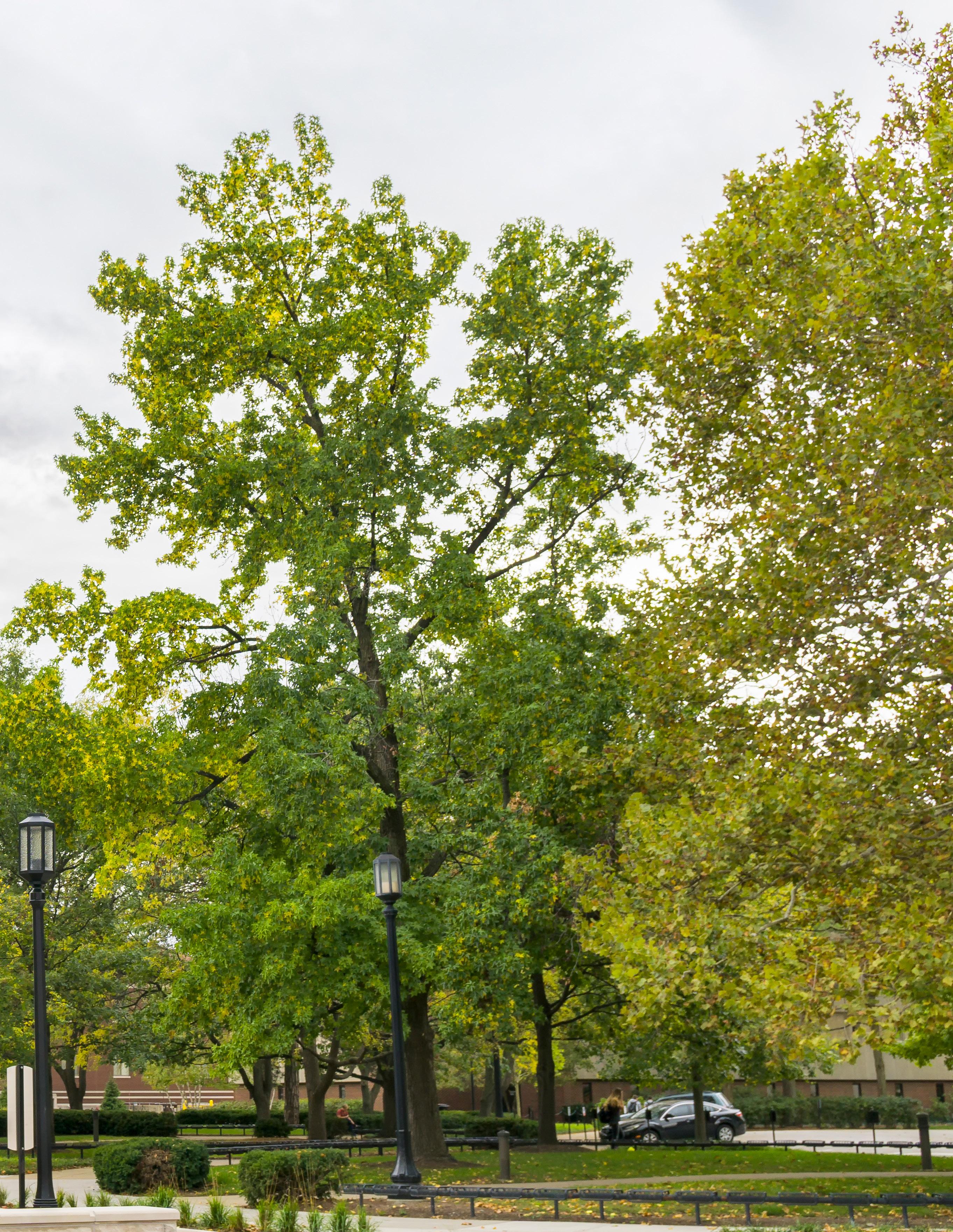 by Grella Dampling
by Grella Dampling
Purdue University, established in 1869, is celebrating its sesquicentennial anniversary, recognizing “150 Years of Giant Leaps.” In this wide span of time, the Indiana-based college has seen many esteemed faces pass through its doors. One hundred years after its founding, its very own alumnus Neil Armstrong became the first person to walk on the moon. It’s also seen the world evolve rapidly—exponential growth in population, globalization, the need for food, water, and energy— and it continues to ask what it can do for humankind to create a better, brighter future.
In 2010, the University formalized a vision to achieve this brighter future, known as the Sustainability Strategic Plan. Two years later, the Association for the Advancement of Sustainability in Higher Education awarded it a “Silver” STARS (Sustainability Tracking, Assessment, and Rating System) rating, which recognizes the sustainable measures taken by higher education institutions like Purdue.
The plan itself features four main goals: to improve the formal collaboration on sustainability issues across disciplines and departments, to invest in (and use) available campus resources, to promote the living laboratory initiative, and to effectively communicate sustainability values and programs across campus to all of Purdue’s students, teachers, and staff—anyone who is part of the “Boilermaker” community.
Today, sustainability remains a major focus on campus. To celebrate its 150-year anniversary, Purdue implemented paper straws and 100 percent recycledfiber napkins at the dining celebration. “The transition to paper straws represents our commitment to sustainability and follows trends we are seeing worldwide,” says Tom Coleman, director of retail dining, in a press release. “Replacing plastic straws with paper reduces environmental risk with a biodegradable product. The local impact of this transition will help reduce unnecessary waste on campus.”
The school’s efforts to integrate these initiatives into student life even tackle how students get to and from class. Purdue University largely supports sustainable transportation alternatives, giving its students options based on their lifestyle. Bicycle lanes and bike repair stations are scattered across campus for the greenest solution (next to walking), as well as electric vehicle charging stations. Boilermakers who don’t own a vehicle but still prefer to drive can use Purdue’s ZipCar program, which lets drivers rent shareable cars on campus at their convenience without worrying about gas or insurance.
Non-drivers who still prefer a ride aren’t at a loss either. Through a partnership with CityBus, students, faculty, and staff have unlimited access to bus services throughout Lafayette-West Lafayette, thereby creating a convenient commute while also reducing control carbon emissions, congestion, and of course, oncampus parking needs.
The environmentally sound efforts are literally in the campus’s DNA, as many of Purdue’s buildings have reached LEED certification. Most recently to change was the school’s eighth addition, the Honors College and residences, which is predicted to be at least 40 percent more energy-efficient than what Indiana’s energy code requires, according to Director Michael Gulich.
In a statement on the university’s website, Gulich says, “achieving LEED Gold certification provides thirdparty confirmation that our design and construction practices have exceeded national standards for building performance, yielding better comfort for occupants and lower operating costs.”
Beyond the boundaries of campus, Purdue’s sustainability plan reaches out to the far corners of the world.
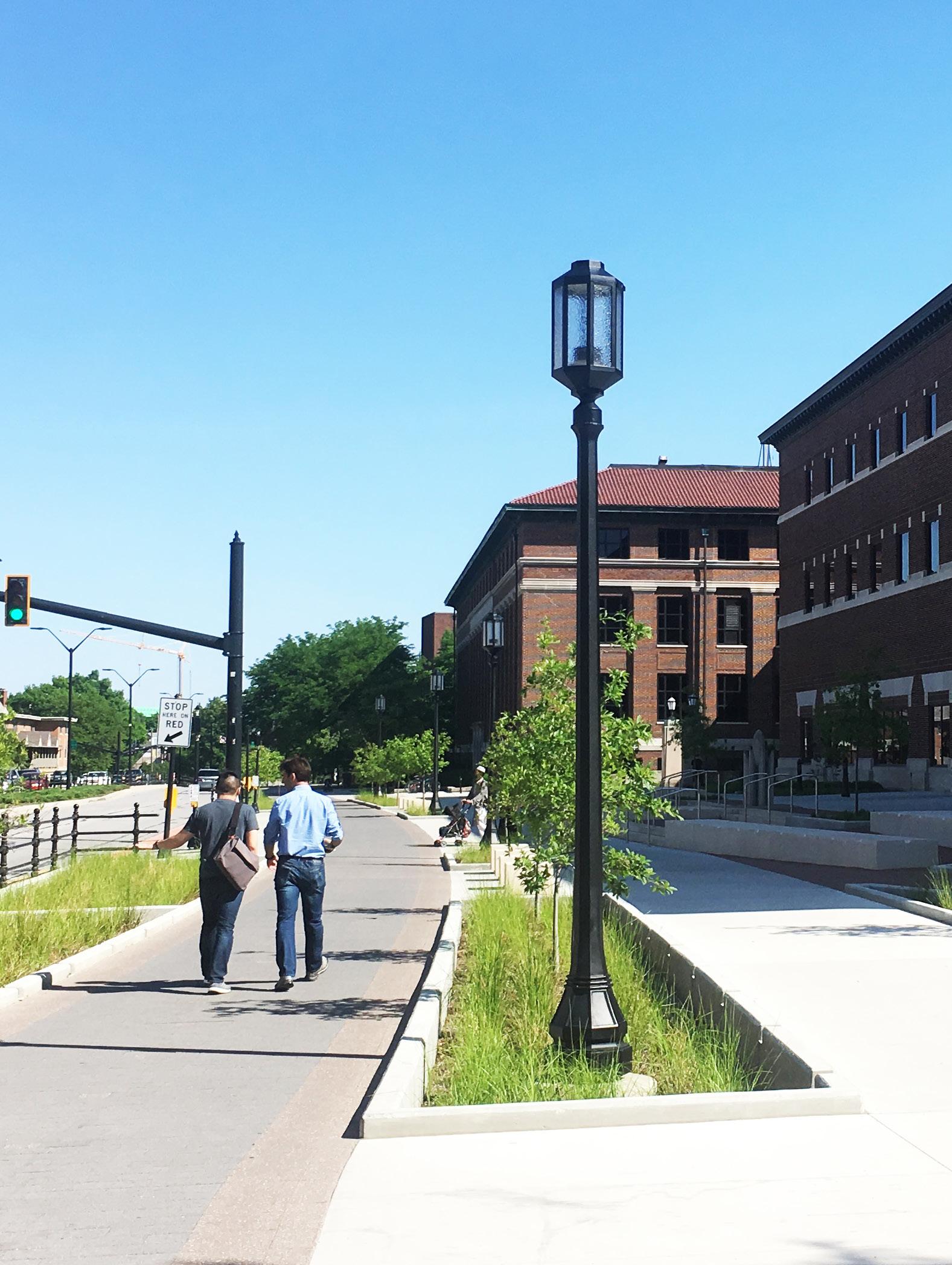
Through Discovery Park, an open laboratory that spans 40 acres of the West Lafayette campus, students across all disciplines can collaborate to reach comprehensive solutions for various global challenges. “Our mission is to accelerate world-changing interdisciplinary research, advance transformative education, and enhance the commercialization activities of faculty, students, and staff,” says Tomás Díaz de la Rubia, Purdue’s chief scientific officer and senior vice president of strategic initiatives, in a message on Discovery Park’s website.
Discovery Park is home to multiple centers and institutes within its umbrella, one being the Purdue Climate Change Research center. This collective hub researches the climates of the past, present, and future, and how humans and nature are responding to the changes, as well as what potential solutions exist to correct the damage that’s been done.
While Purdue University is mainly regarded for its renowned engineering and farming program and being one of the Big Ten schools, and it’s quickly working toward even greater recognition for its sustainability efforts across the entire campus. “Boiler up,” the website reads, “and bleed #BlackGoldGreen!”
www.mkskstudios.com
The average grocery shopper may not pay much attention to the roof. Their eyes tend to be fixed on the shelves in search of the right brand of cereal, or maybe on a produce stand for the shiniest honeycrisp apple.
Whole Foods Market, however, would like the customers to take a look up. Though not always visible to the untrained eye, the roofs of the stores are often impressive places. Many have solar arrays, others capture rainwater, and one in Brooklyn even has a 20,000-square-foot commercial greenhouse up top.
Since Whole Foods Market opened the doors of its original Austin, Texas, location in 1980, caring for the environment has been a key part of its core purpose and values. But while the roofs serve many sustainable functions, Tristam Coffin, the director of sustainability and facilities in the company’s regional office in
Emeryville, California, says that these are just a small piece of the organic pie.

“Refrigeration is the industry’s biggest opportunity for reducing our impact on climate,” Coffin says. “Typical refrigerant gases can be 2,000 to 4,000 more potent than carbon dioxide, which if improperly managed equals a significant footprint.”
Other indirect greenhouse gas generators in the grocery industry include refrigerated display cases that lack doors and curtains. The company continues to address that in new builds and retrofits such that today about 60 percent of dairy, packaged meats, grab-and-go meals, cold beverages, and cut vegetables are now behind glass doors. This not only helps with energy efficiency but also supports maintaining product quality and reducing waste.
Whole Foods’ rooftop farm includes advanced irrigation systems that use up to 20 times less water than convential farming.

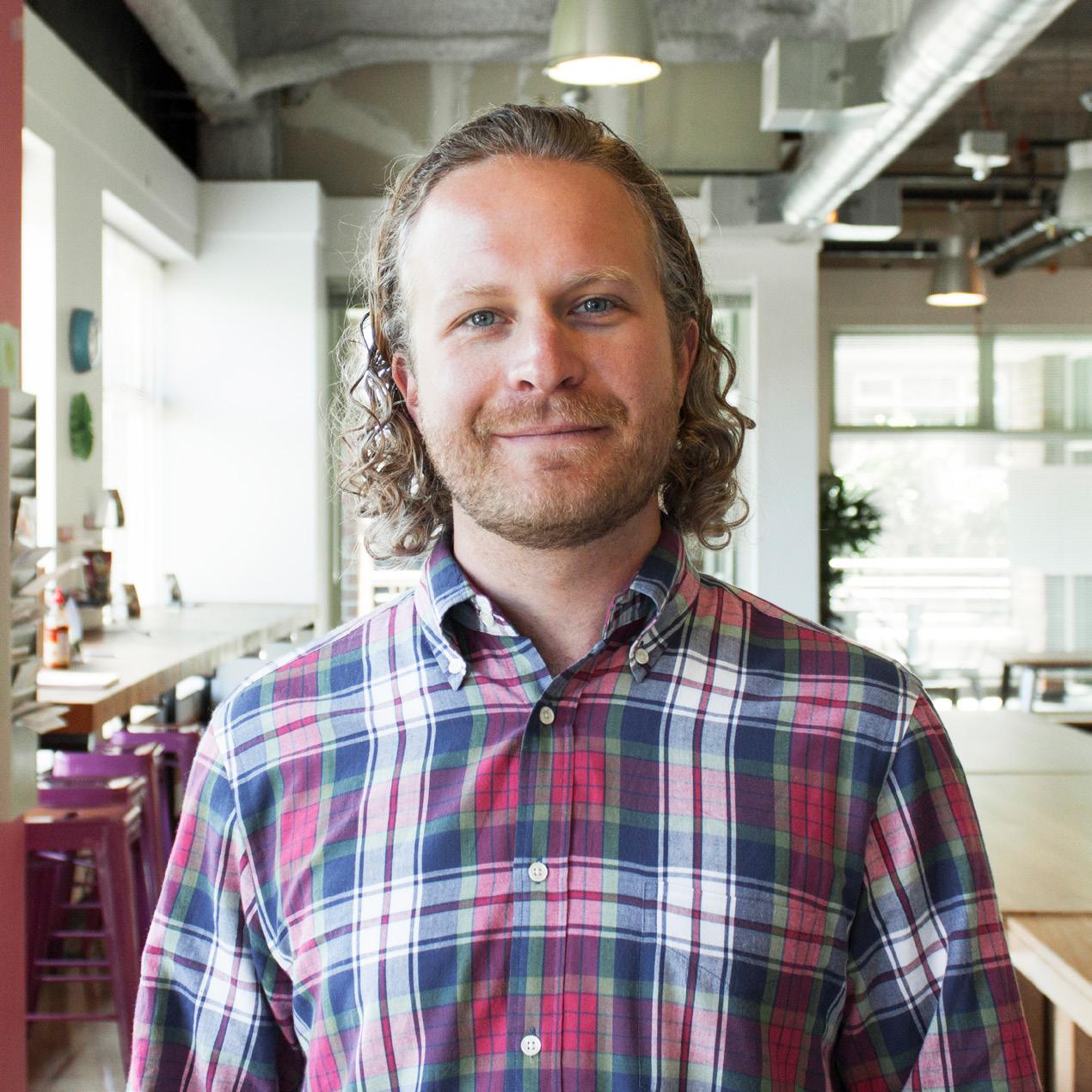
Coffin says energy efficiency, refrigerant gas management, and waste reduction—in products as well as building construction—are primary strategies that Whole Foods maintains to be environmentally responsible. Water management is another. Together, attention to these factors illustrates how the design, construction, and management of a multinational chain of grocery stores cannot be done in a cookiecutter fashion. Local climatic differences vary from Berkeley to Brooklyn, Birmingham to Brookline, and accordingly an efficient refrigeration and HVAC design may look one way in a hot and humid region, while completely different in a more temperate climate. Paying close attention to these often-overlooked details has significant environmental and economic impacts, Coffin observes.
Of course, being in California raises the bar for Coffin and his employer. All commercial construction in the state is subject to Title 24, the most stringent set of building codes designed to reduce energy consumption in the country.
“California is really pushing the envelope, and for all the right reasons,” Coffin says. “But for companies like ours that are well into the sustainability space we try to stay ahead of the code.” Rather than regard its requirements for thermal envelopes and lighting efficiency as matters of compliance, Coffin says they work with the state regulators in providing feedback on how to do it. The company aims its store designs for certifications established in the LEED, WELL, and Living Building Institute programs, while operationally 45 Whole Foods Market stores in Coffin’s territory received a Grocery Stewardship Certification from Manomet, a nonprofit environmental organization, in 2018.
Coffin shed light on what is possible in planning the Gowanus, Brooklyn, New York, Whole Foods store, which redefined what a grocery building can be. That store’s rooftop hosts Gotham Greens, the country’s first commercial-scale, rooftop hydroponic greenhouse integrated into a supermarket. It’s powered by a solar system and uses one-tenth the amount of water required for traditional agriculture. Courtesy of
“California is really pushing the envelope for all the right reasons, but for companies like ours, we try to stay ahead of the code.”Whole Foods Market
The 324kW solar canopy array provides clean power while also catching rainwater for irrigation and toilet flushing.
“We can’t do a greenhouse on every roof,” Coffin cautions. “But we look at every roof in every location for solar and rainwater collection potential. Still, it has to have space for HVAC systems.” In other words, design cannot be universal, yet sustainability and resiliency should always be part of the equation; much of it boils down to the physical configurations of the structure and land.
Coffin and the team don’t always get raw, unbuilt sites to plan their work either. The majority of his time is spent on existing stores, doing what they can and what is feasible to achieve energy and water efficiencies, waste reduction, and implementing tight maintenance practices to eliminate refrigerant gas leaks. In partnership with a number of environmental and technology organizations (Prospect Silicon Valley, SF Environment, Arup, and Lawrence Berkeley National Laboratory), a store retrofit in San Francisco known as “MarketZero” is being modified to achieve zero-net energy use status.

In 2016, Whole Foods Market had the desire to transform an existing San Francisco store to a Net Zero Energy Store. CoolSys was asked to participate in the initial strategy and planning sessions, followed by providing turnkey project management and installation services. The project goal was to provide significant energy savings (40 percent) and sustainability improvements. Measures included glass door retrofits, refrigerant conversion, controls upgrades, high efficiency HVAC, LED lighting, and commissioning. CoolSys is honored to have participated in this trailblazing venture and is hopeful that this project will stimulate similar upgrade activities within the grocery retail industry.
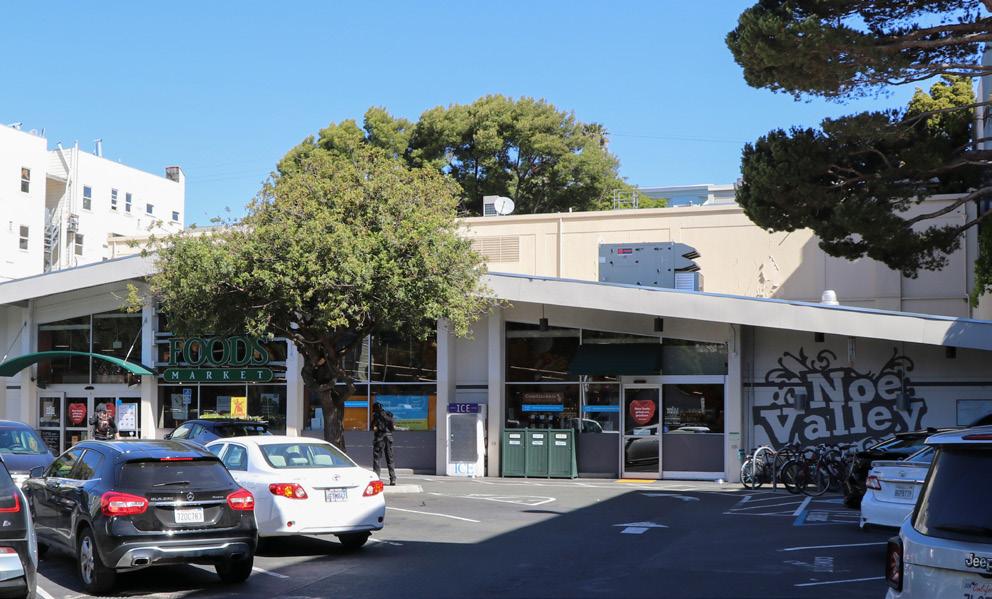
As the company devises solutions in collaboration with external partners, it begs the question: doesn’t that make Whole Foods vulnerable to revealing their tactics to competitors?
“There are no competitors when it comes to sustainability,” Coffin affirms. “We want everyone to hit zero impact wherever possible.”
Across all US stores, Whole Foods produces 10 megawatts annually of solar energy, making good use of those roofs and even some PV-equipped canopies over parking lots. It’s a smart marketing message to their healthy foods shoppers who have a high propensity to buy local, organic, and sustainably grown foods.
“How we build should match what we sell,” Coffin says. Next time you find yourself in a Whole Foods, be sure to not just shop the responsibly sourced products: look up and look around.
SEER2 has enjoyed Tristam’s partnership in developing and implementing numerous notable projects at Whole Foods Market that utilized the alternative systems and/or refrigerants to create holistic and sustainable refrigeration/HVAC solutions. His passion and vision is contagious and has helped drive a mature refrigeration industry toward more climate friendly and high-performance solutions!
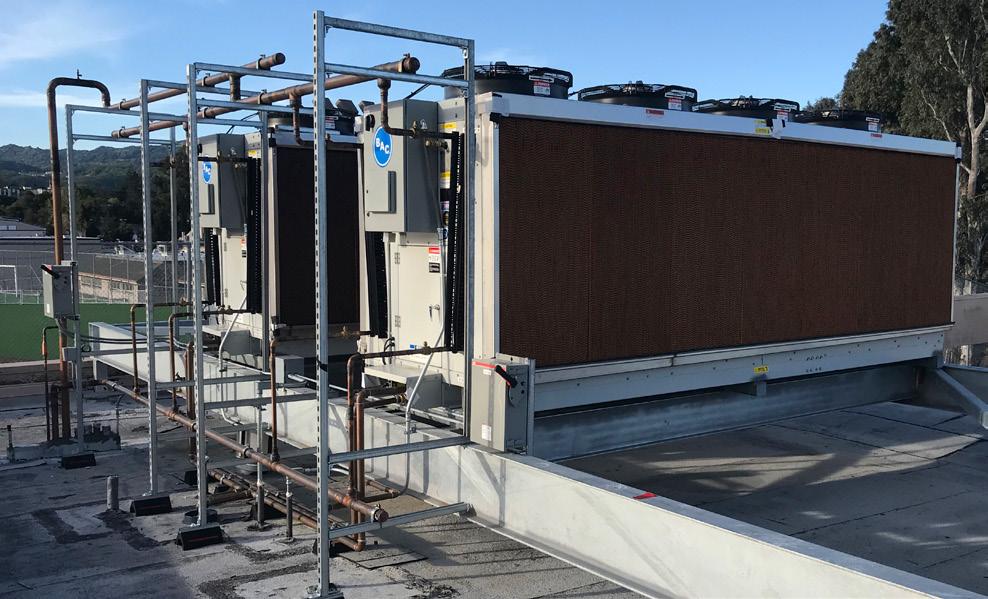
Why not go for it all, concurrently? Minimizing the impact on the core retail business, e2s’ in-house team was able to develop and execute simultaneous projects. It closed 50 percent of refrigeration cases with doors and designed and installed complementing efficient racks and condenser system replacements, all while performing a 100 percent storewide LED lighting and control redesign that satisfied new CA Title 24. Quality and efficiency delivered gracefully—that is e2s.
“There are no competitors when it comes to sustainability. We want everyone to hit zero impact wherever possible.”









Speedway Motorsports’ Stephen Swift raises the entertainment value for auto racing fans
by Peter Fabris
“We get just one or two chances a year at each facility to see that fans get their money’s worth,” says Stephen Swift, vice president of operations and development, Speedway Motorsports Inc. “If we don’t get it right during that time, we have to wait another year to try again.”
Speedway Motorsports owns and operates eight tracks in eight states from New Hampshire to California. Swift’s job is to ensure that fans and race drivers have great experiences at these facilities, and that employees and vendors have what they need to provide them. “Steve was instrumental in helping raise the bar in sanitation by bringing in higher scale equipment to the track,” says Adam Black, general manager of Porta Kleen. “It’s Steve’s drive for continuous improvement that makes him a great partner to work with.”
Swift’s mission is similar to that of other entertainment and hospitality organizations, but with weekly racing from February through November, construction schedules and decision-making sometimes seem as fast-paced as the elite machines roaring around NASCAR’s tracks. Swift oversees it all, including making sure operations from parking to security to
concessions and the races themselves go smoothly.
In 2018, North Carolina’s Charlotte Motor Speedway track ran its first “Roval” (a term that combines “road race” with “oval” track) race on a 17-turn, 2.28-mile course. The race uses part of the infield for a section of tight turns and parts of the traditional oval track where drivers can speed up in straight sections. The course combines the technical driving challenges of Formula 1 road racing with the higher speeds of NASCAR. The concept is a response to fans’ desire for more road racing events, Swift says.
Extensive preparation preceded construction of the course, with Swift receiving initial guidance and vision from Speedway Motorsports CEO Marcus Smith. From there, Swift worked with numerous NASCAR drivers, representing all of the sport’s stars, racing course design consultant Tony Harper, and even safety and design experts in the Formula 1 racing world. Drivers gave input on how to make the course competitive and safe. Swift also considered how to produce a great experience for fans—ensuring that sight lines and electronic screens were optimal for the 100,000-plus spectators in attendance. “During the build and all the way
NASCAR is a staple of American culture, attracting legions of fans to the tracks for its speeding cars, thrilling turns, and celebrity drivers. While the participants and audience members alike may be soaked in suspense, that feeling runs rampant behind-the-scenes, as well.
One of many racing facilities constructed by Choate Construction for Speedway Motorsports Inc. (SMI) is the award-winning zMAX Dragway. The country’s first and only four-lane, all-concrete drag way was a major addition to Charlotte Motor Speedway’s legendary complex located in Concord, North Carolina. zMAX features also include a five-story, 34,000 squarefoot scoring tower with luxury suites, press boxes, grandstands, and spectator’s amenity facilities for national NHRA qualifier and championship events. Choate Construction took this project from conceptual design and completed all work in less than seven months, three weeks ahead of schedule and in time for an already scheduled NHRA event.


“There’s a right way, a wrong way, and a Speedway.”
to the checkered flag, we had great guidance from the initial vision of Marcus,” says Swift. “The Smith family always keeps the fans first and with the Roval—that was the driving force.”
Great care went into grading the course and devising a construction plan. The Roval takes about two weeks to set up, Swift says. The key is to restripe the original oval to mark the Roval course and set up all the temporary rumble strips and safety structures required for the course. The rumble strips have to be removable and at the same time not destroy the integrity of the asphalt for oval events. They used a temporary paint that is pressure-washed off after the event and coordinated with driver Alex Wurz to refine the design and placement. The process itself was unique: design was completed in Europe, the layout was refined in Charlotte, and the finished product was constructed in a small town in Tennessee.
Much of Swift’s work concerns supporting the fan experience. Since the early 2000s, NASCAR fans’ demographic has gotten younger, and their desires

for amenities have changed, with increased comfort, more upscale concessions, and improved electronic features among them. To meet this demand, Speedway Motorsports has extensively upgraded venues over the past 15 years. To increase fan comfort, improvements include larger seats (20 to 24 inches wide rather than the cramped 16 to 18 inches of the past) as well as more leg room, cup holders, and drink rails in most of its venues.
Fans also want to view replays of key race moments and to have different perspectives on the action. So, enormous TV screens have become a must-have. At the Bristol Motor Speedway in Tennessee, a four-sided giant screen video monitor, each screen measuring 30 feet by 63 feet, was installed in 2016. Supported by roughly 1,400 feet of steel cable, the “Colossus TV” hangs over the infield. When it was installed, it was the largest outdoor-hung display of its kind in the world.
Swift and his team of 11 design and construction professionals keep occupied with new enhancements to the fan experience. At the Sonoma Raceway in


Harris Associates is proud to have partnered with Speedway Motorsports Inc. on the suite/loge box projects at Las Vegas Motor Speedway and the Terrace Box project at Texas Motor Speedway. We are grateful for the opportunity to work with Steve Swift as he coordinates SMI’s design and construction efforts that continue to lead the way in the ever-changing world of the race enthusiast. Steve’s leadership, abilities, and creative nature combined with Harris Associates’ successful history of completing highly detailed, complicated, and fast-paced projects for the resort/hospitality industry have allowed Harris to assemble an experienced team that is capable of any challenge. Harris is excited to see what Steve and SMI dream up next and look forward to our continuing relationship.
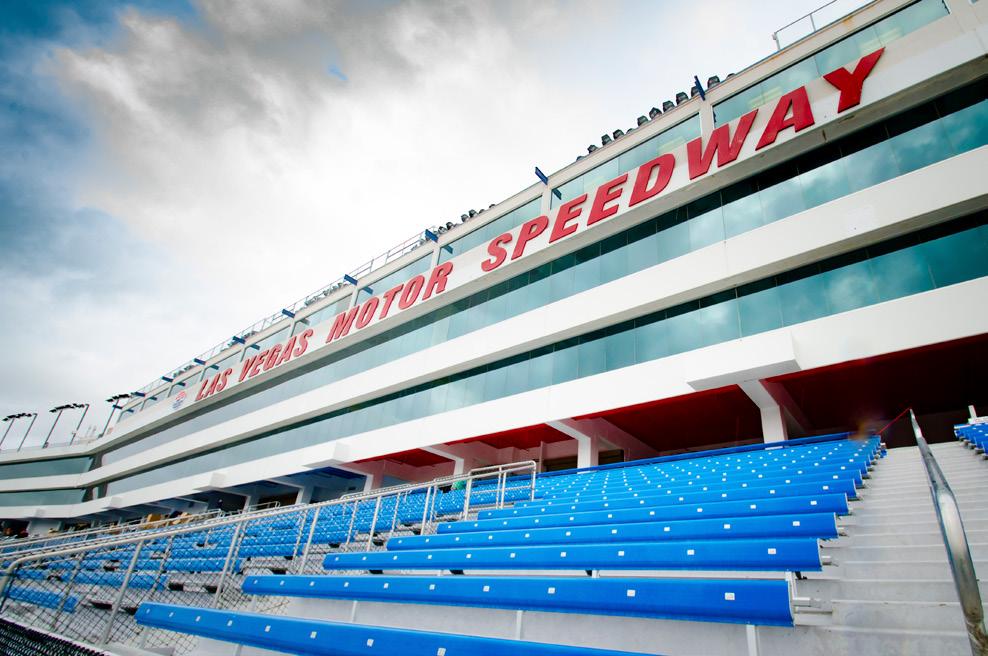




“The Smith family always keeps the fans first.”
Since 2011, Porta Kleen has been a proud partner of Kentucky Speedway, delivering consistent, professional portable sanitation services. During race weekend, Porta Kleen provides full-service sanitation for fans, sponsors, and race teams. Events commonly consist of more than 600 portable restroom units, dozens of hand-wash stations, large shower trailers for campers both in the infield and outside the track, and luxury restroom trailers in VIP and sponsor areas. Porta Kleen also provides pumping and water-fill services for RV campers. More info: portakleen.com.
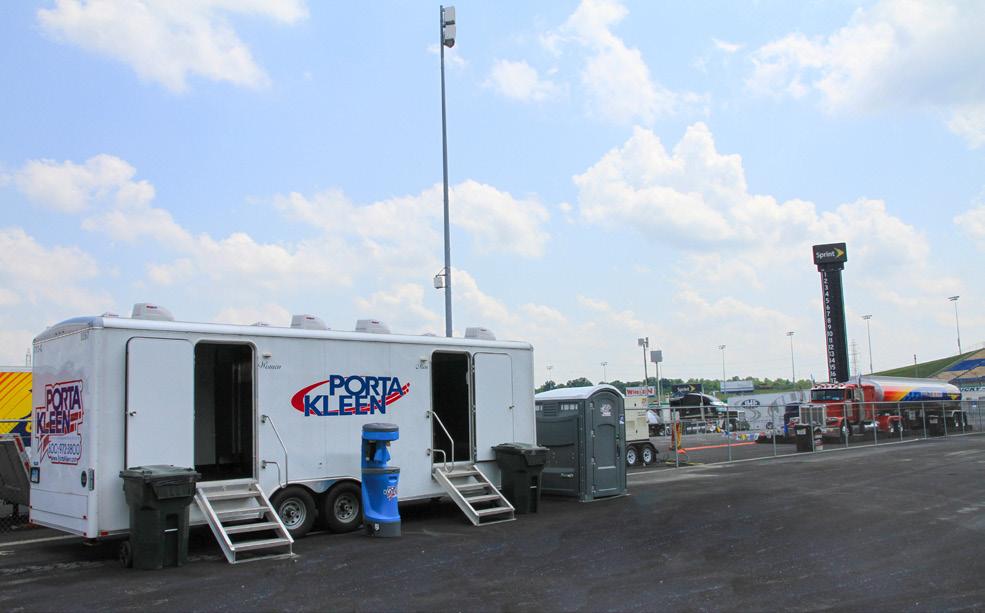
California, for example, the team is in the permitting process for an $8-10 million conference/hospitality center. The 26,000-square-foot structure will be constructed of native redwood beams and stone, yielding a regional, natural aesthetic. “It will have a modern look with a flat roof, redwood, stone, and black iron structure,” Swift says. Overlooking turn 11 of the roadrace inspired course, the building will be available for rental for numerous events.
Since 1946, Southern Bleacher has set the standard for high school bleachers, college stadiums, fairgrounds, speedways, and more. Fans in every US state and Canada cheer from Southern Bleacher grandstands. With more than three million seats to our name in the past five years alone, no one comes close to our experience. Financially sound with no influence from investors, our customers rest easy knowing we’ll be here for decades to come. We just recently completed a beautiful project in Gresham, Oregon, for Gresham Barlow School District. Its new stadium will provide 1,485 seats for cheering fans!
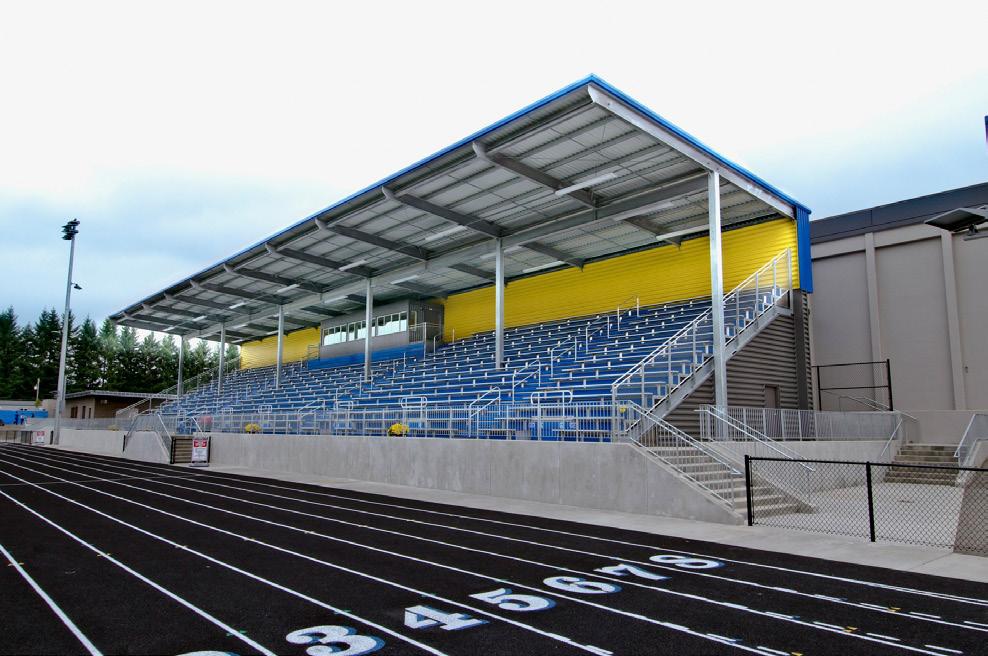
Another major project in the works at Texas Motor Speedway in Fort Worth will extensively revamp the front stretch of the track. The concourse and the upper deck will be modernized, adding more space for food and beverage vendors and fan socialization.
In fact, the social aspect has always been part of the race experience, but in recent years it has grown in focus for the Speedway Motorsports team. This has led to more choices of food and beverage with local fare (barbecue in Texas, wine and cheese in Sonoma) to go along with traditional hot dogs and hamburgers. In addition, food trucks with a wide variety of culinary offerings are welcomed in for events.





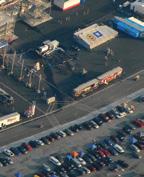






Swift and his team constantly consider new projects to bolster social and entertainment options. For example, the thousands of fans that camp out in the infield area may have additional recreational venues— basketball and volleyball courts—in the next few years. “It’s all about making sure people are entertained and having fun,” Swift says.




Given the busy schedule and the weather restrictions on construction in the short winter off-season, Swift and his team have to work quickly and be flexible in their construction approach. That means sometimes embracing unconventional project sequencing to meet deadlines. “There’s a right way, a wrong way, and a Speedway,” Swift says with tongue firmly planted in cheek.
Swift relishes these challenges. “I love working with a team to come up with solutions for very different problems,” he says. No doubt, the “fan first” approach will continue to fuel NASCAR’s growth.